For some time we have been thinking about listing our favourite parks and gardens of Paris. Et voilà: some of Paris‘ most beautiful parks and gardens have been compiled by our team in a top 20 list below. If you have another suggestion, let us know by leaving a comment… we’d love to hear from you!
The most beautiful parks and gardens of Paris
The parks and gardens of Paris contribute to making Paris a beautiful place to visit. The French capital enjoys many green spaces that include royal gardens, Second Empire parks from the Haussmann period (19th century) and newer parks and promenades (20th-21st centuries).
The city’s central parks are decorated with grand trees, flowerbeds and romantic sculptures.
Jardin des Tuileries
- 16th-17th century
- 1st arrondissement
- Métro stations: Concorde, Tuileries, Palais Royal
- free entrance
- website
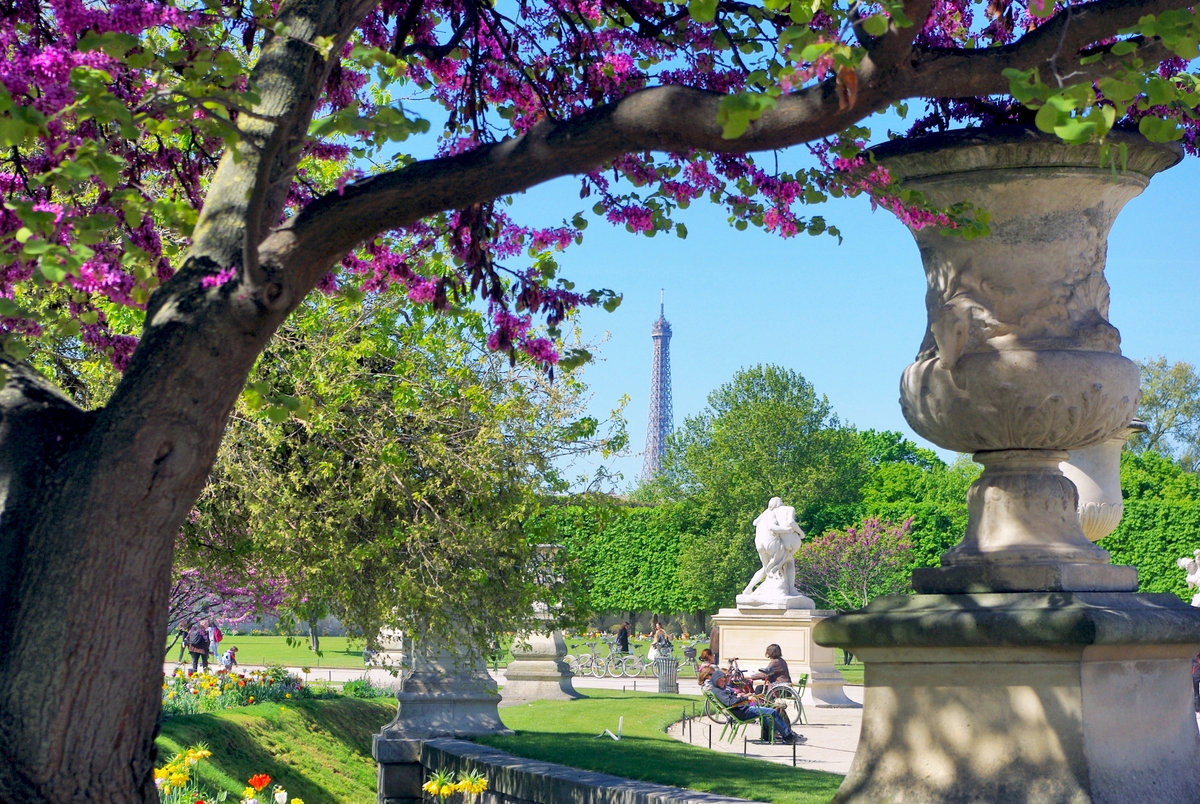
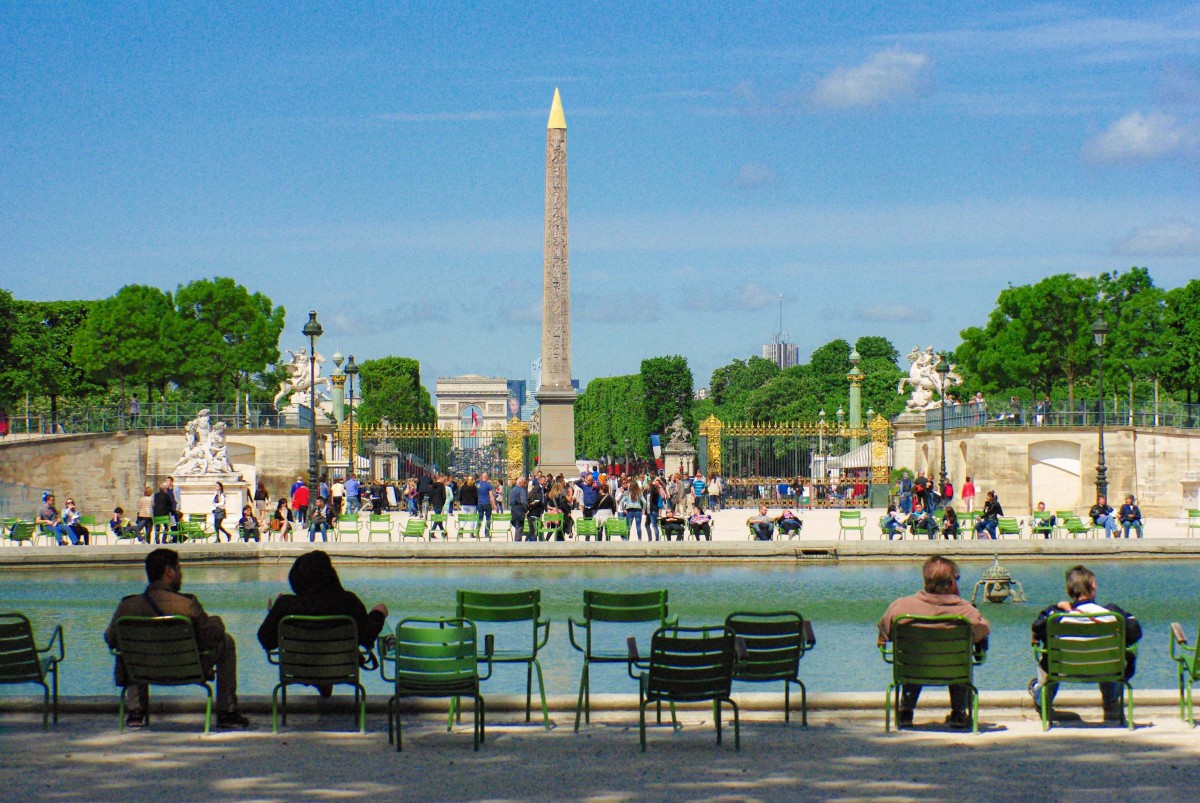
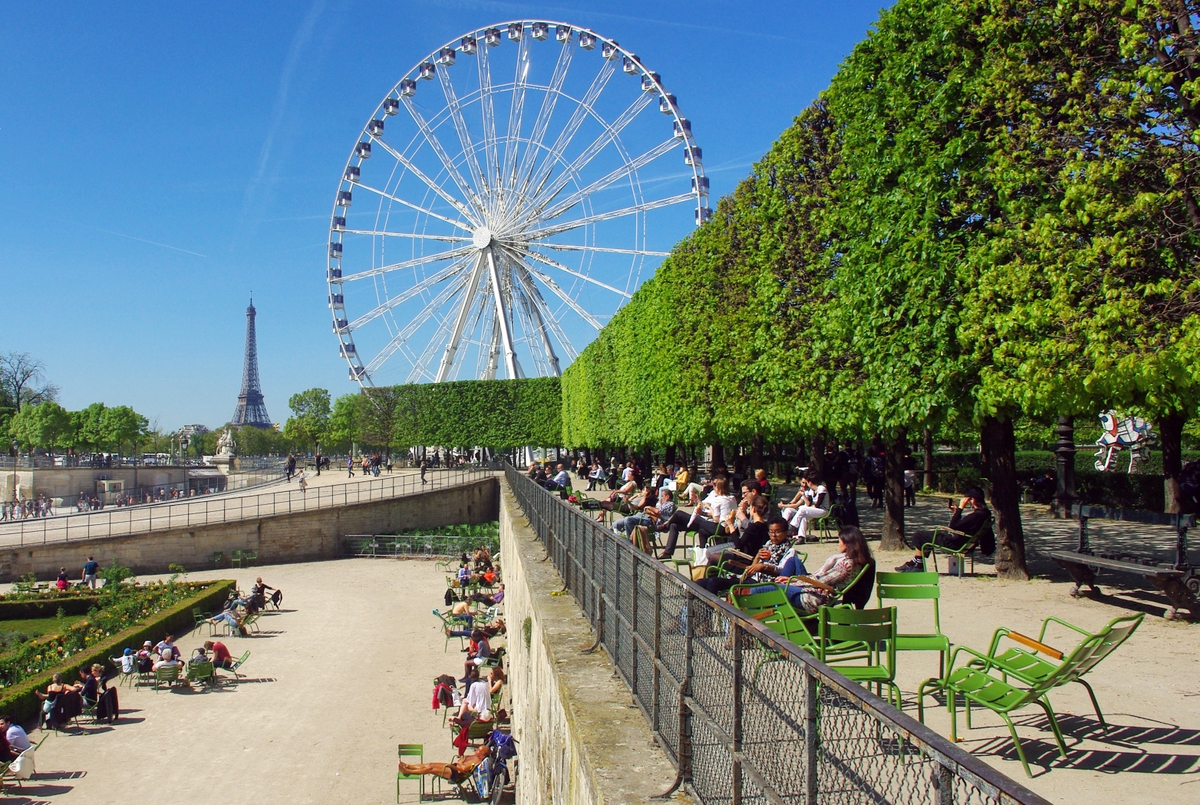
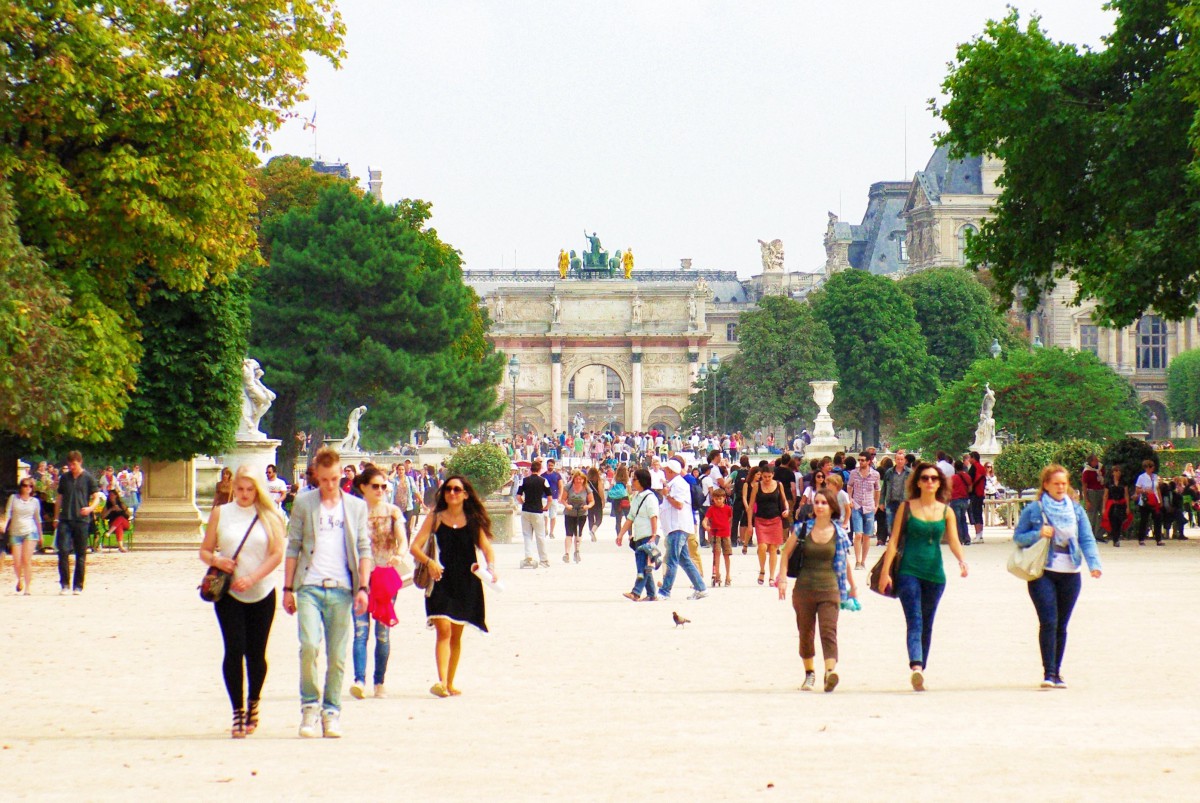
The impeccably formal Garden of the Tuileries is a masterpiece of André Le Nôtre who designed and laid out the garden in 1640. It did so to make a remarkable feature along the Historical Axis that he started to trace.
From the Place du Carrousel, the Tuileries Garden offers an unbroken vista towards the Place de la Concorde, the Arc de Triomphe and the Grande Arche.
It remains the largest and oldest public garden in Paris today.
Within the precinct of the Tuileries garden is the famous Orangerie Museum which displays the waterlilies of Monet. Click here to book your tickets!
Jardin du Carrousel
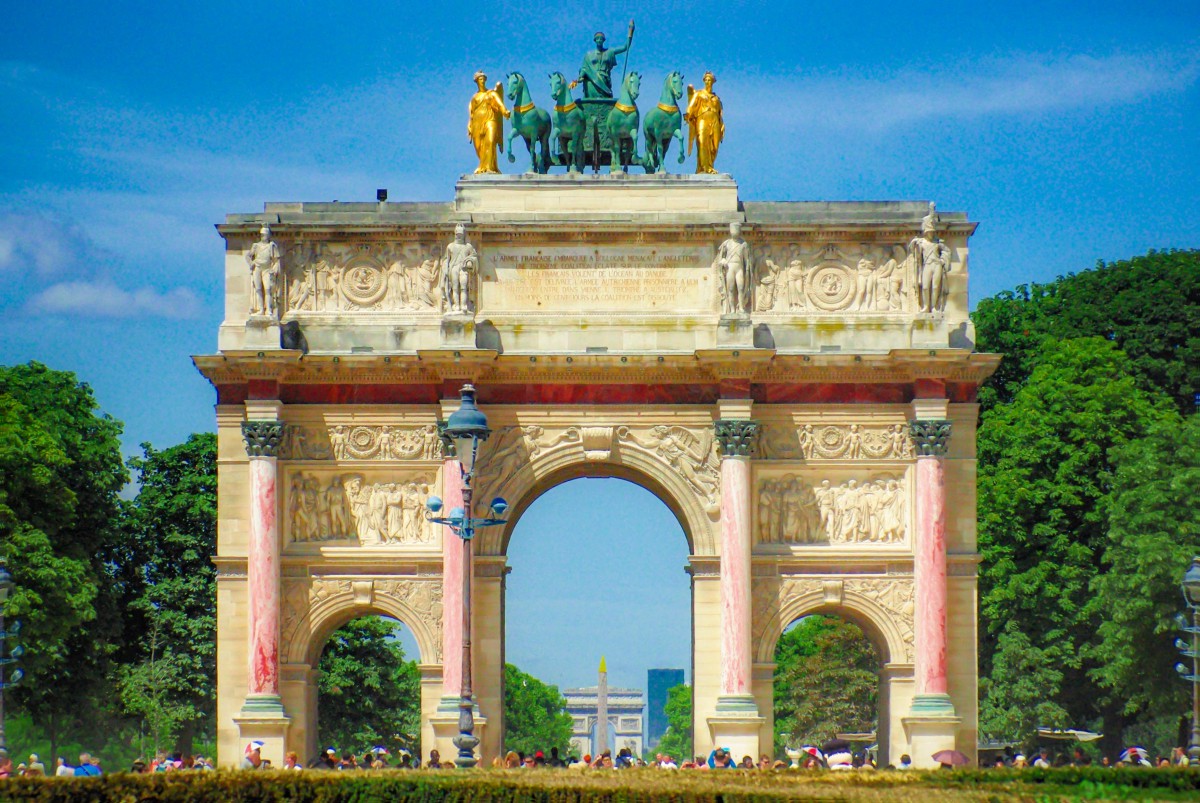
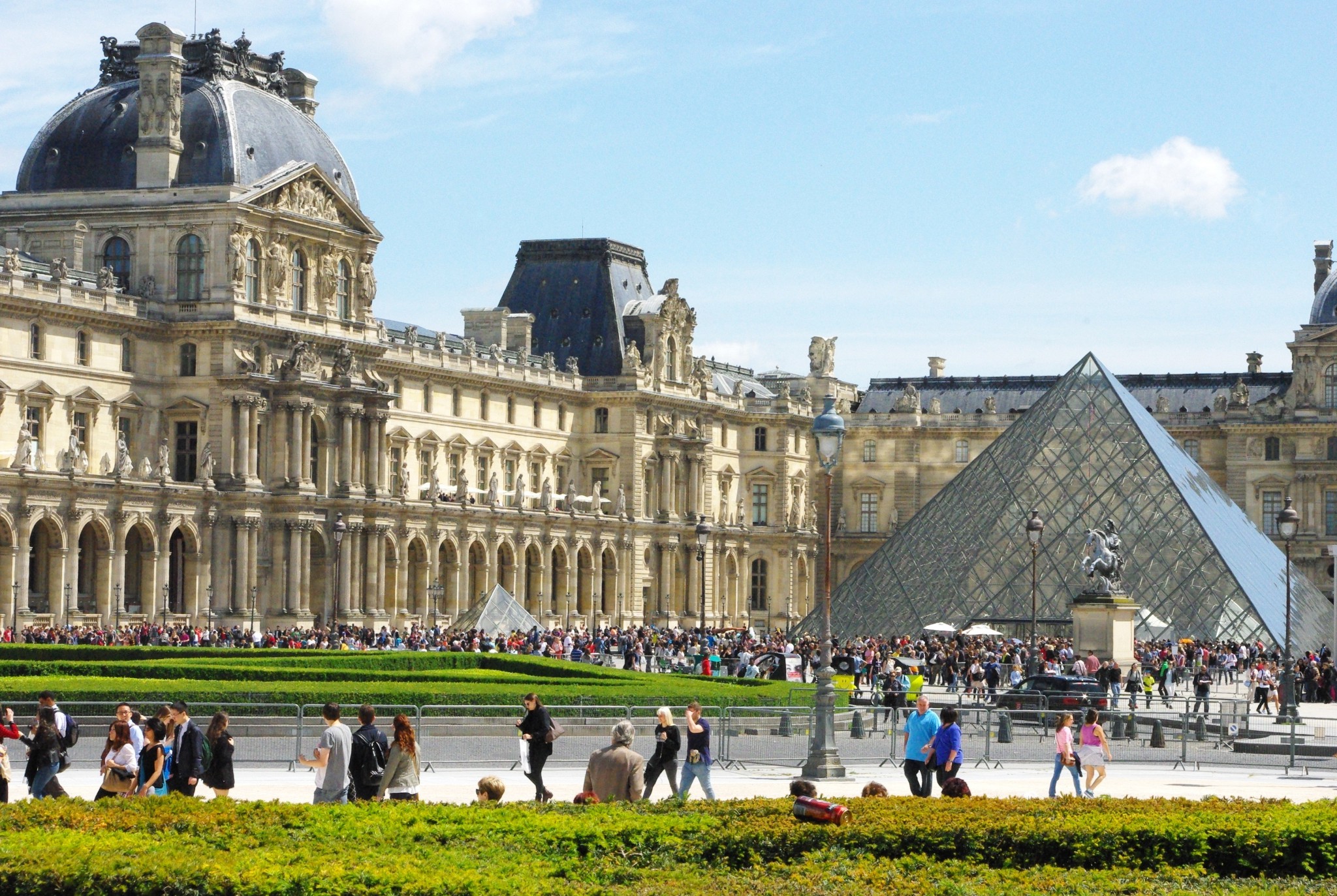
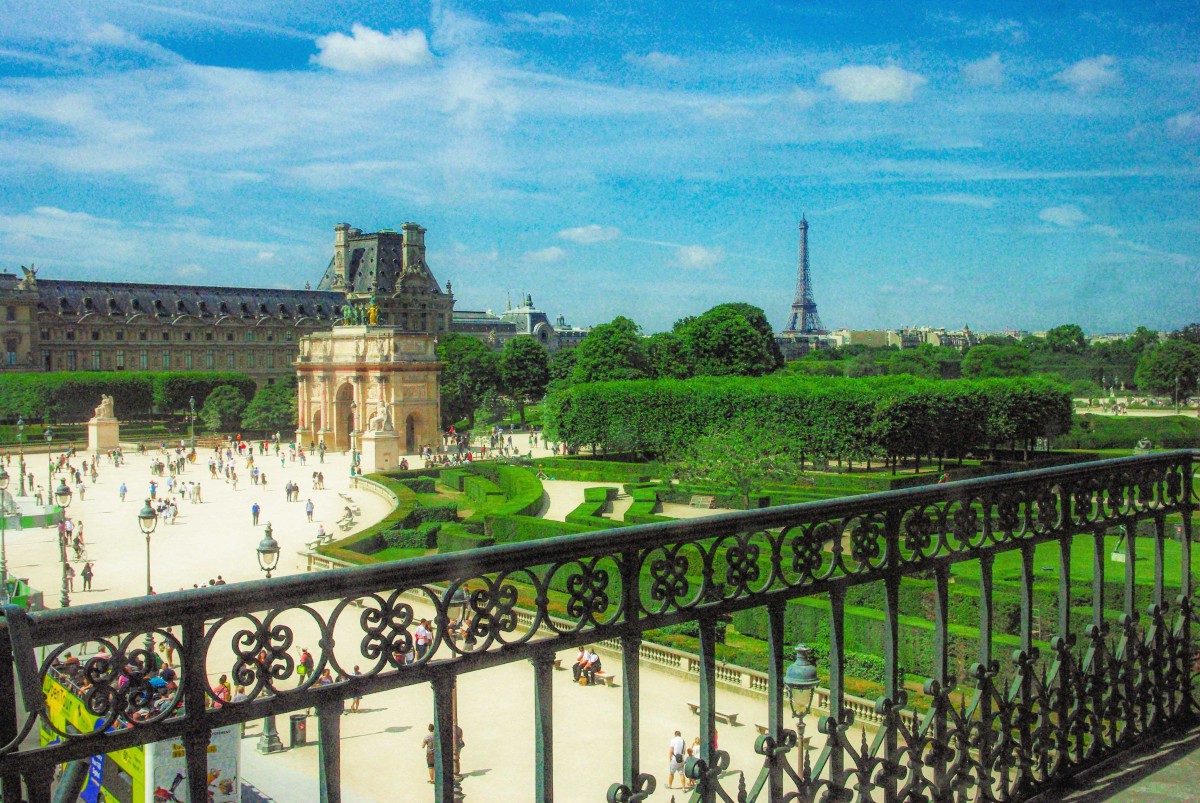
The park is connected to the Jardin du Carrousel in the precinct of the Louvre. The 28-hectare garden was designed at the end of the 19th century on the site of the Tuileries Palace. The Jardin du Carrousel underwent a new period of restoration in 1994.
My favourite part: the great perspective from the Carrousel to the Place de la Concorde and Arc de Triomphe!
Find out more about the Tuileries Garden.
Jardins du Palais Royal
- 17th century
- 1st arrondissement
- Métro station: Palais Royal
- free entrance
- website
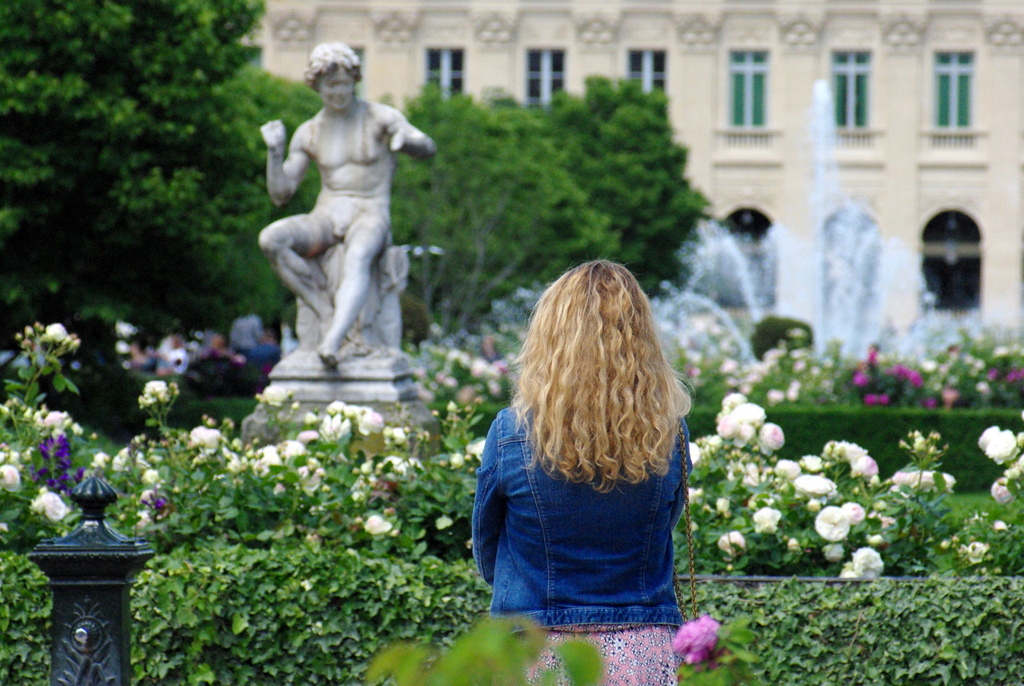
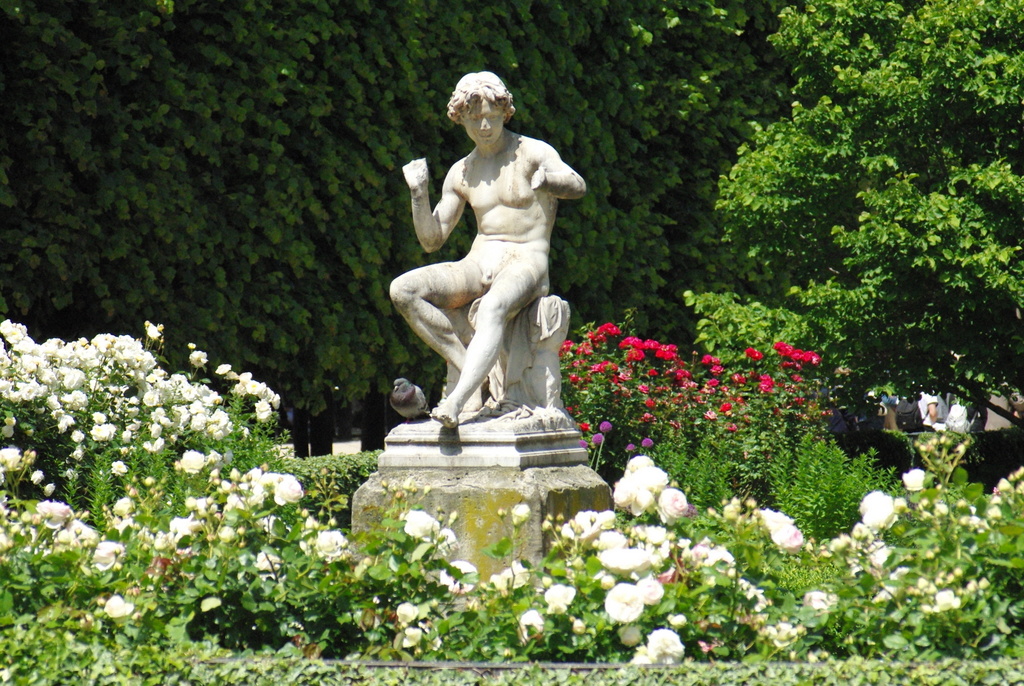
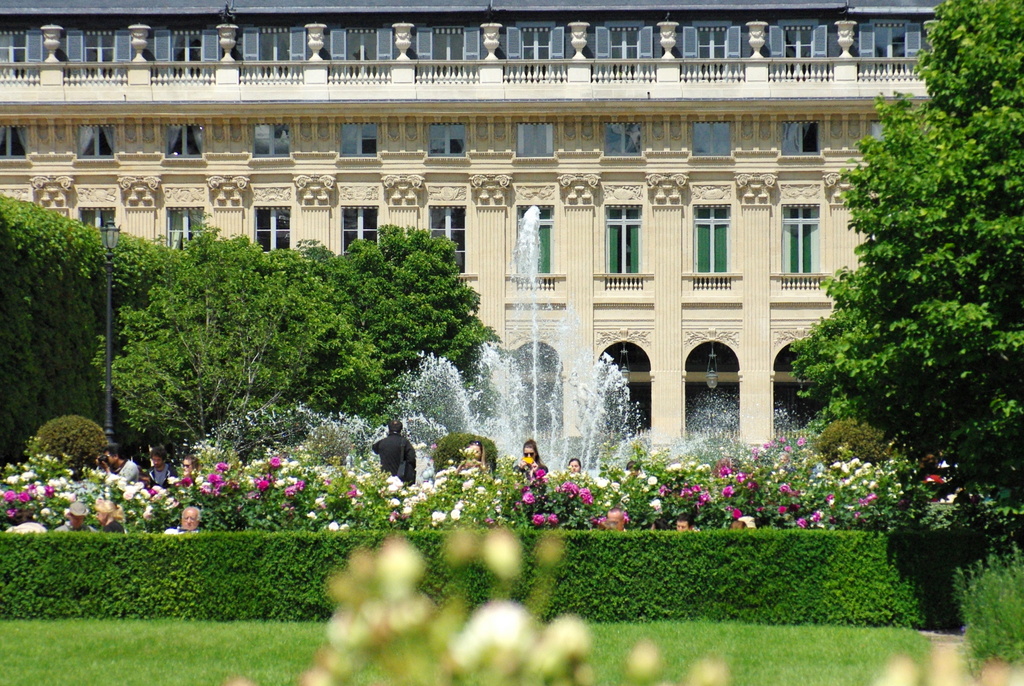
One of the rare gardens in Paris that you won’t see from the street.
For good reasons: the garden is entirely enclosed within the complex of Palais-Royal. The palace flanks the south side of the garden while the three other sides have been bordered by buildings since the beginning of the 1780s.
The garden features a central fountain framed by two double rows of clipped linden trees.
My favourite part: the months of May-June when the roses are in full bloom.
Find out more about the Jardins du Palais Royal.
Jardin du Luxembourg
- 1617
- 6th arrondissement
- Métro stations: Saint-Sulpice, Odéon, Luxembourg (RER)
- free entrance
- website
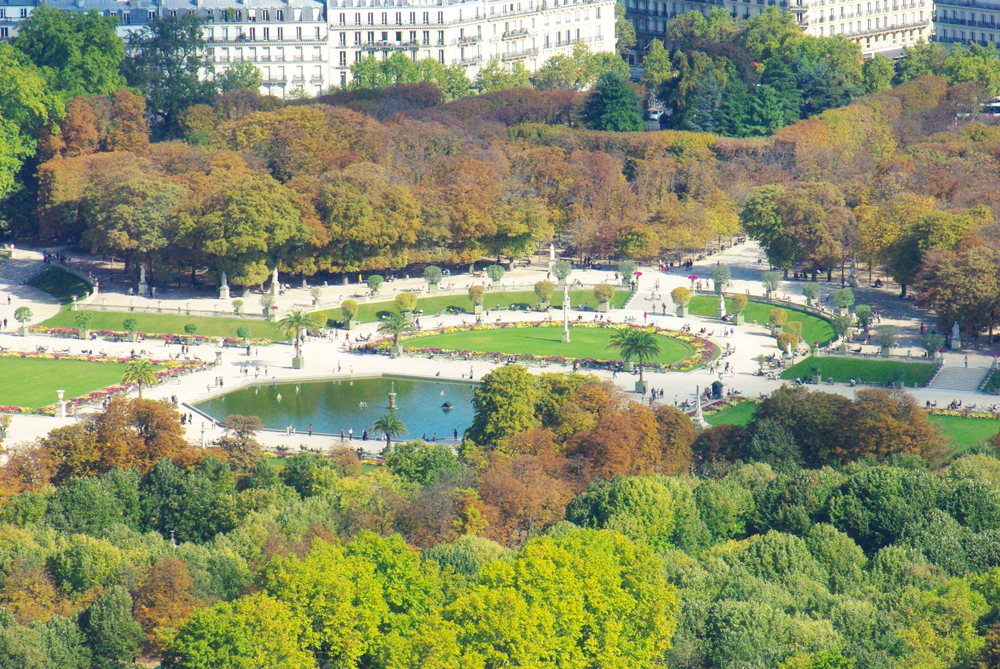
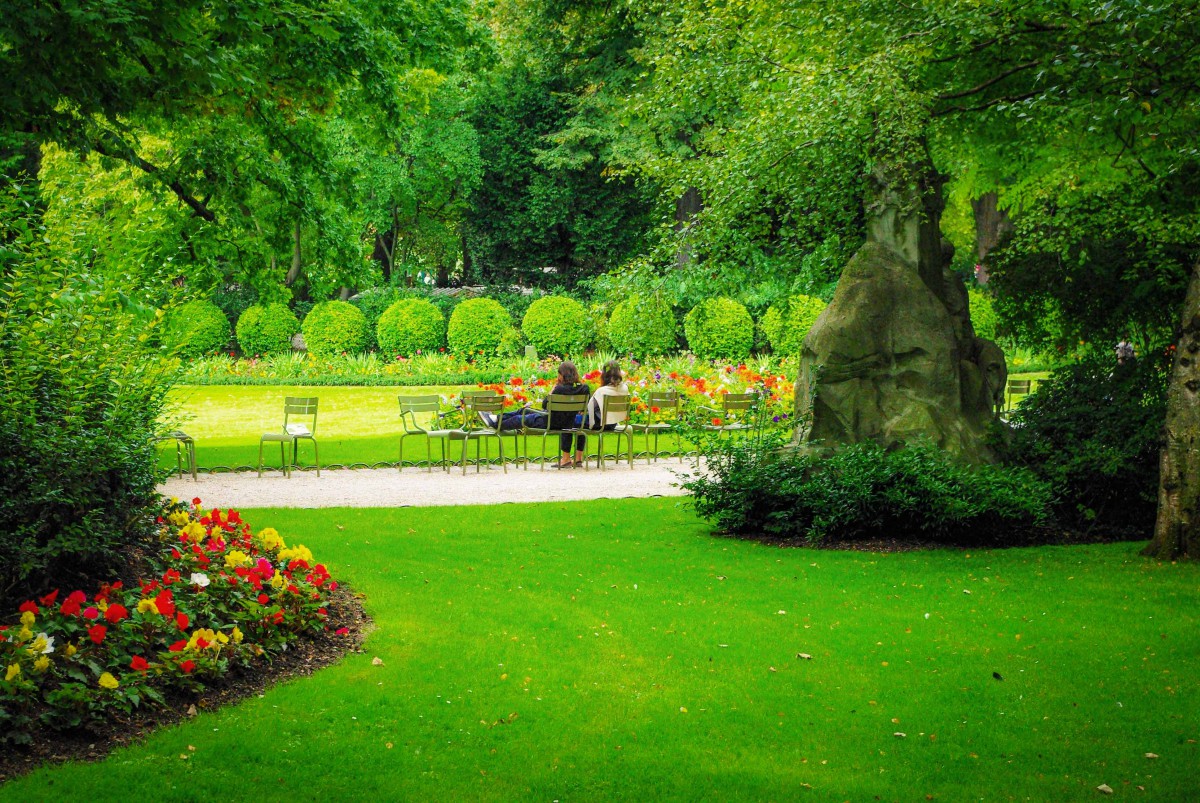
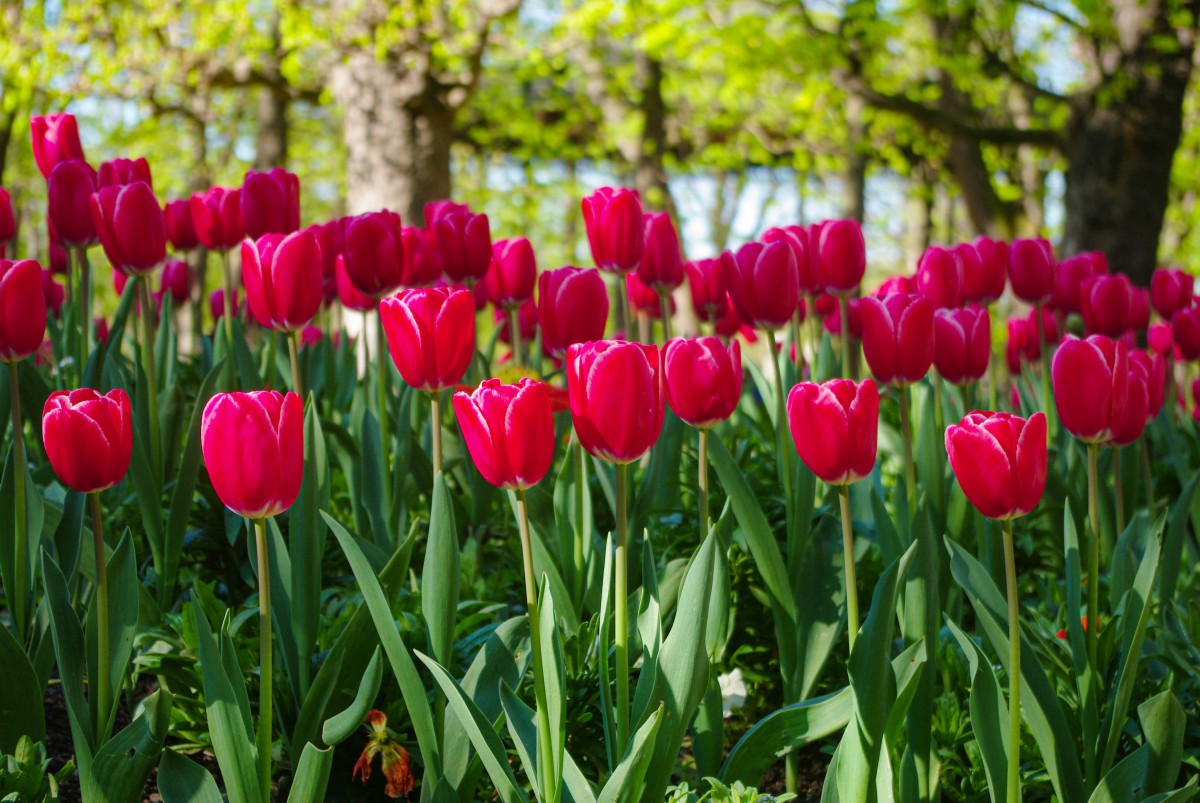
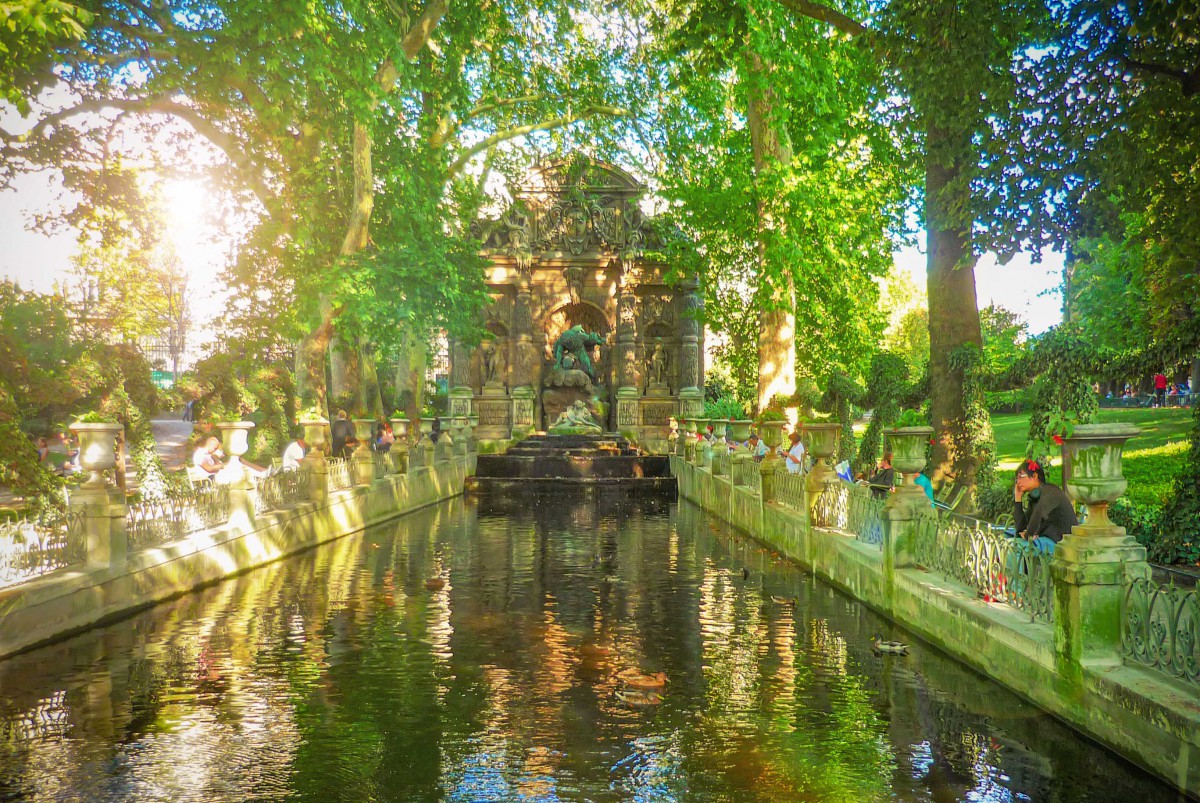
Among the many parks and gardens of Paris, the Luxembourg Garden is certainly one of the favourite green places of Parisians, students and tourists. Fascinated by this oxygen bottle in the centre of the capital, visitors enjoy the greenery punctuated with a multitude of statues, playgrounds and the famous Guignol puppet show.
My favourite part: the Medici’s fountain lit with evening light.
Find out more about the Garden of Luxembourg.
Parc du Champ-de-Mars
- 1780-1908
- 7th arrondissement
- Métro stations: Bir Hakeim, Ecole Militaire, Champ de Mars Tour Eiffel (RER)
- free entrance
- website
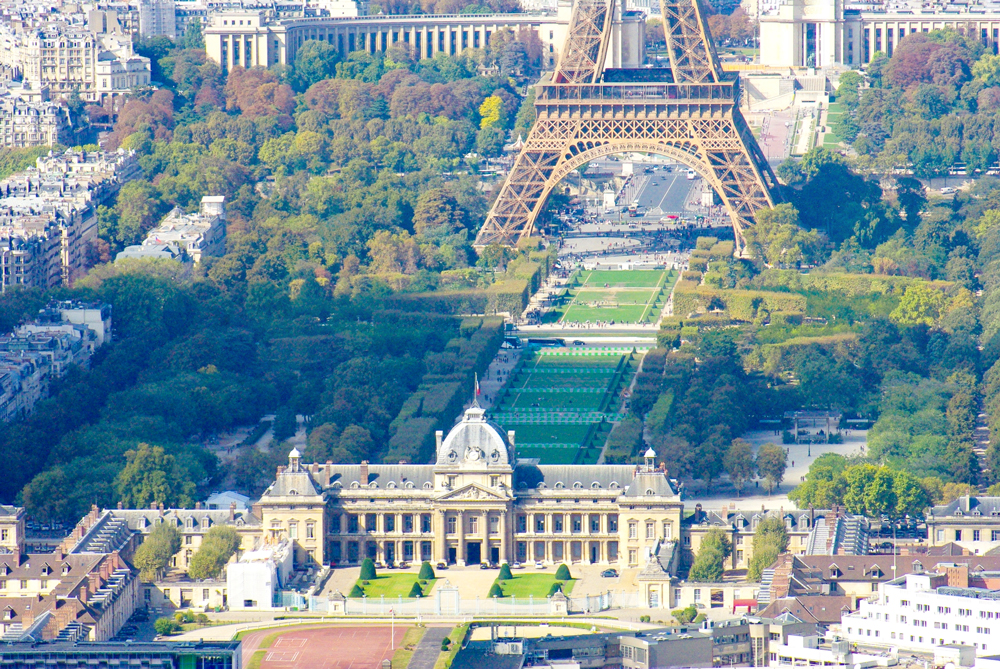
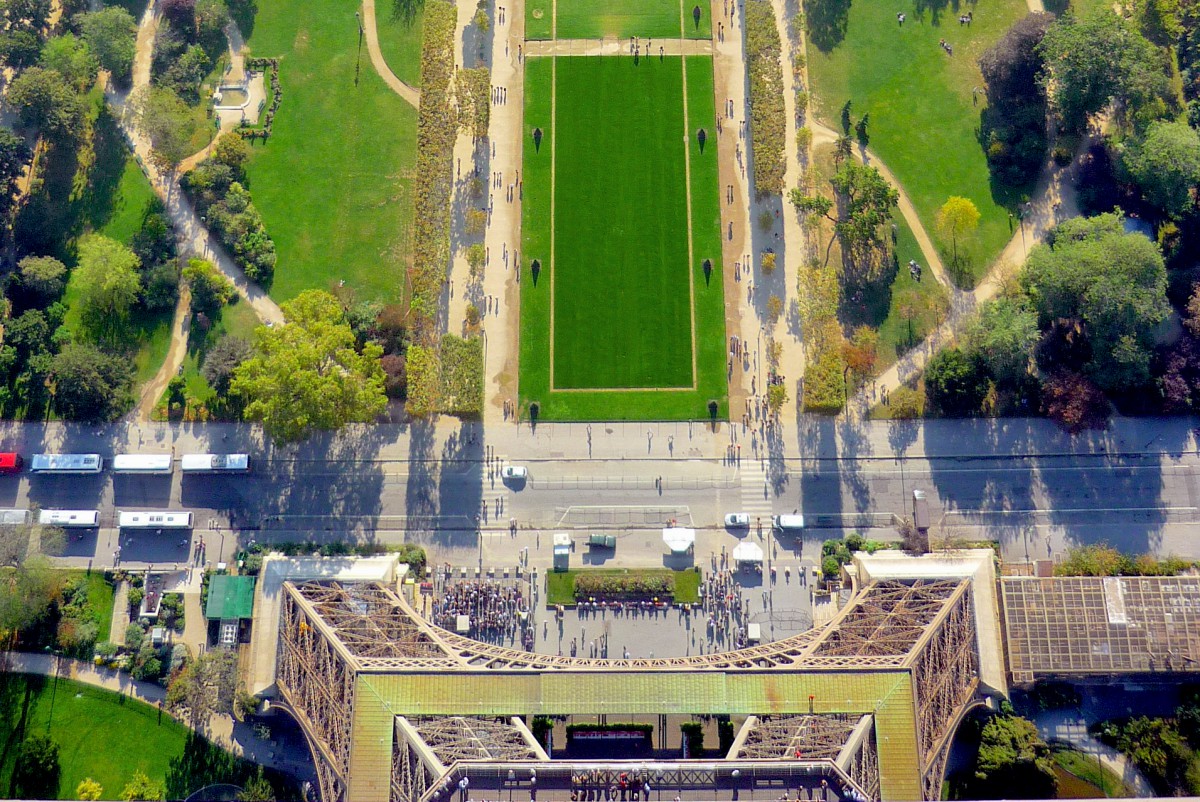
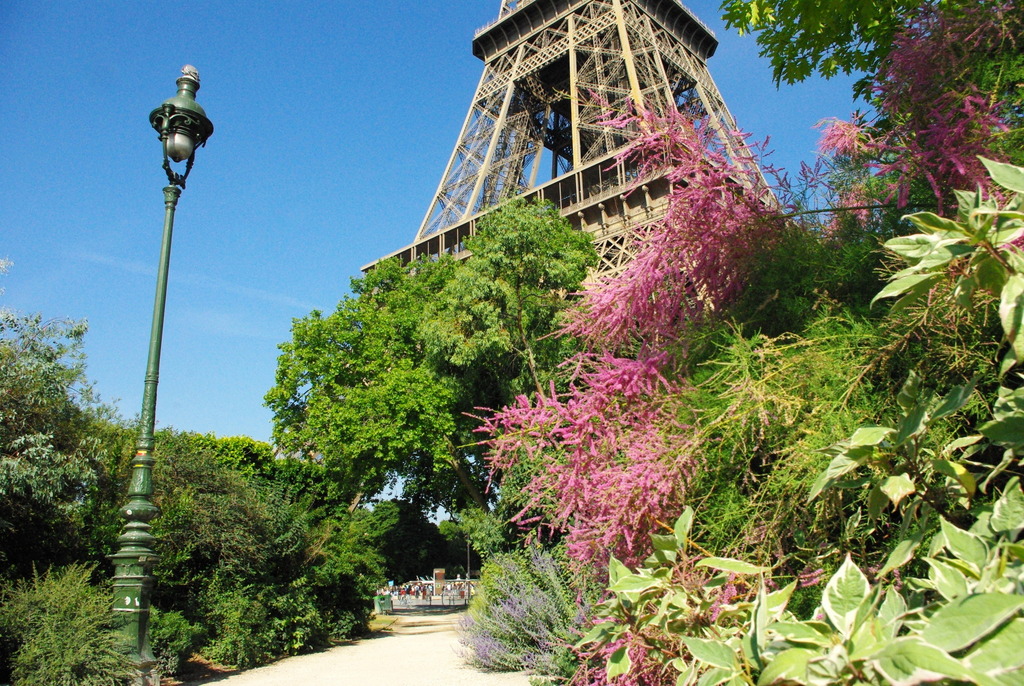
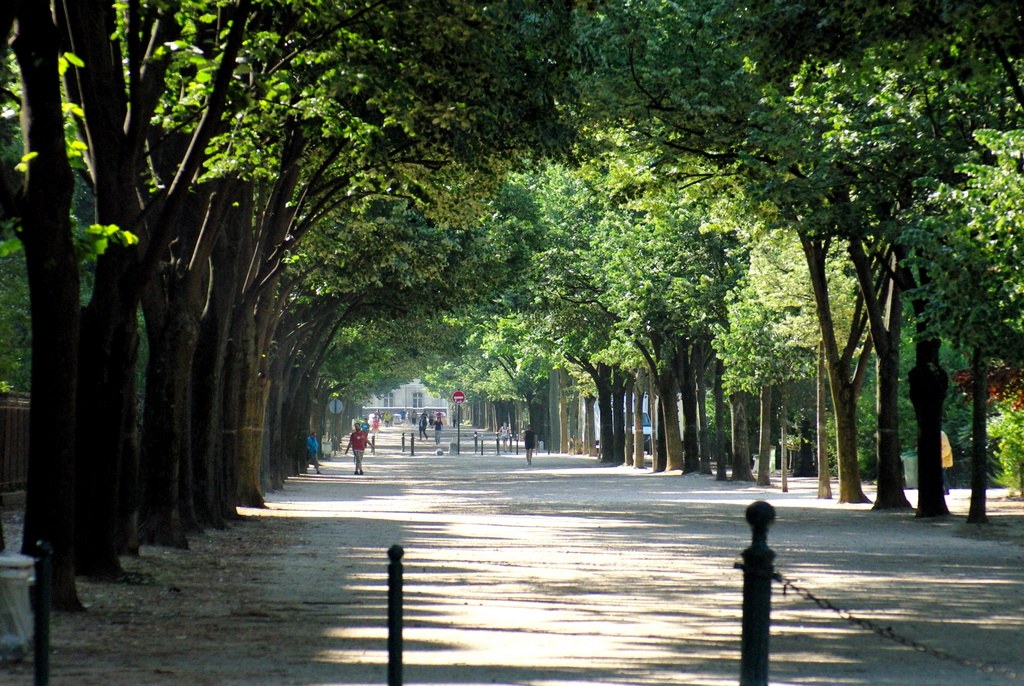
The green esplanade of the Champ de Mars spreads between the classical façade of the École Militaire and the famous Eiffel Tower. The park is named after the Roman god of war: Campus Martius (Field of Mars).
The vast esplanade welcomed the World Exhibitions of 1867, 1878, 1889, 1900, and 1937. Anywhere you sit in the park you will have a majestic view of the Eiffel Tower – so grand that you will never forget it!
My favourite part: the months of April and May when decorative trees are in full bloom. This is a fantastic sight with the Eiffel Tower in the background.
Click here to book your guided tour to the top of the Eiffel Tower!
Jardins du Trocadéro
- 1878-1937
- 16th arrondissement
- Métro stations: Trocadéro, Champ de Mars Tour Eiffel (RER)
- free entrance
- website
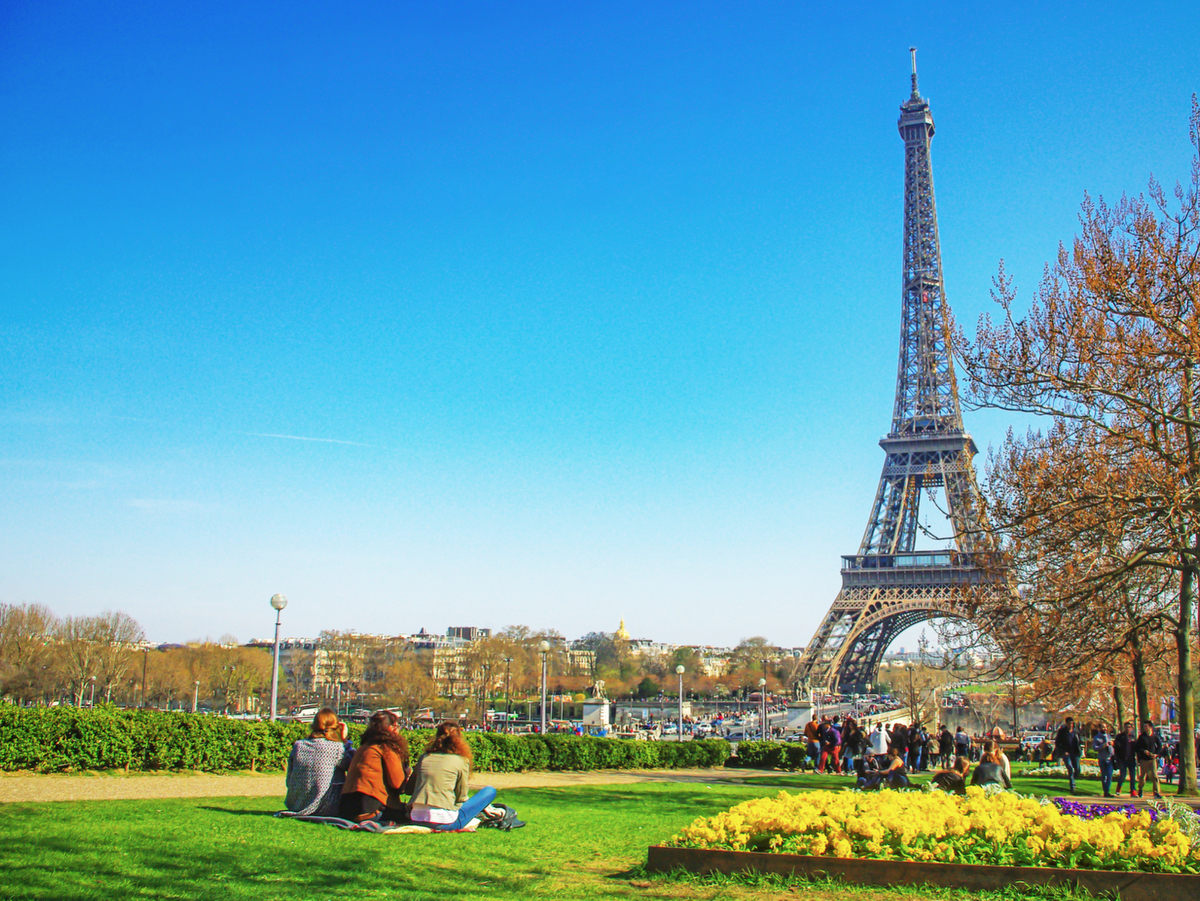
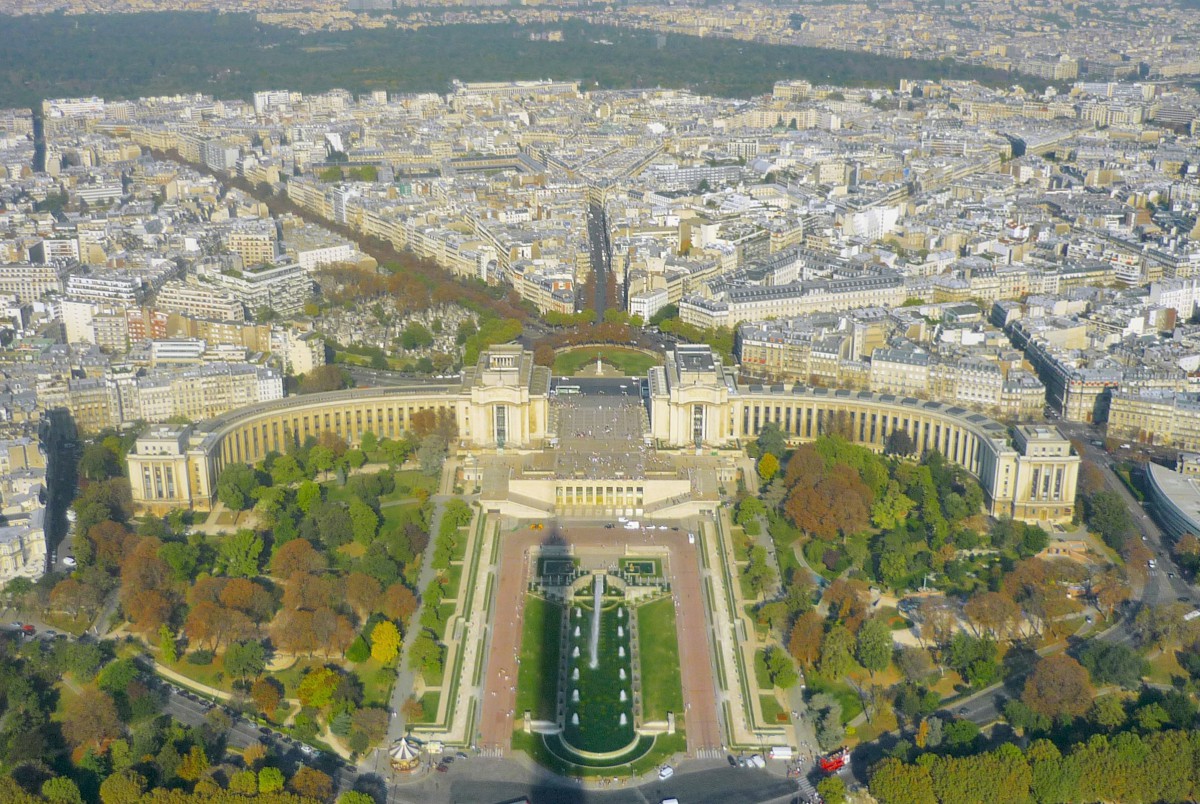

The 9 ha Trocadéro Gardens date back to 1937, the year of the Universal Exhibition in Paris.
It consists of two English-style gardens laid out on either side of the Chaillot Palace with a splendid view of the Eiffel Tower.
The central stage is occupied by the monumental Warsaw fountains with powerful jets.
Find out more about the Trocadéro Gardens.
My favourite part: the view of the Eiffel Tower from the Warsaw fountains.
Parc Monceau
- 1778-1793-1862
- 8th arrondissement
- Métro station: Monceau
- free entrance
- website
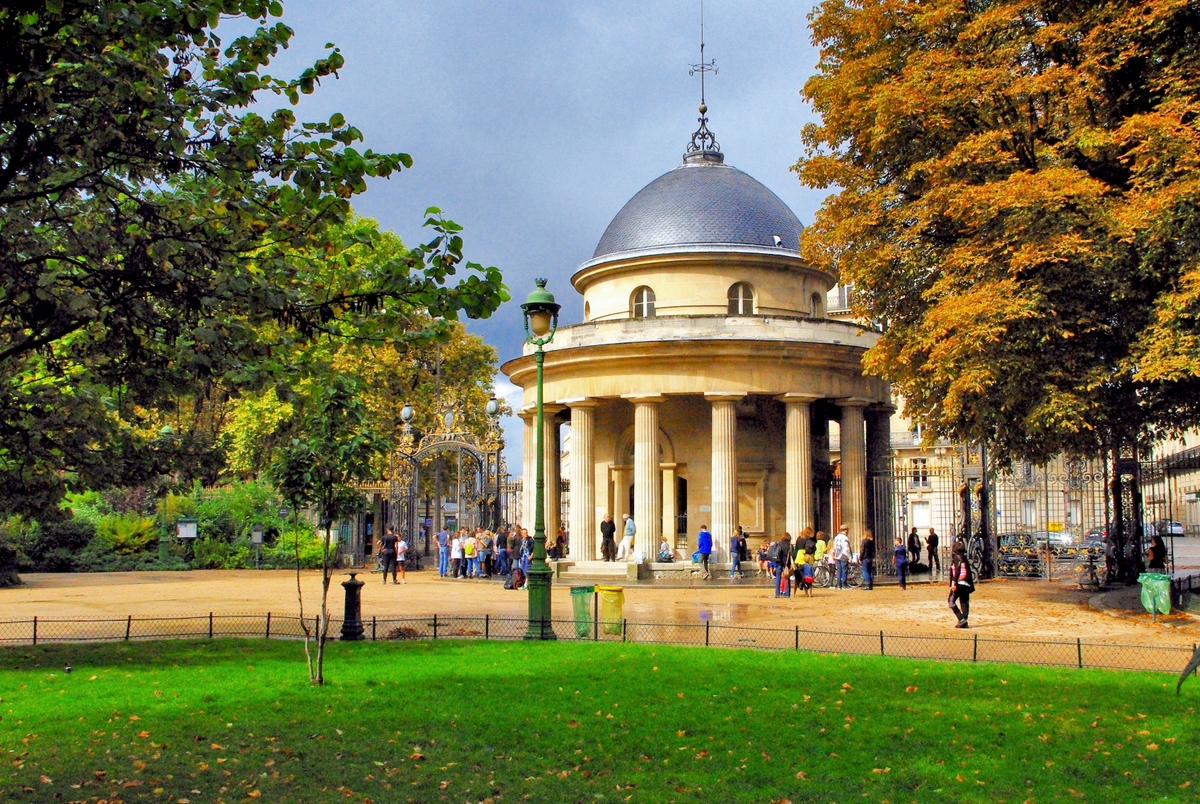
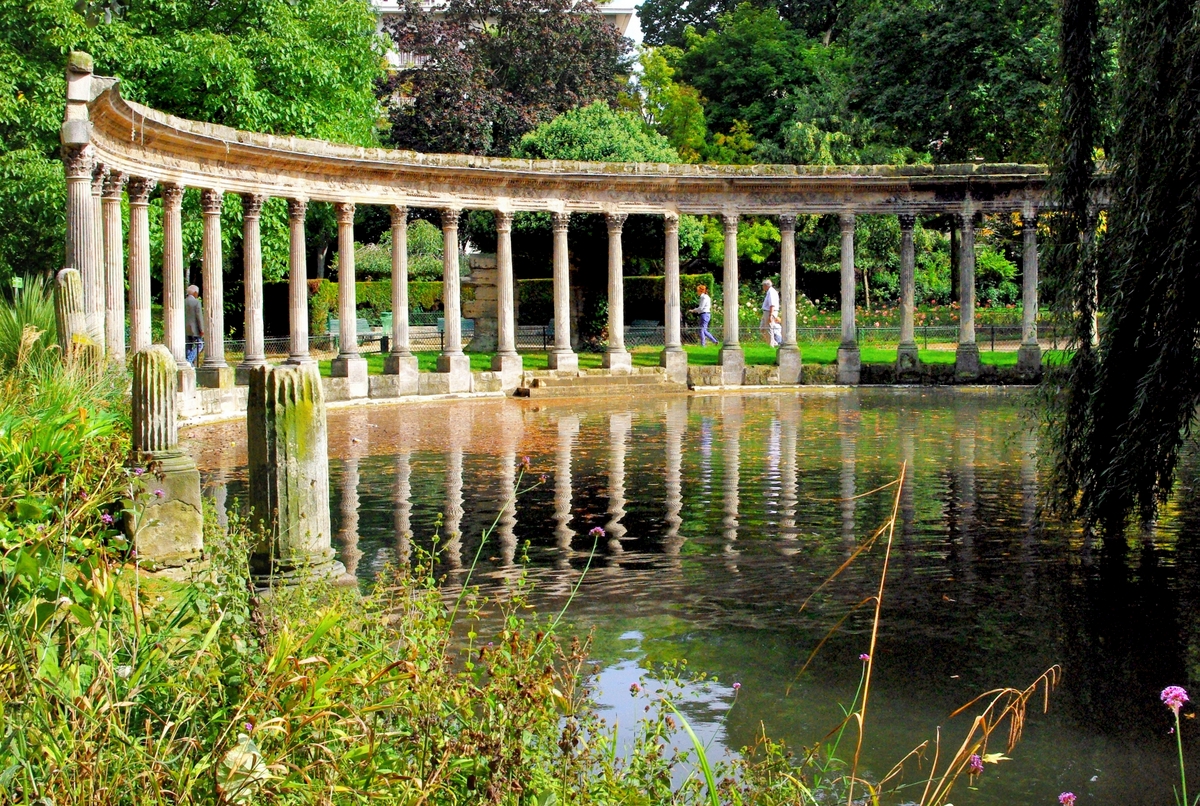
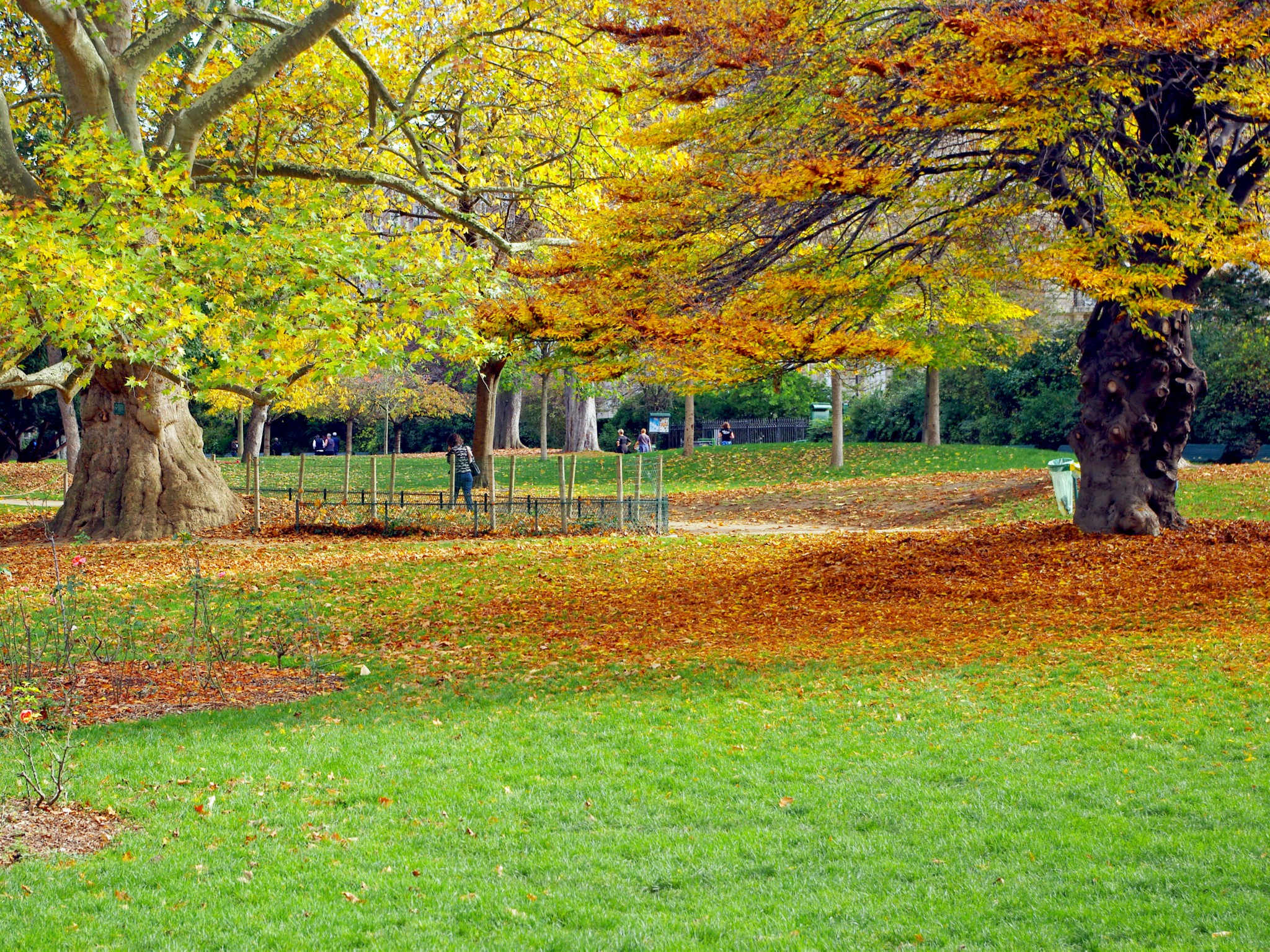
Parc Monceau covers an area of 8.2 hectares. It was originally landscaped in the 18th century with many follies (Corinthian pillars, an Egyptian pyramid…).
Baron Haussmann restored it during the Second Empire in an English style with curved walkways and randomly placed statues.
The public garden is a very popular play area for children residing locally.
My favourite part: taking photos of the landscaped garden spotted with the follies.
Find out more about the Parc Monceau.
Jardin des Plantes
- 1635-18th century
- 5th arrondissement
- Métro stations: Jussieu, Quai de la Rapée, Austerlitz
- free entrance
- website
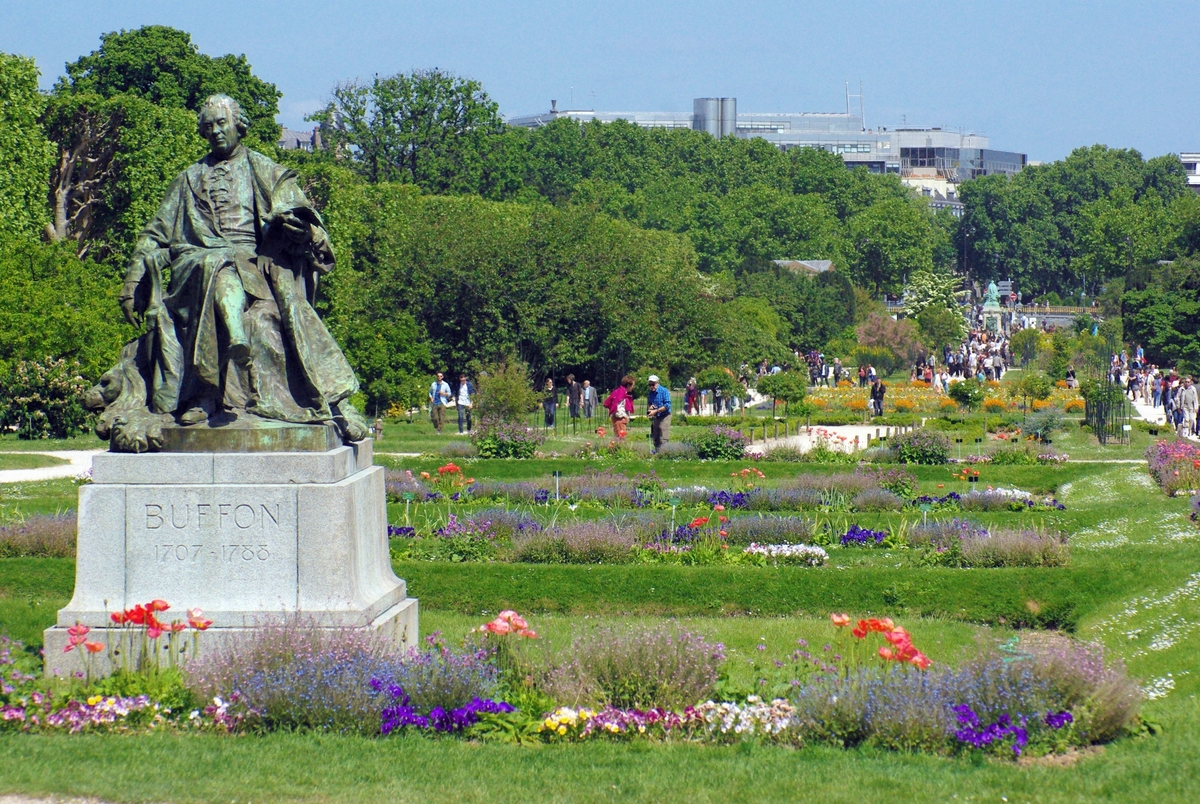
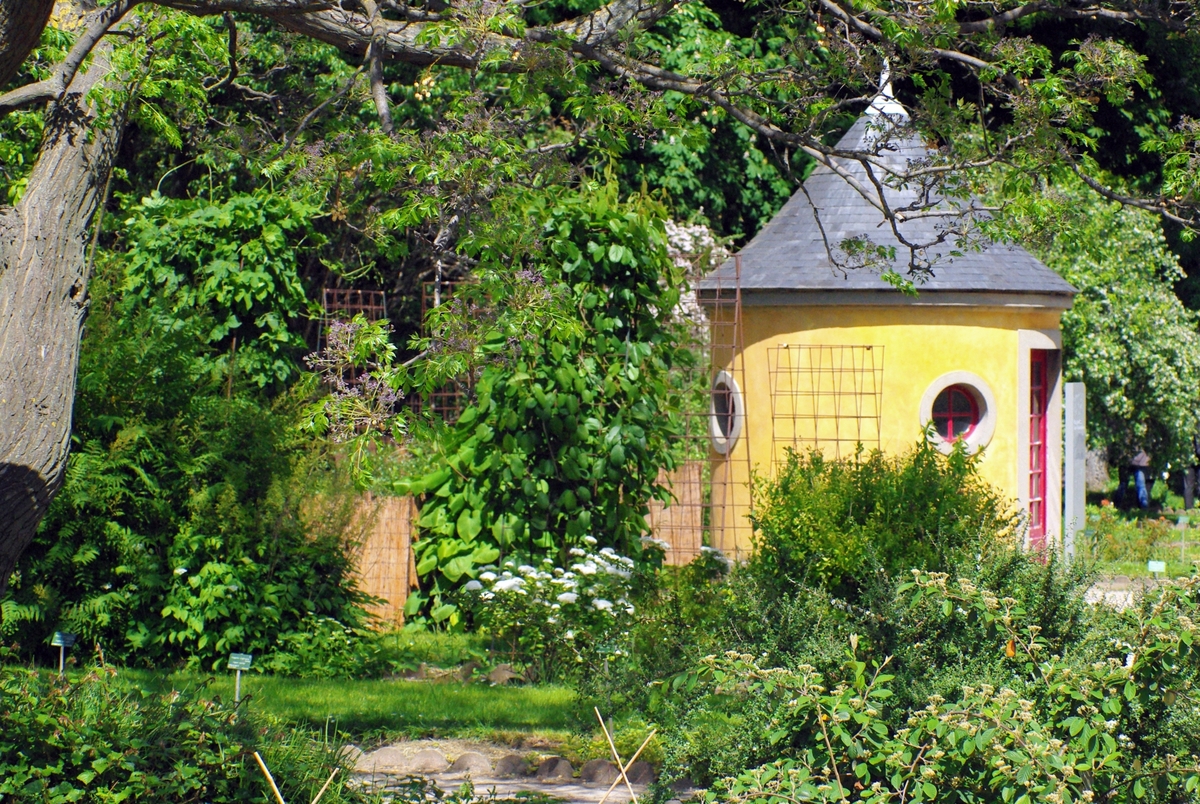
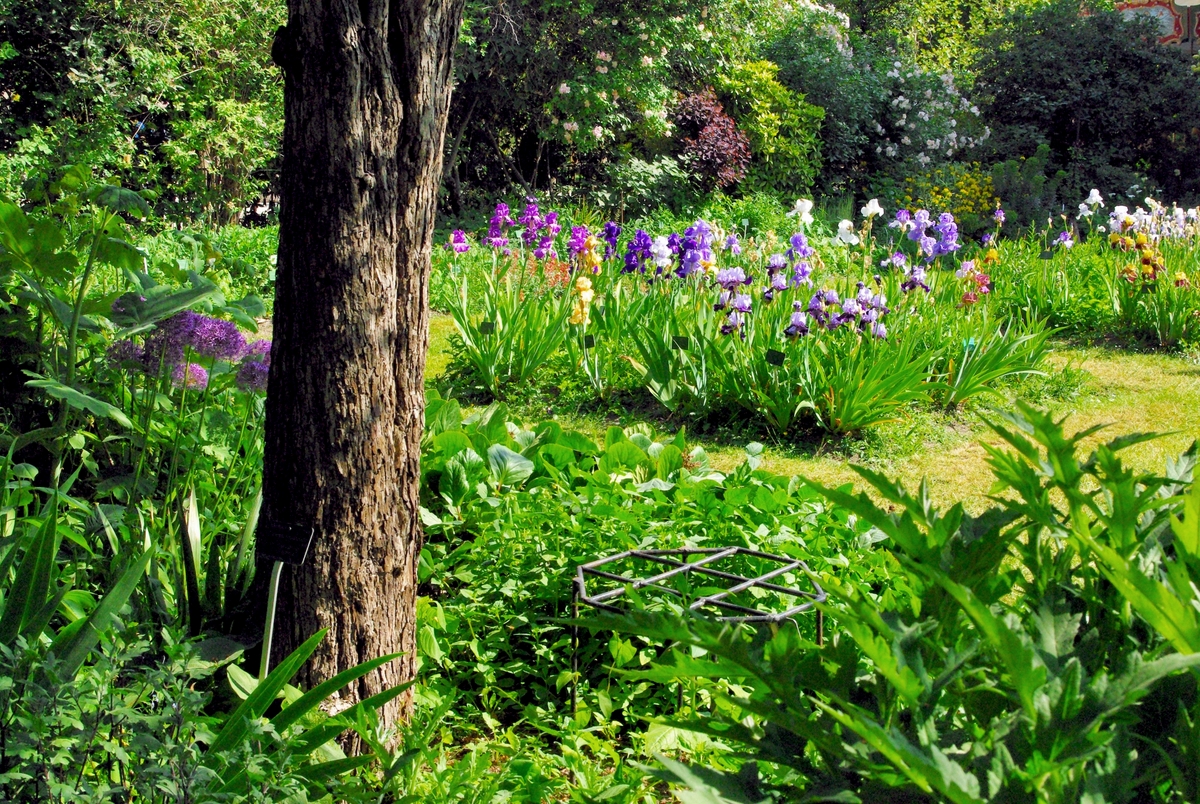
More than just a public garden, the Jardin des Plantes is the main botanical garden in France.
Situated on the Left Bank, the garden was created in 1626 under the name of “Jardin du Roi” (Garden of the King).
The garden features historic glasshouses, a maze (le labyrinthe), a small zoo and a beautiful rose garden.
My favourite part: to lose myself in the green spaces of the garden (especially the vegetable garden)
Parc de Bercy
- 1997
- 12th arrondissement
- Métro stations: Cour Saint-Emilion, Bercy
- free entrance
- website
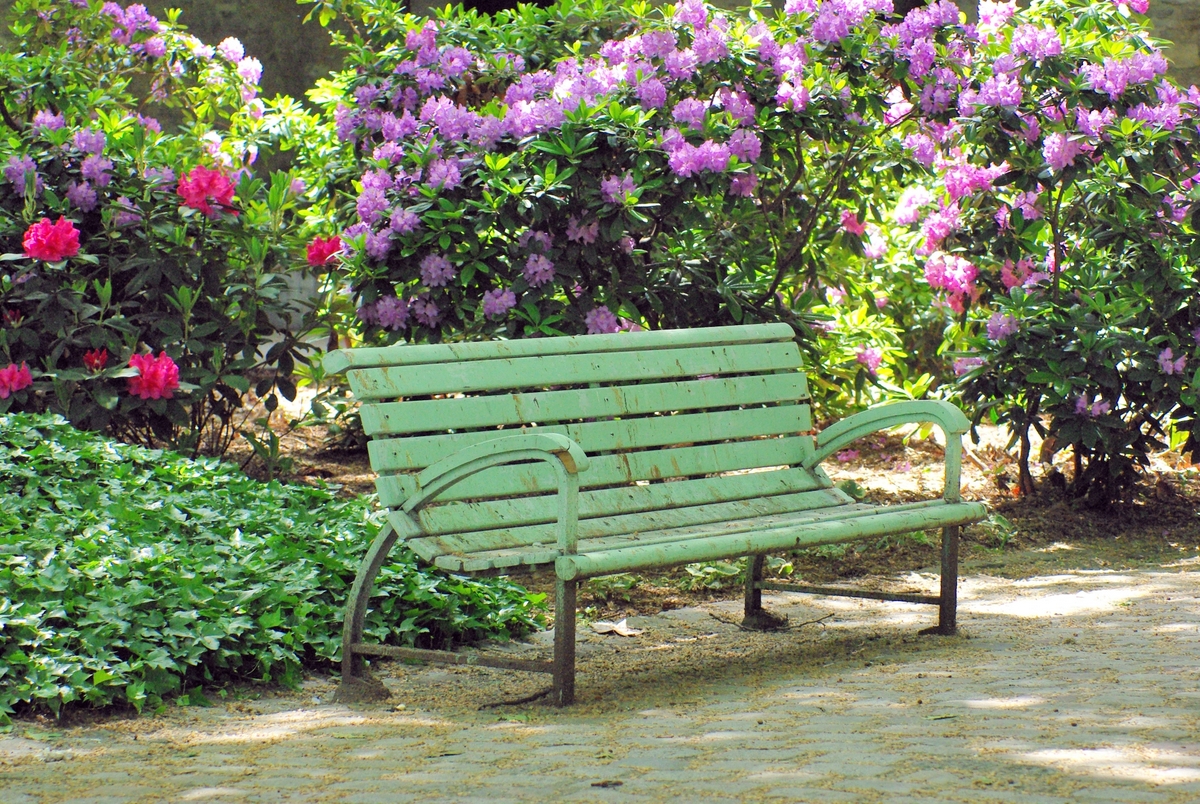
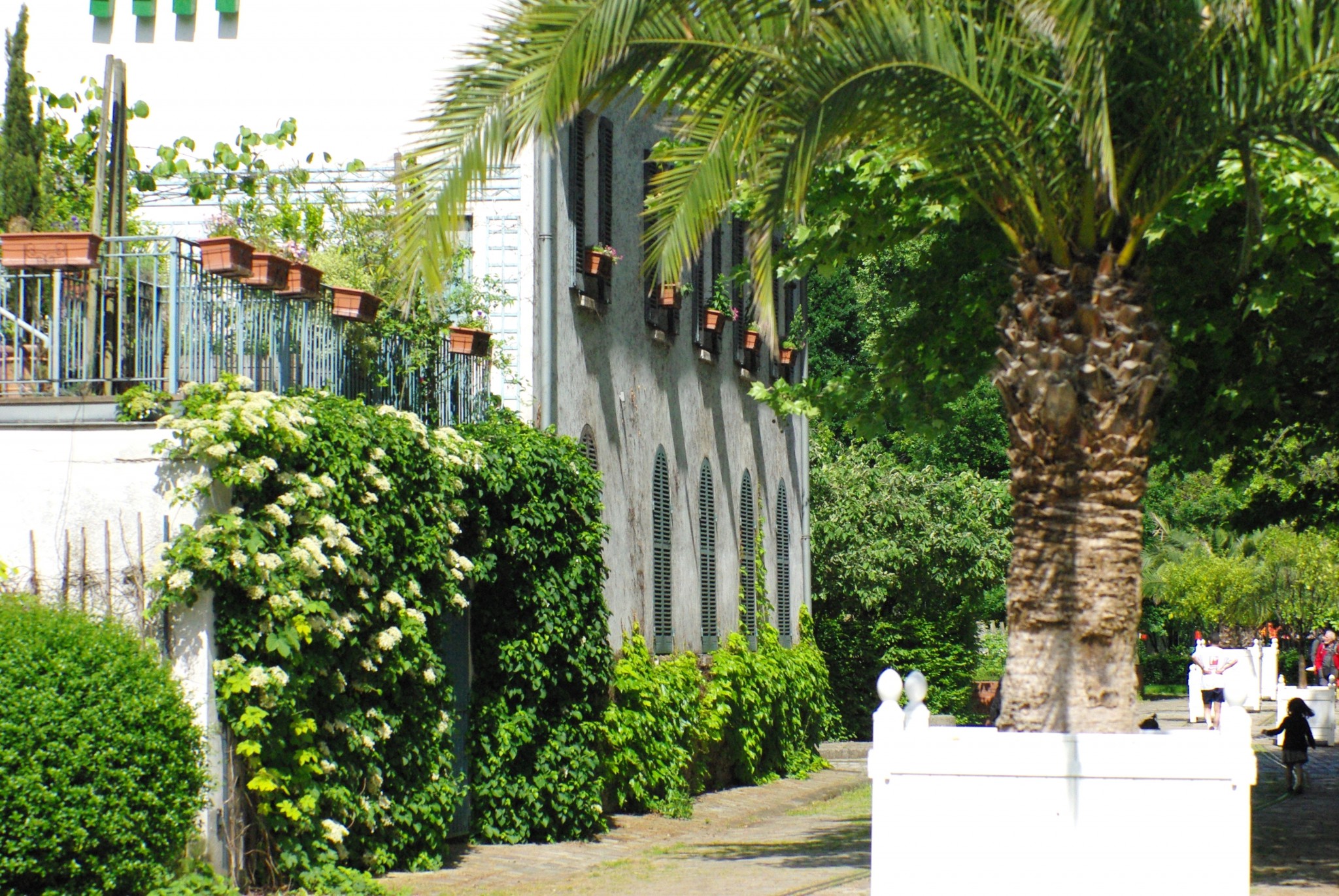
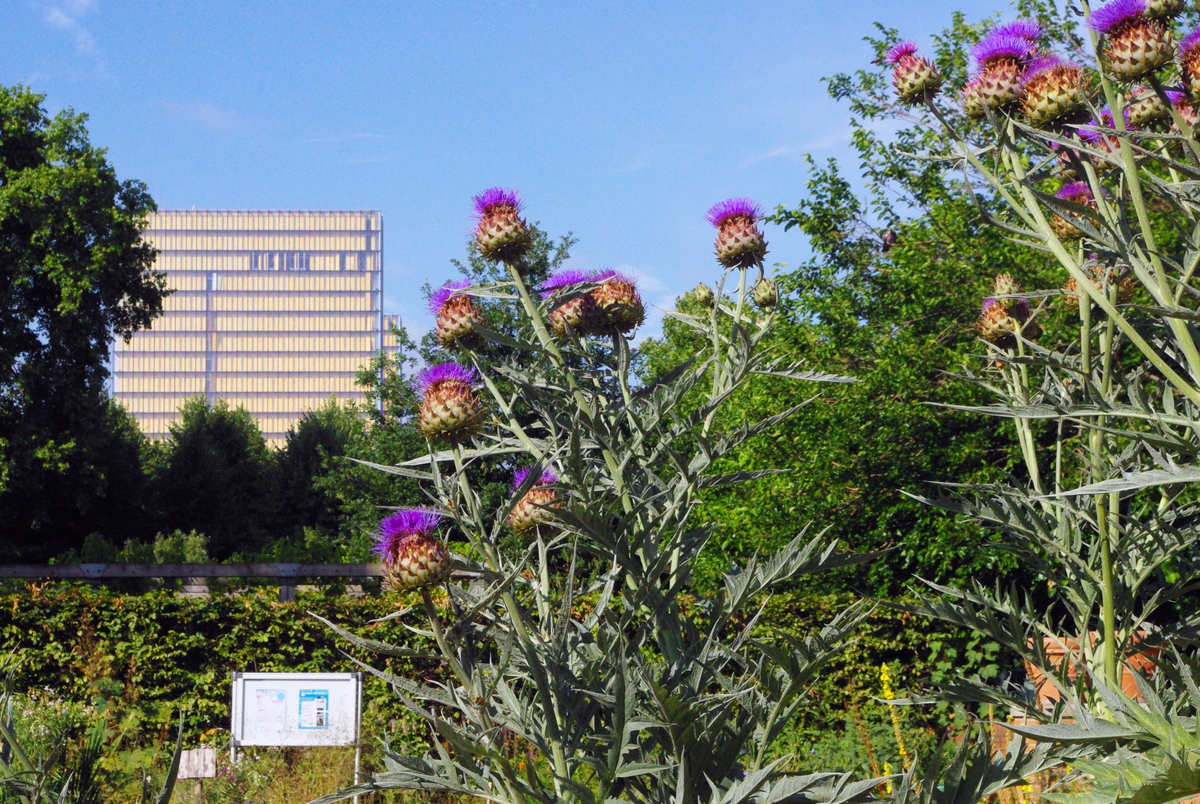
The public park of Bercy stretches on the former site of an old wine depot.
It is situated along the River Seine between the Palais Omnisports de Paris-Bercy and the trendy shopping precinct of Cour Saint-Émilion.
Since its opening in the mid-1990s, the Park of Bercy has become the most beautiful in Paris.
My favourite part: the rose garden and vegetable garden in May and June.
Find out more about the Parc de Bercy.
Promenade plantée – Coulée Verte René Dumont
- 1988
- 12th arrondissement
- Métro stations: Bastille, Gare de Lyon, Dugommier, Montgallet, Daumesnil, Bel Air
- free entrance
- website
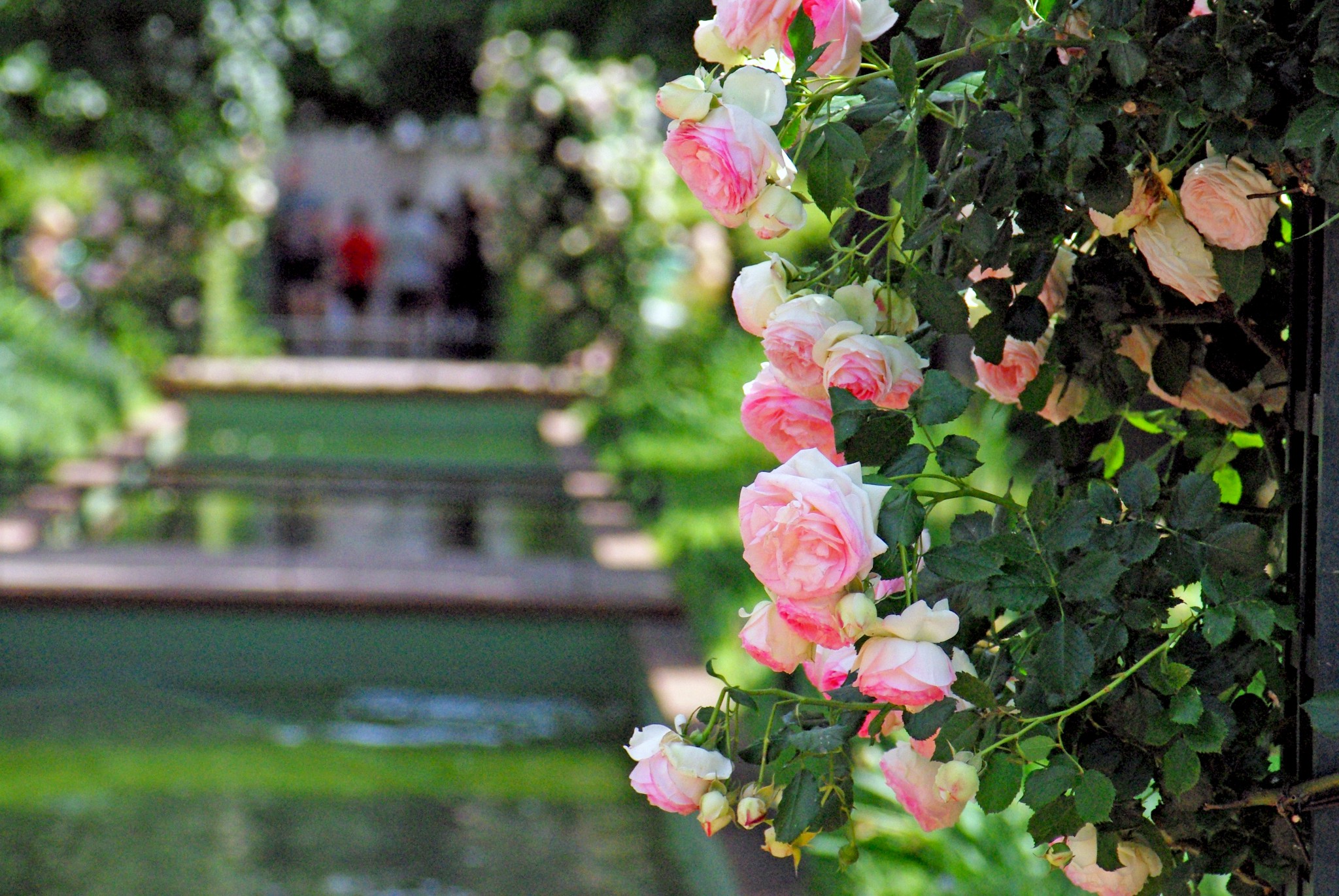
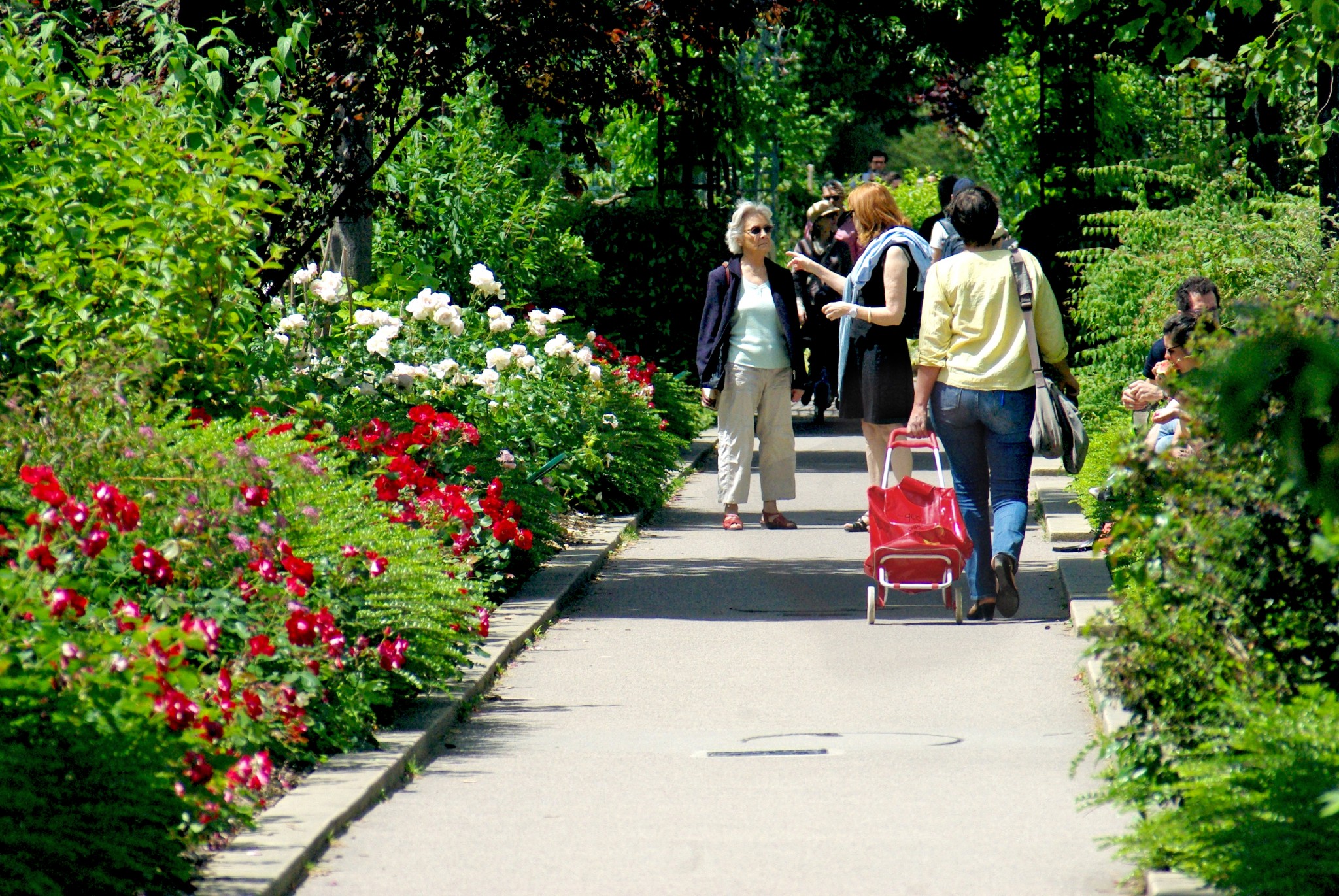
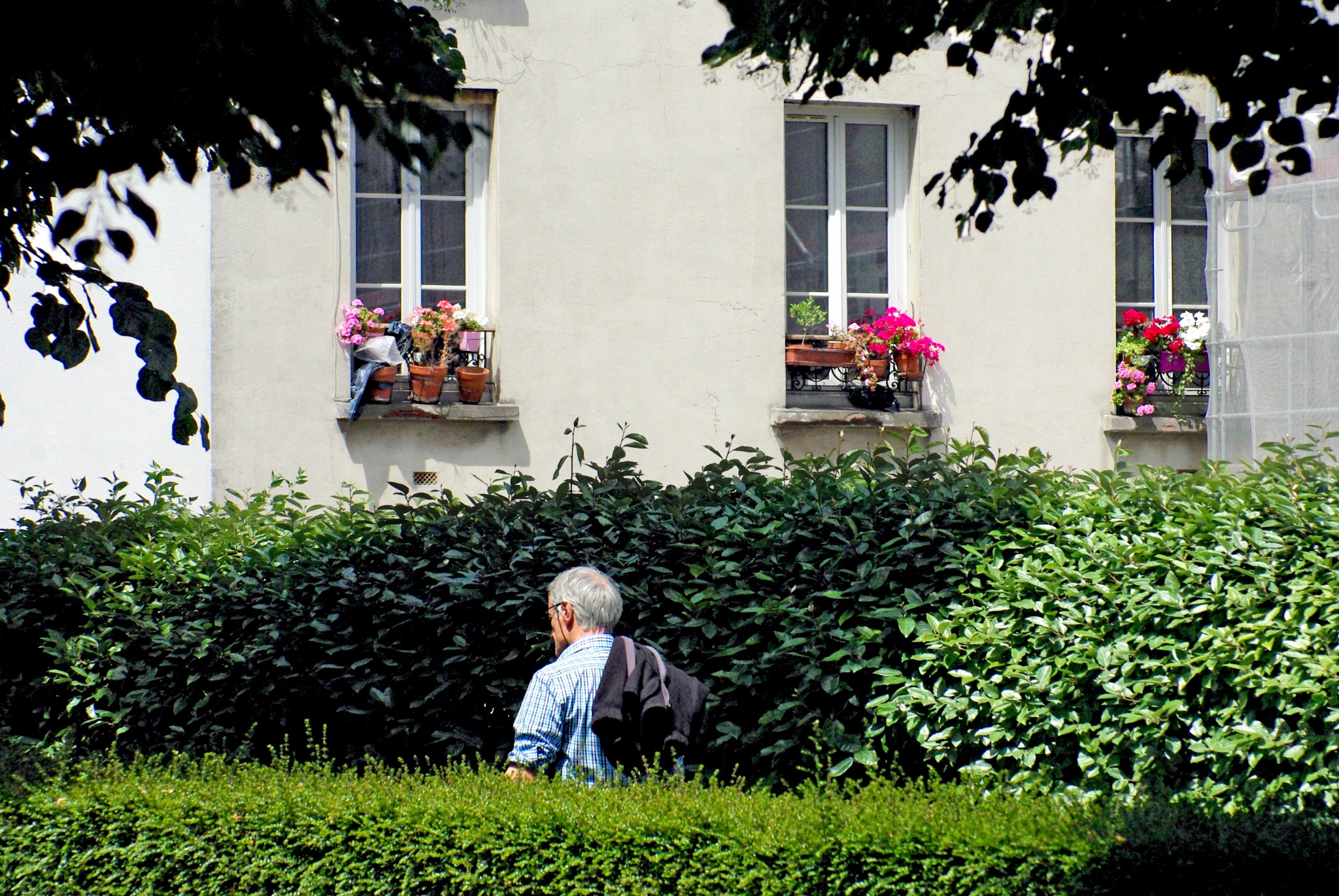
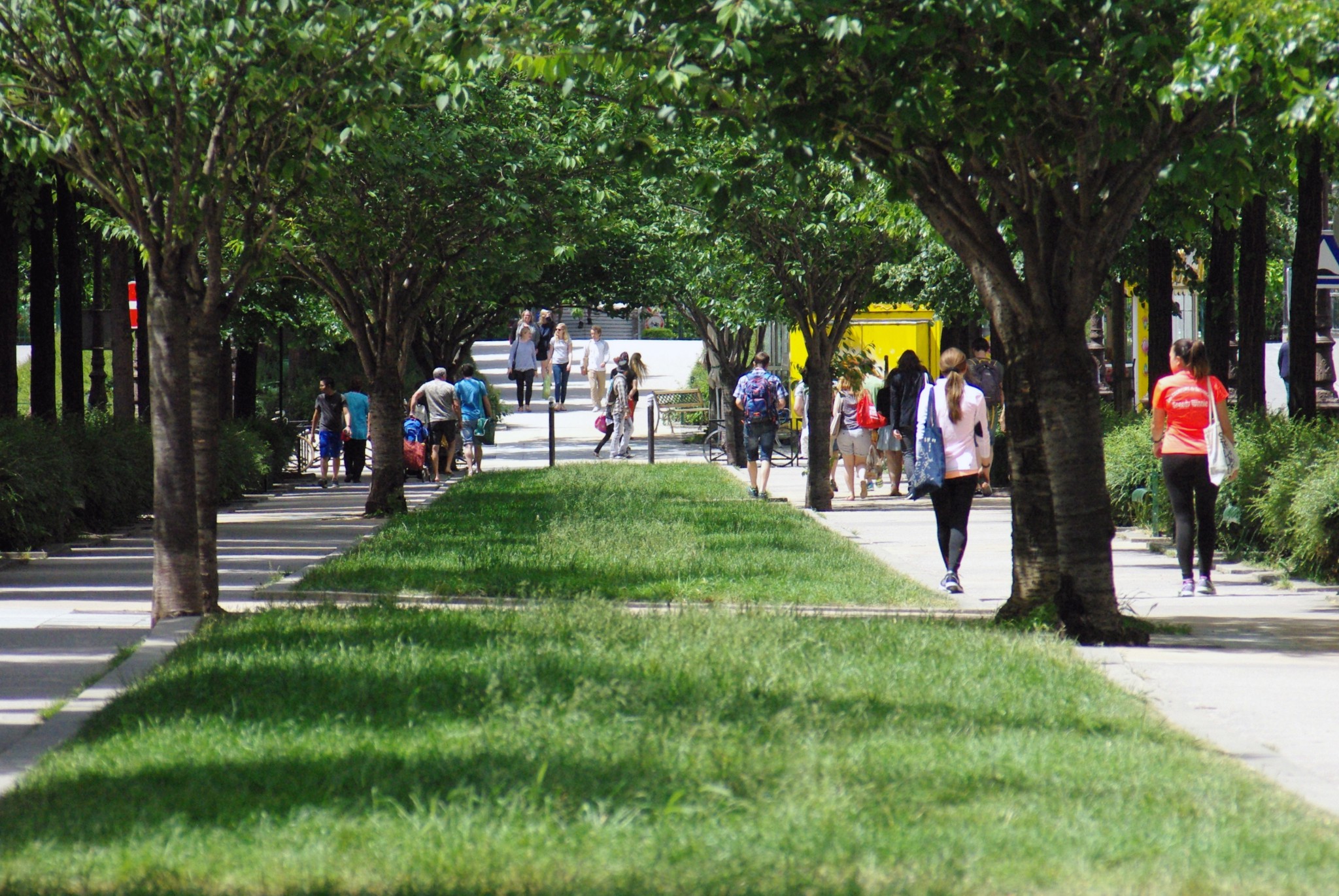
The Promenade plantée, also known as the Coulée verte René-Dumont, runs through the 12th arrondissement. 4.5km long, the green corridor is Europe’s longest and only elevated park.
The Coulée Verte finds its way on an abandoned 19th-century railway viaduct used by freight trains to link the former Bastille railway station to the eastern suburbs of Paris.
My favourite part: the beginning of the promenade from Place de la Bastille.
Find out more about the Promenade Plantée.
Parc Floral and Bois de Vincennes
- Middle Ages – 1969
- 12th arrondissement
- Métro station: Château de Vincennes
- paid entrance (free entrance to the Bois de Vincennes)
- website
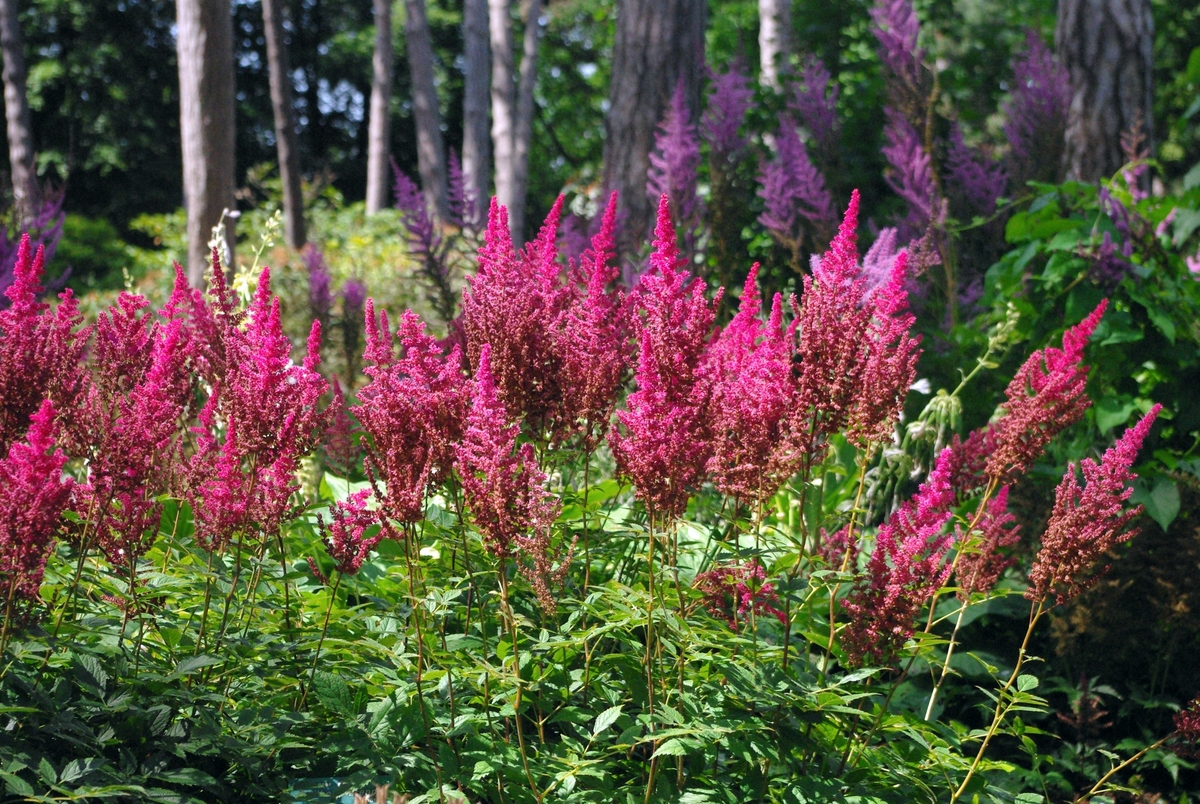
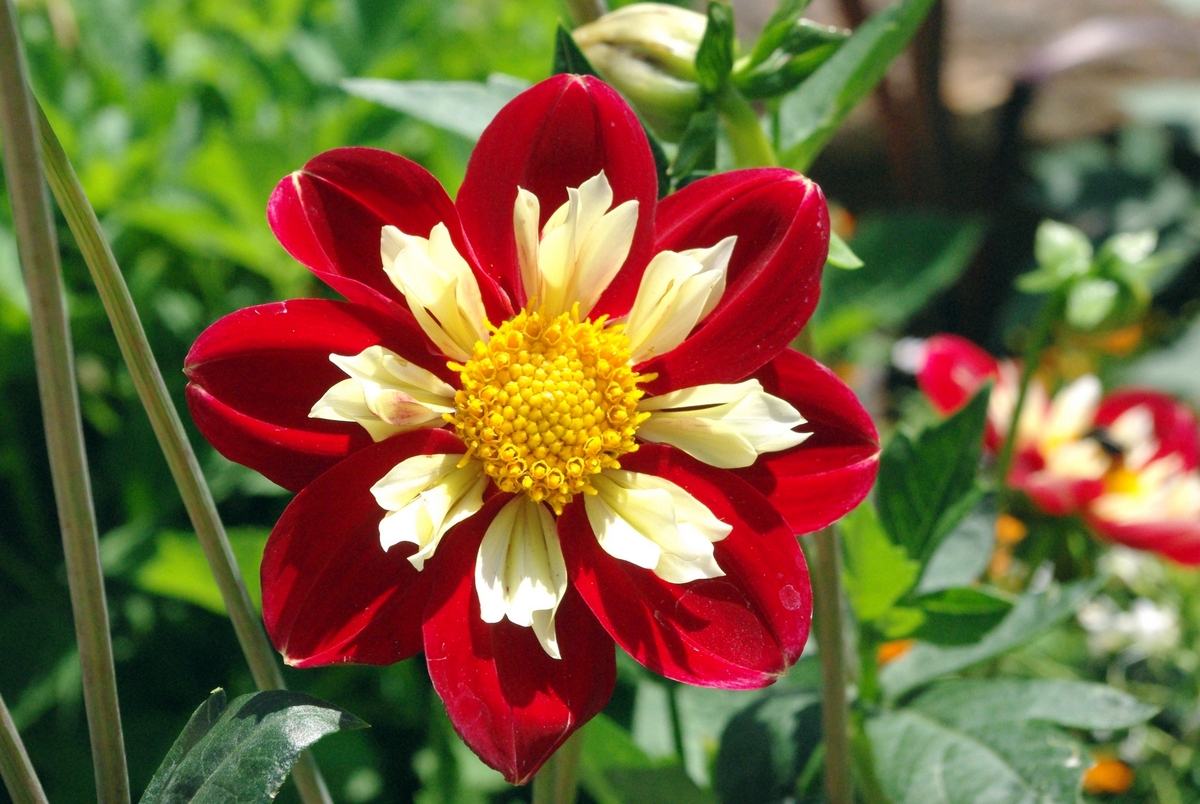
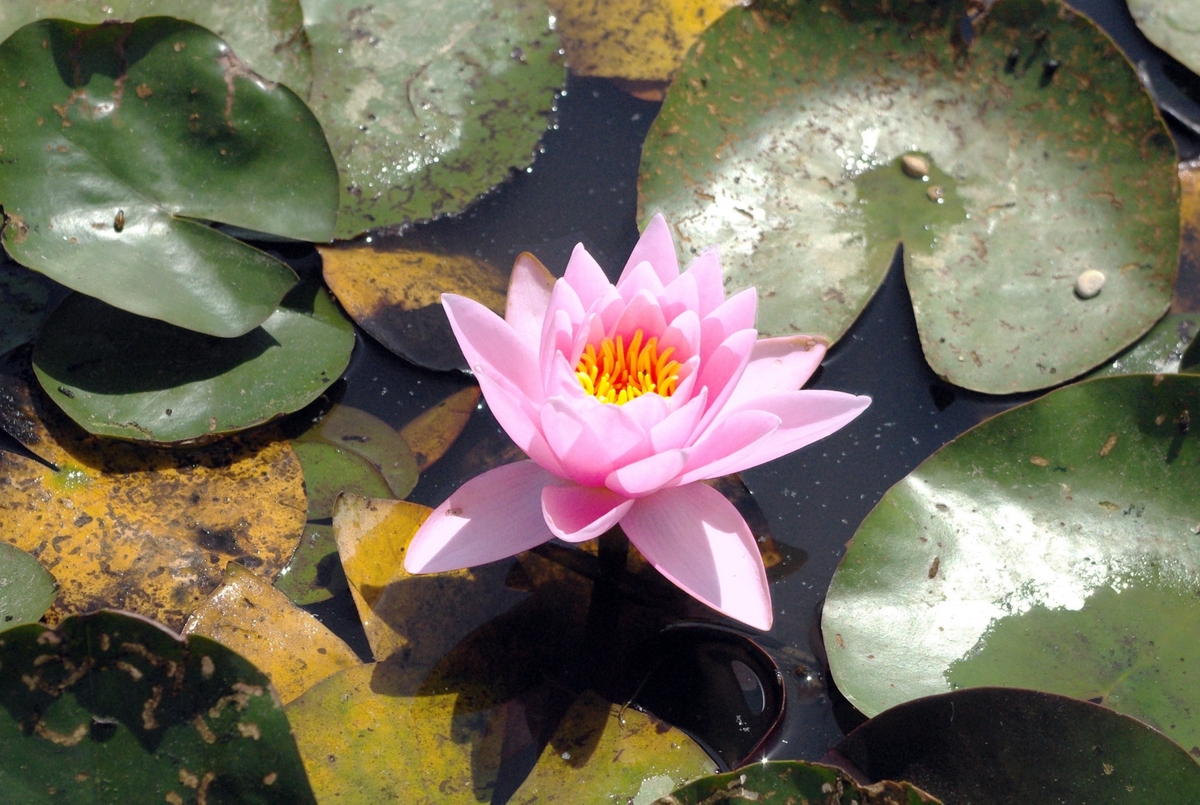
This is a beautiful botanical garden covering an area of 31 hectares in the middle of the Vincennes woodlands. It occupies an area left free by the army after World War Two. In 1969 the place welcomed the International Flower Show… and it stayed a garden up to this day!
Bois de Vincennes
Paris’ largest public park, the Bois de Vincennes was landscaped between 1855 and 1866 under the reign of Emperor Napoleon III. The artificial Daumesnil Lake is set in a beautiful English garden and includes two islands on which stand a Temple of Love and a Swiss Chalet. In the wood is the Paris Zoological Park.
My favourite part: the best months to visit the garden are May to July.
Parc de Bagatelle and Bois de Boulogne
- Middle Ages-1775
- 16th arrondissement
- Bus line 43
- paid entrance (free entrance to the Bois de Boulogne)
- website
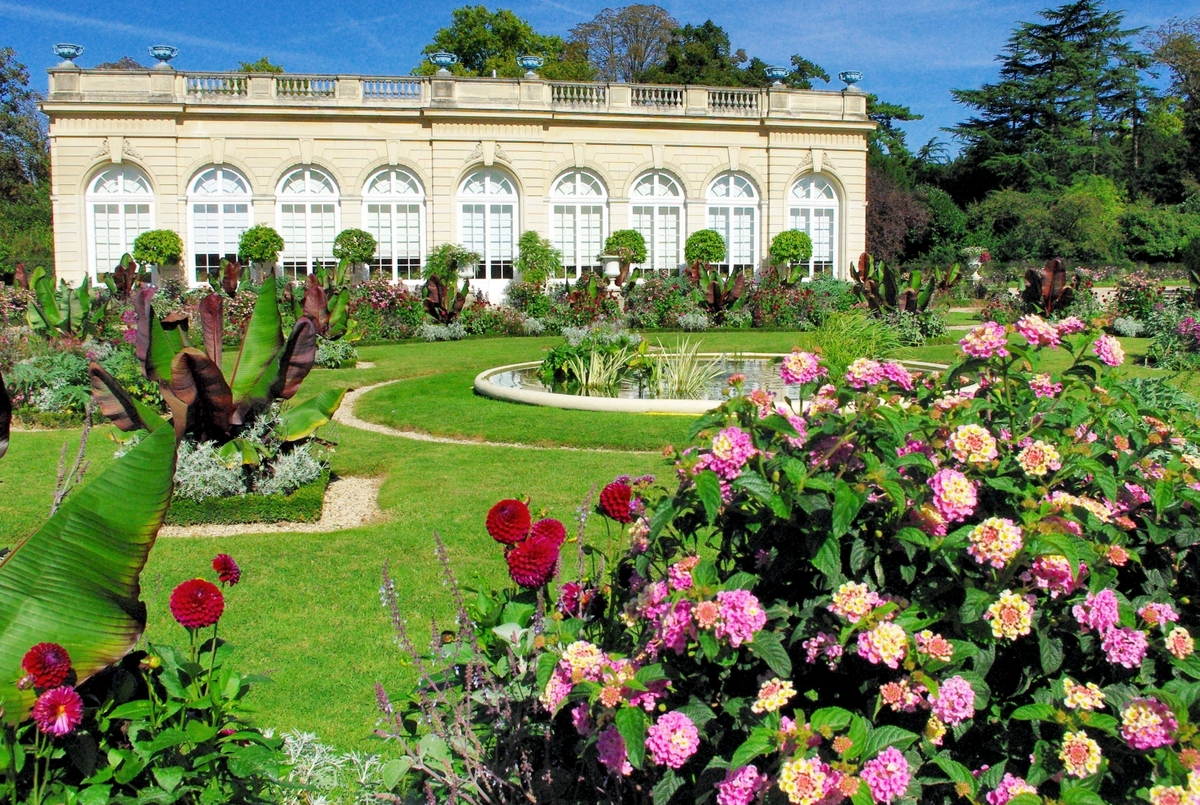

The well-maintained gardens of the Parc de Bagatelle are located at the heart of the Bois de Boulogne, not far from Neuilly-sur-Seine and Suresnes. Bagatelle is well-known for its very romantic scenery and also for its exquisite rose garden.
There are many remarkable trees planted over the past three centuries: oak trees, pine trees, sequoias, cedars…
The Bagatelle park is dotted with follies such as the ruins of an abbey, numerous statues, a pagoda, little bridges, grottoes, artificial waterfalls and gloriettes.
Bois de Boulogne
The large public park of Bois de Boulogne along the western edge of Paris was commissioned by Napoleon III between 1852 and 1858.
Like its eastern counterpart (Bois de Vincennes) the large woodland includes an English landscape garden.
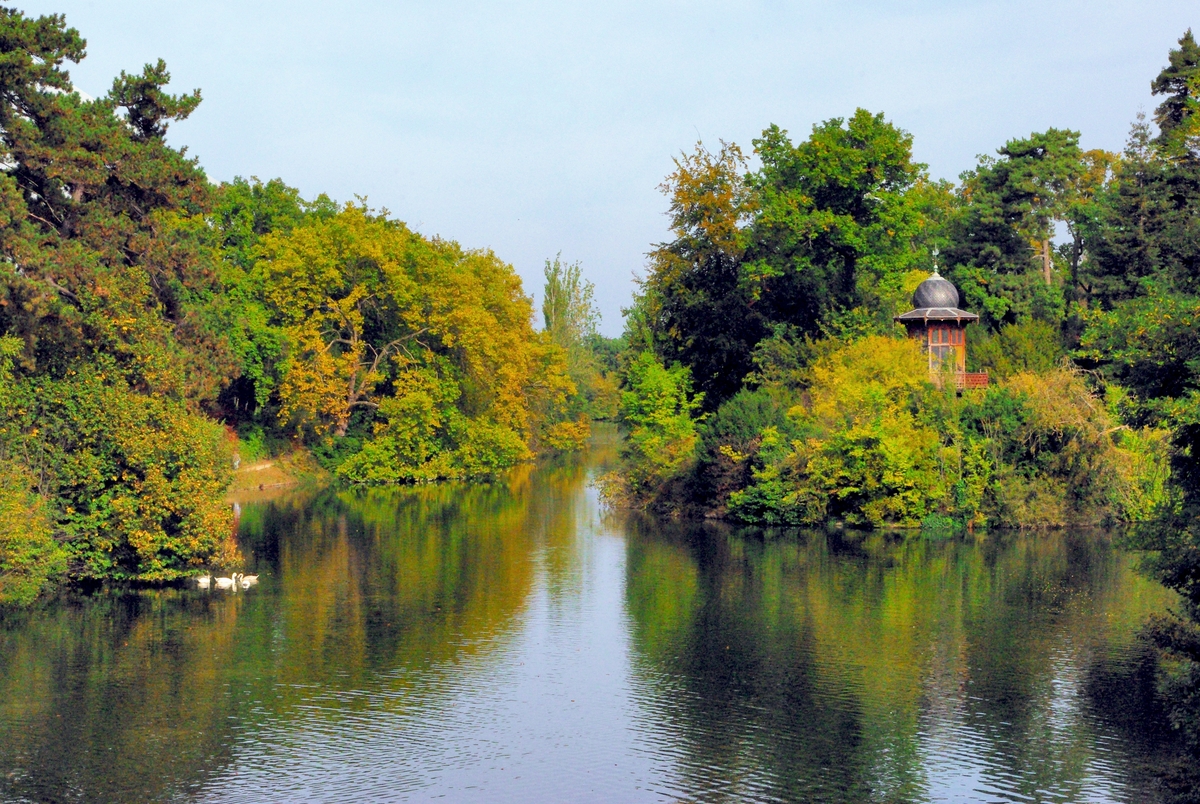
The Lac Inférieur (Lower Lake) is the largest artificial lake of the park and includes an island accessible by boat on which stands a small wooden kiosk known as the Kiosk of the Emperor. Beautiful trees, small boats, swans and ducks, contribute to the picturesque and romantic scene of the place.
My favourite part: the Orangerie and the splendid rose garden.
Find out more about Bagatelle Park.
Parc des Buttes Chaumont
- 1867
- 19th arrondissement
- Métro stations: Buttes-Chaumont, Botzaris
- free entrance
- website
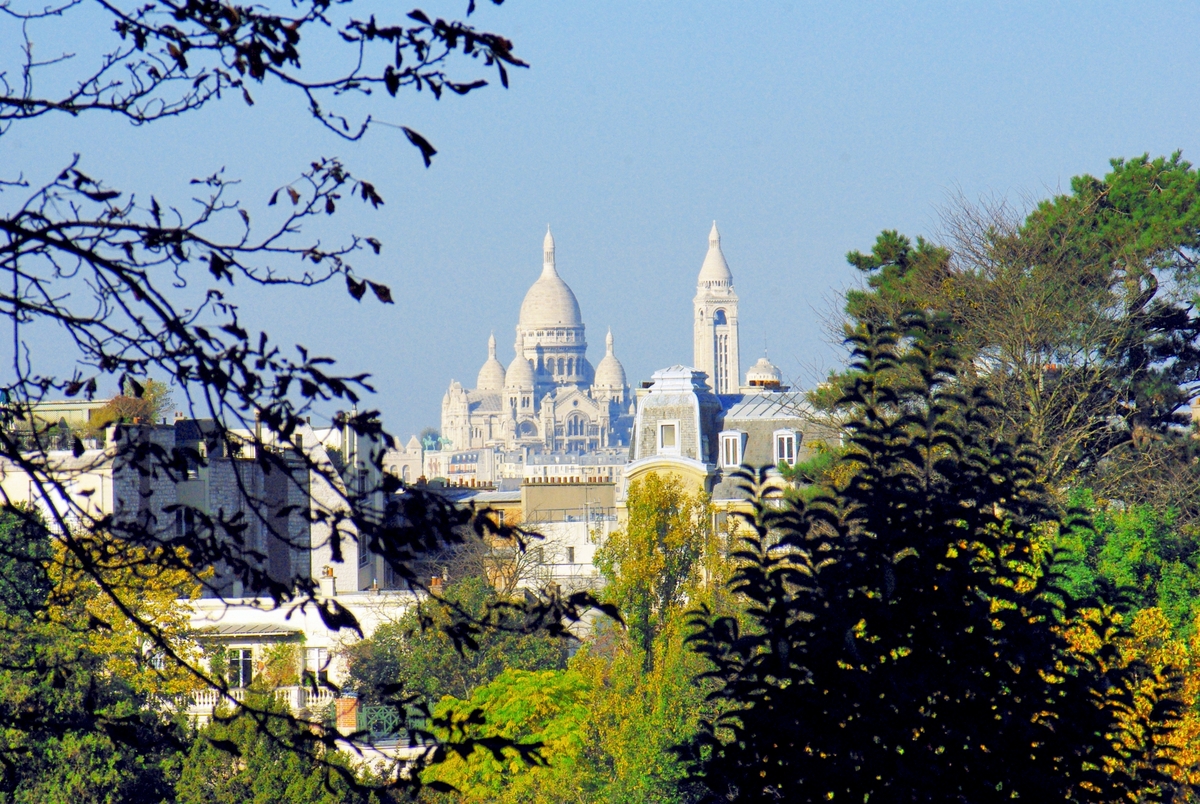
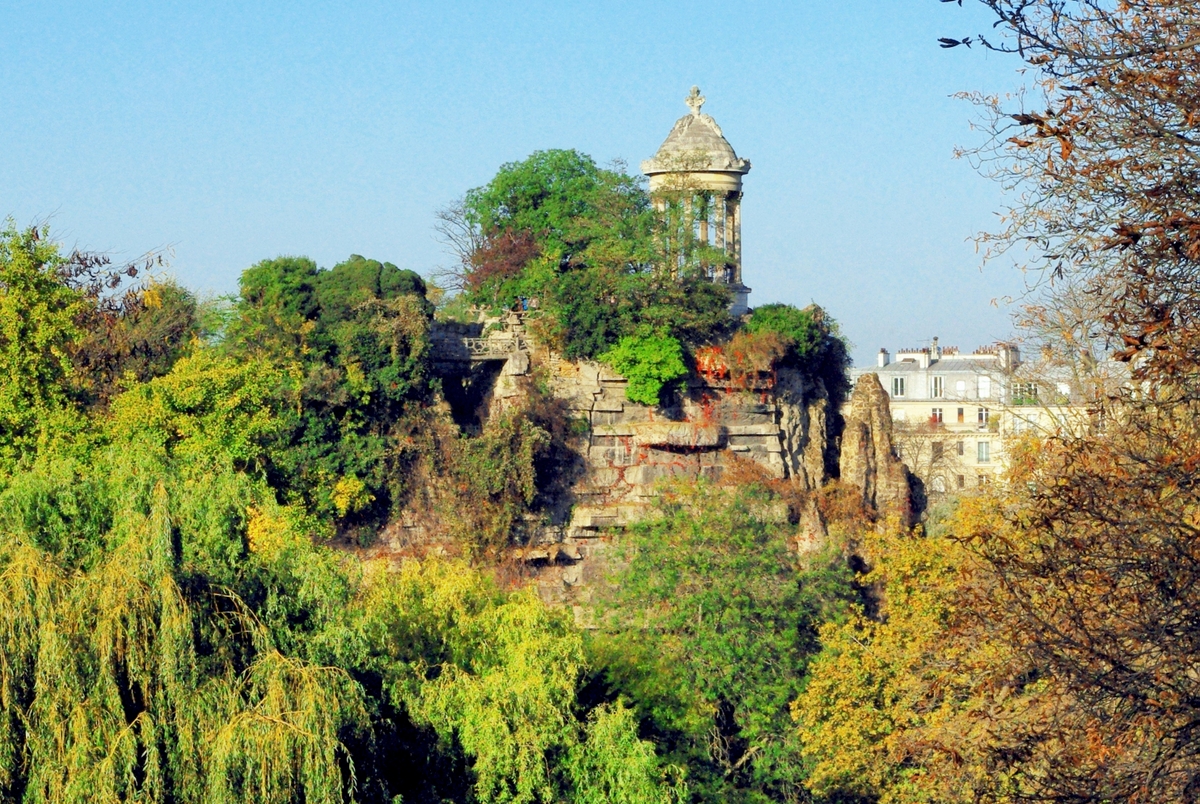
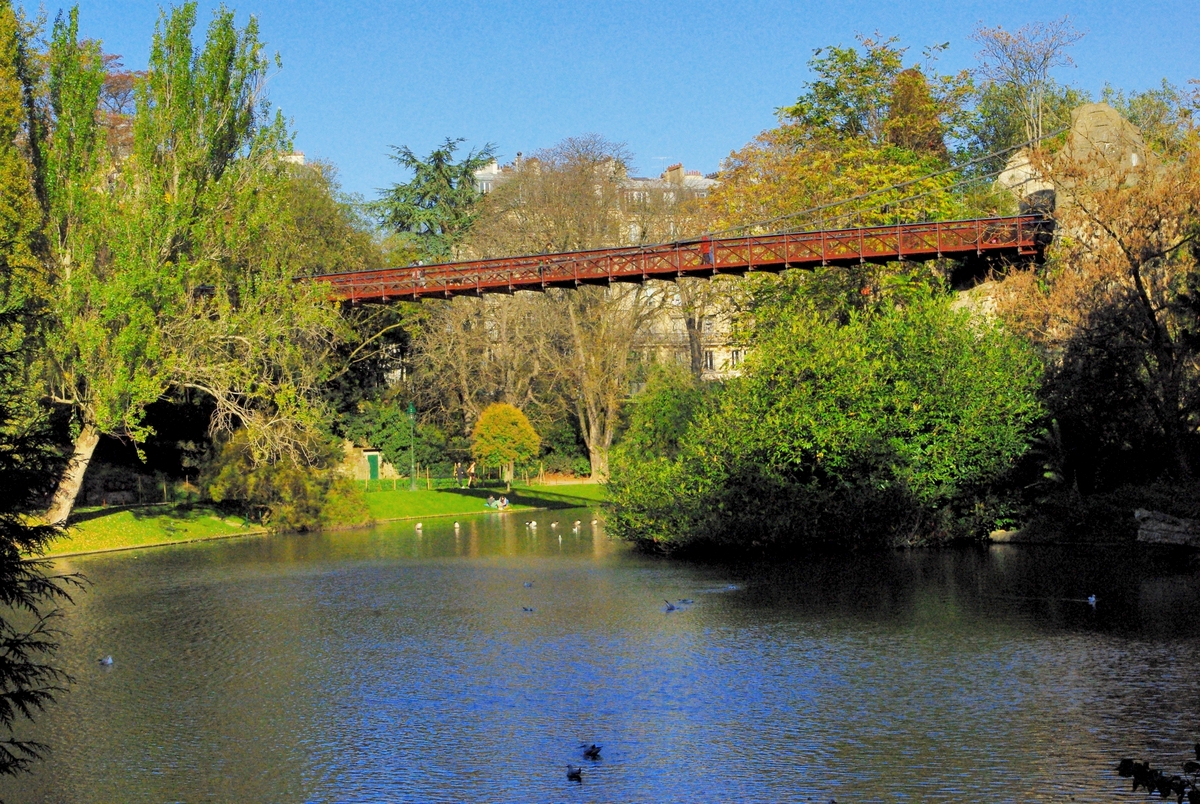
Baron Haussmann created the public park of Buttes-Chaumont in a former gypsum and limestone quarry between 1864 and 1867.
It was designed to serve the growing population of the 19th and 20th arrondissements.
The English landscape park features a grotto, waterfalls and a romantic Roman temple on the top of a promontory known as the Temple de la Sibylle, which is a miniature version of the Temple of Vesta in Tivoli, Italy.
My favourite part: the ascent to the Temple!
Parc de la Villette
- End of 20th century
- 19th arrondissement
- Métro stations: Porte de la Villette, Porte de Pantin
- free entrance
- website
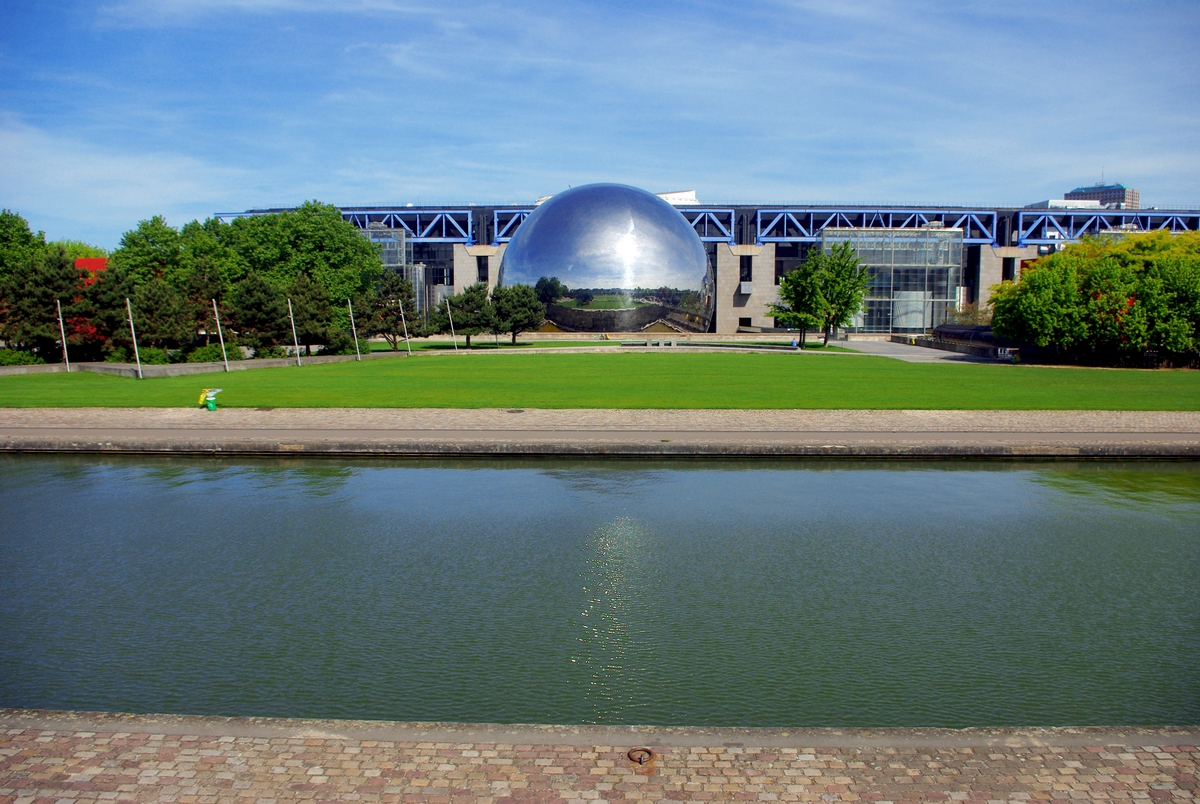
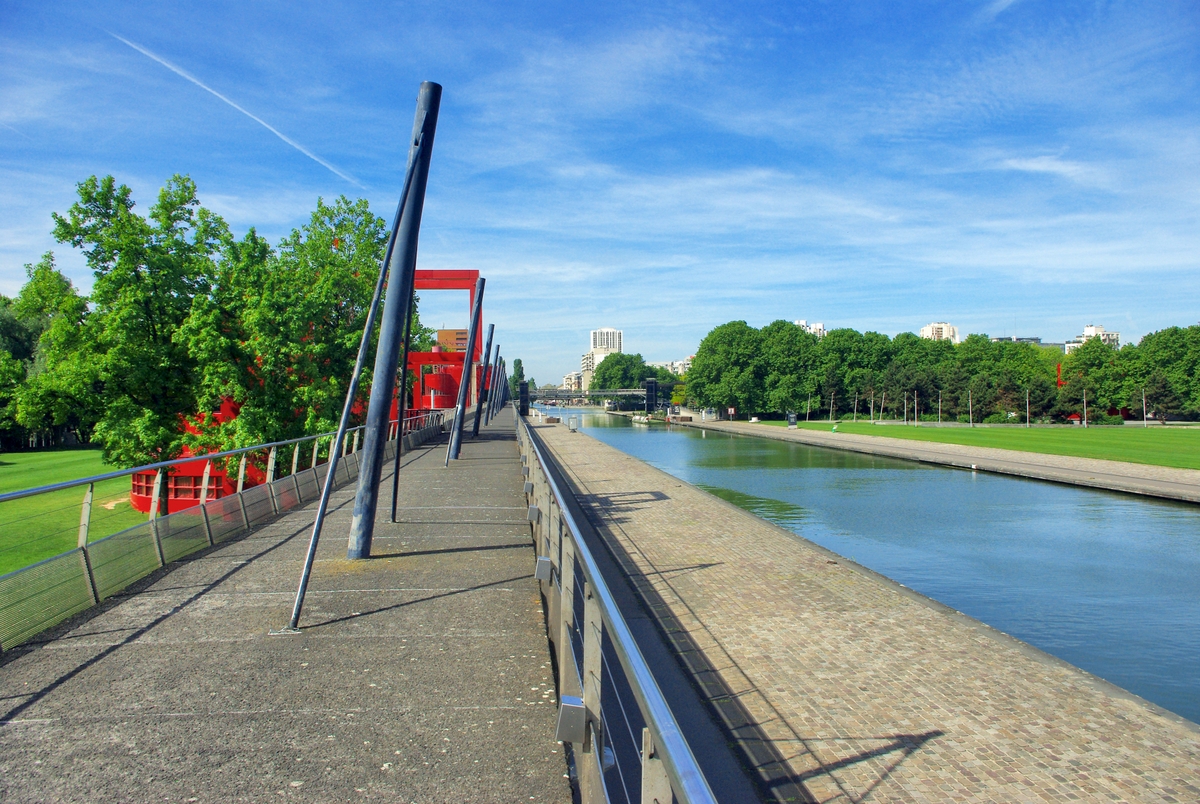
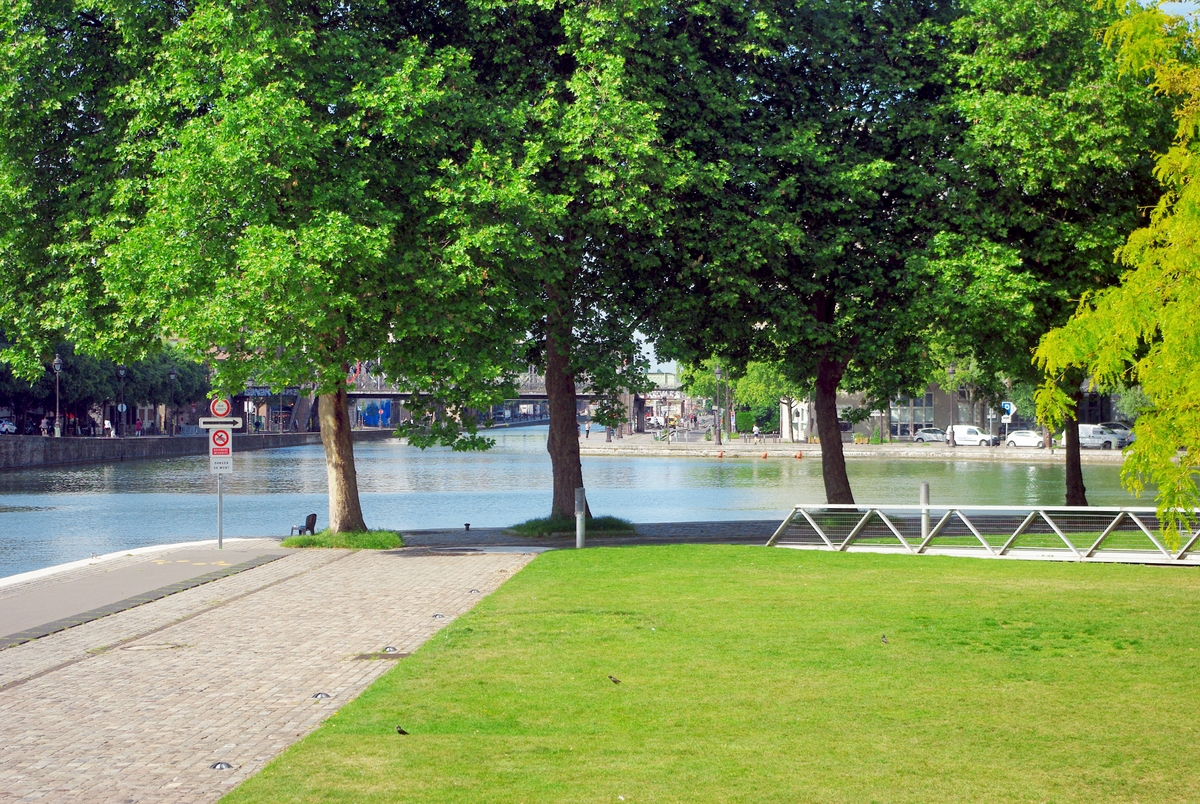
One of Paris’ largest parks, La Villette provides grassed play areas and theme gardens to the Parisians living in the city’s northeast district. The 35 hectare park borders the Cité des Sciences et de l’Industrie, the Cité de la Musique and the historic Grande Halle (site of the former abattoirs.
The park is crossed by two waterways: the canal Saint-Denis and the canal de l’Ourcq.
My favourite part: the view of the Geode from the canal de l’Ourcq.
Parc de Belleville
- 1988
- 20th arrondissement
- Métro station: Pyrénées
- free entrance
- website
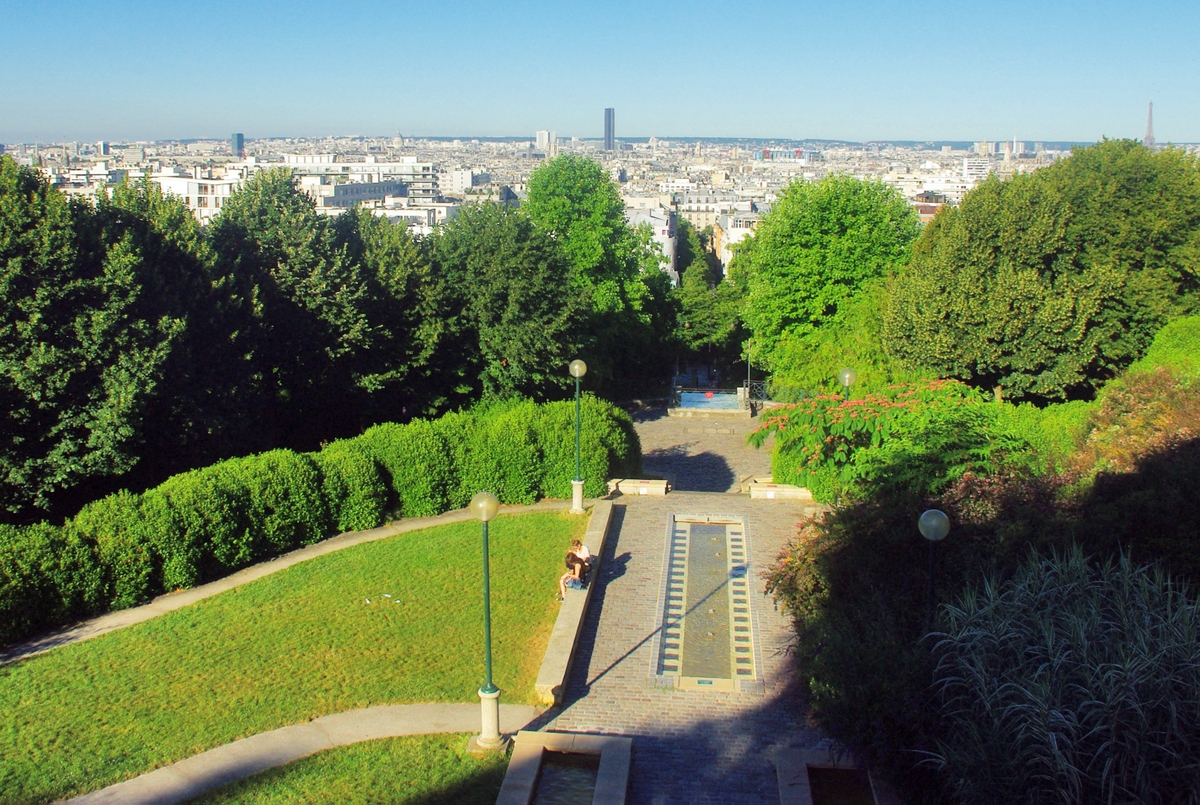

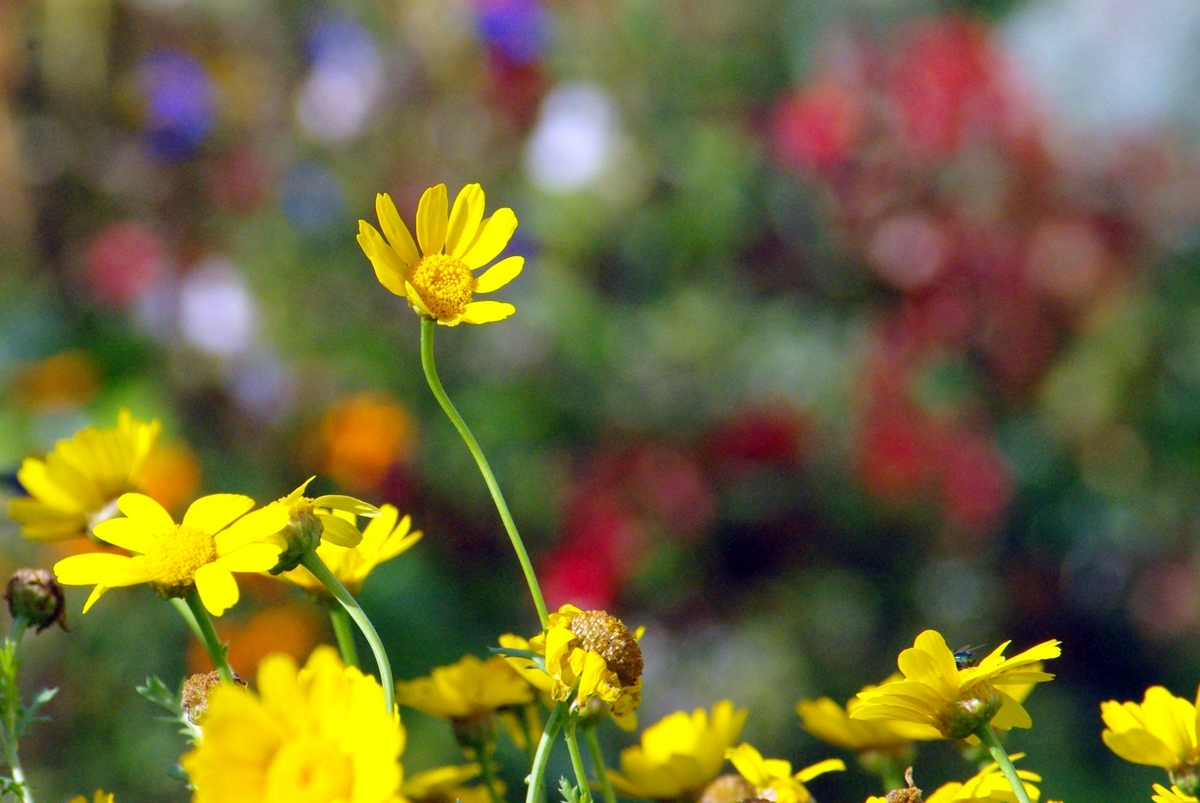
The 4-hectare park was opened in 1988 on the slopes of Belleville hill. It features two lawns, a large variety of trees, ponds, fountains, and waterfalls.
From the top of the garden, there is a fantastic view of Paris.
My favourite part: the panoramic view of Paris.
Parc Montsouris
- 1878
- 14th arrondissement
- Métro station: Cité Universitaire (RER)
- free entrance
- website
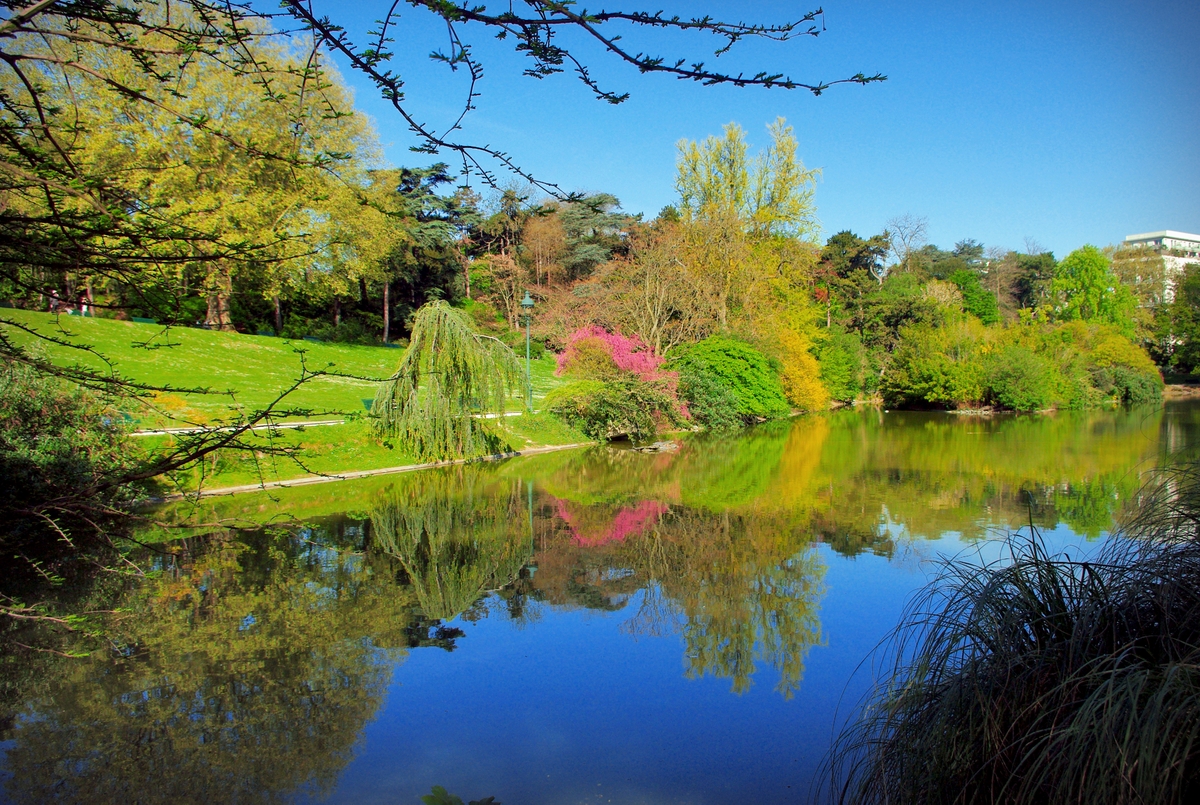
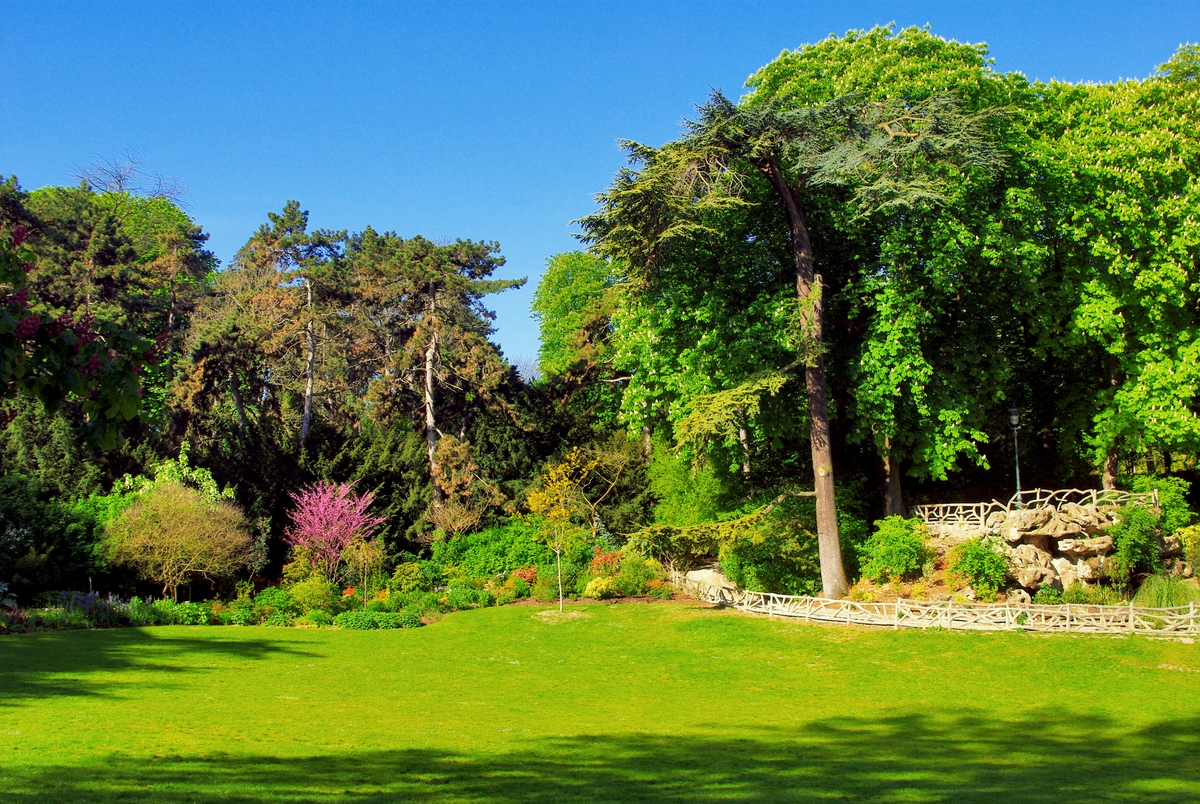
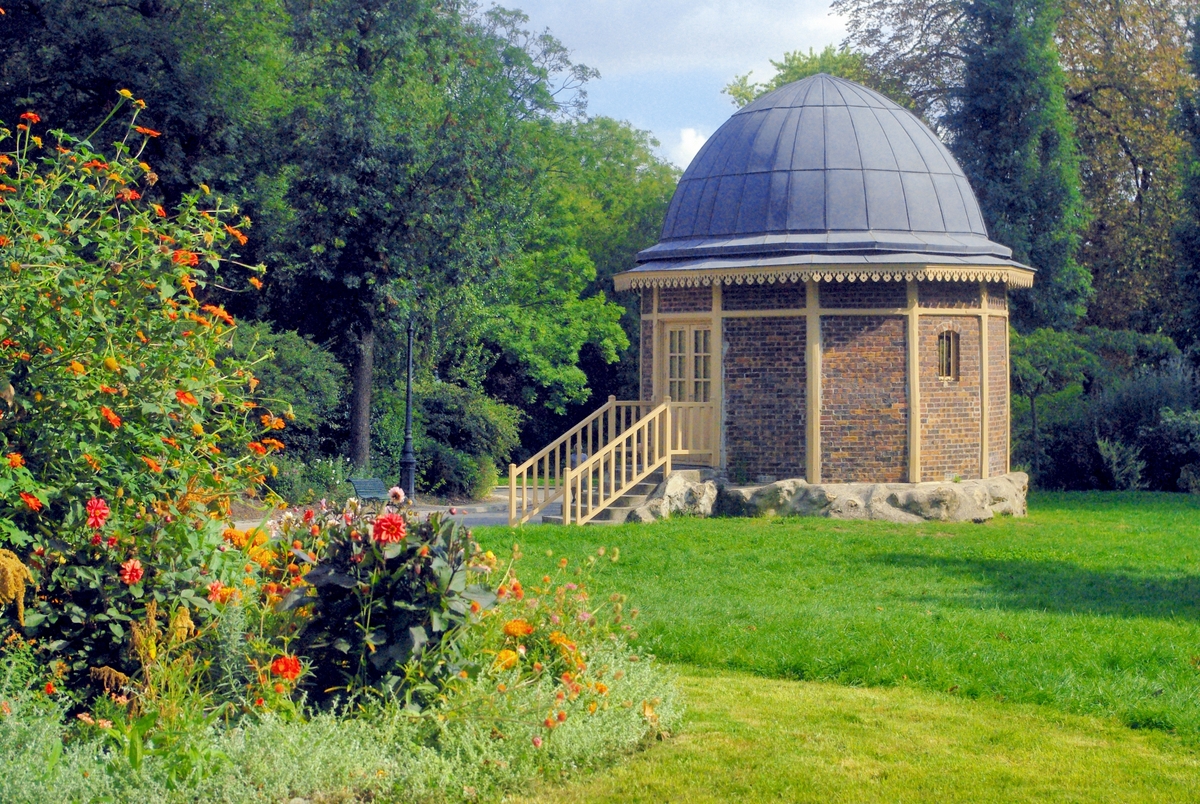
This large park (15 hectares) is landscaped as an English-style garden with vast lawns and groves of trees, a lake, a waterfall and a grotto. The railway line of RER C divides the park into two sections but is fortunately hidden by lush vegetation.
My favourite part: the promenade around the lake.
Parc André Citroën
- 1992
- 15th arrondissement
- Métro stations: Balard, Boulevard Victor (RER)
- free entrance
- website
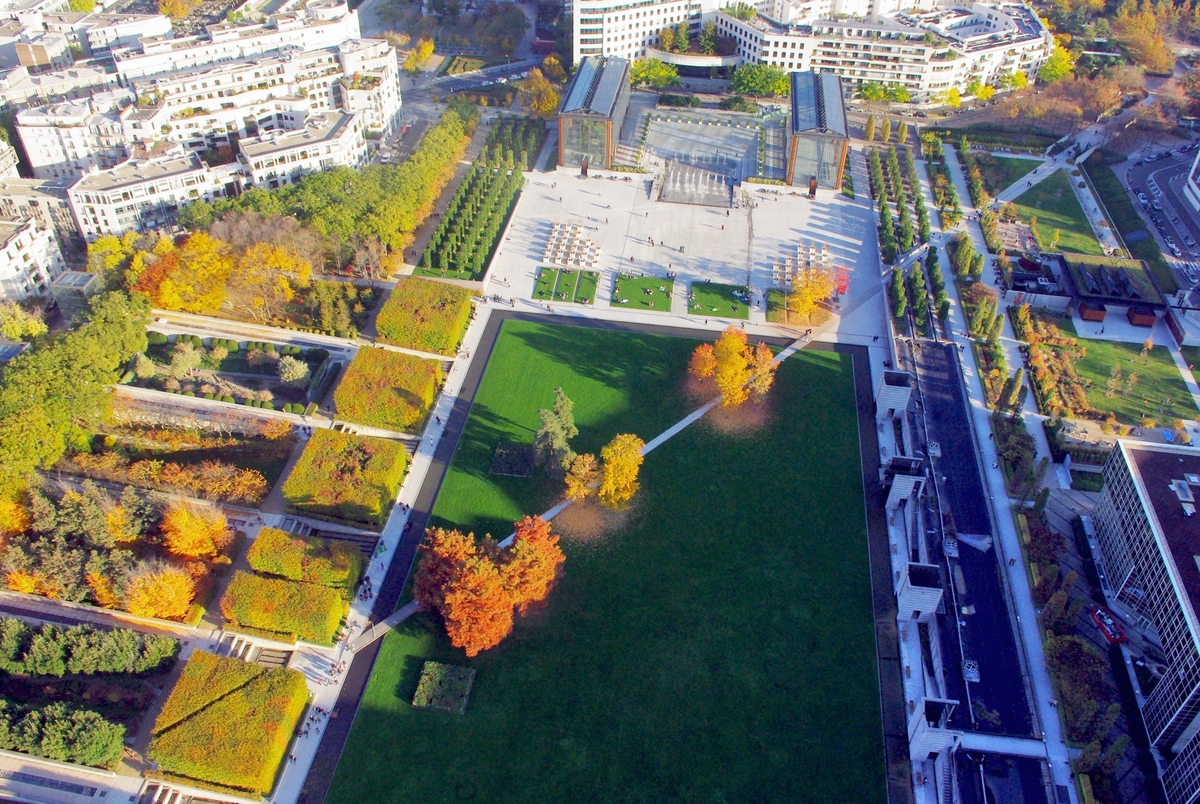
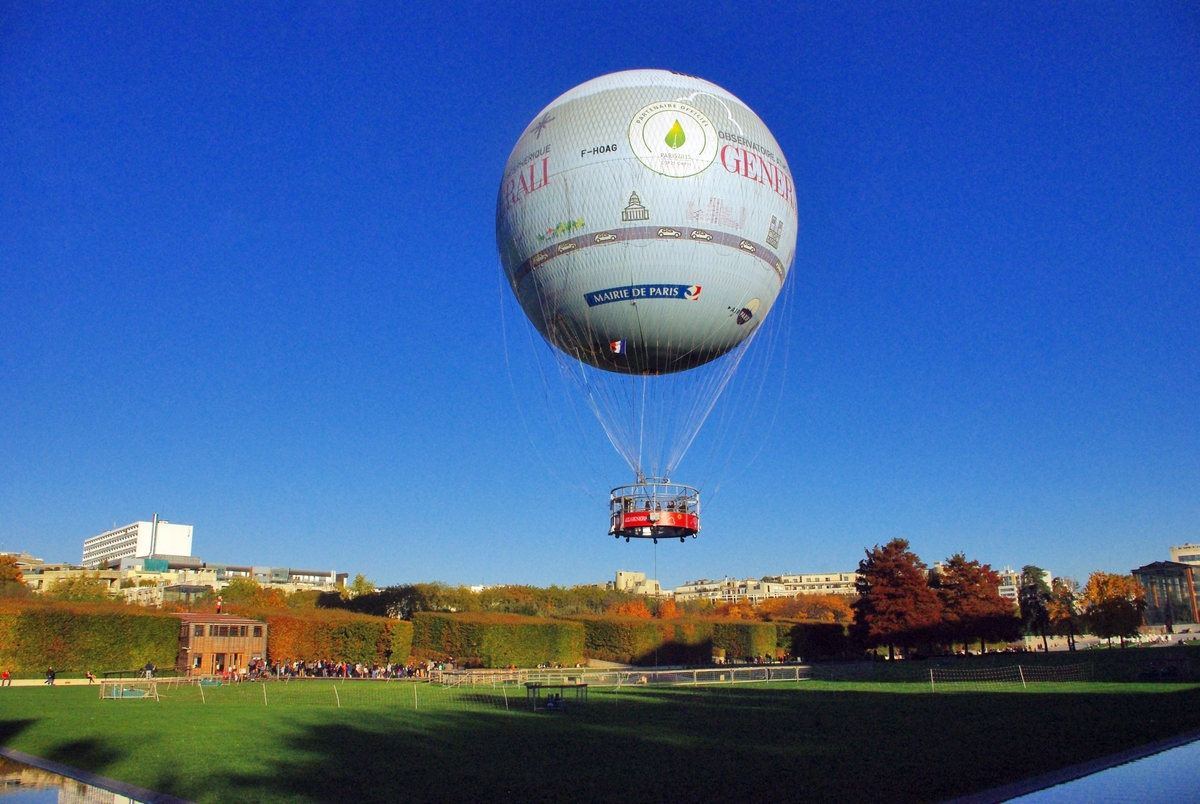
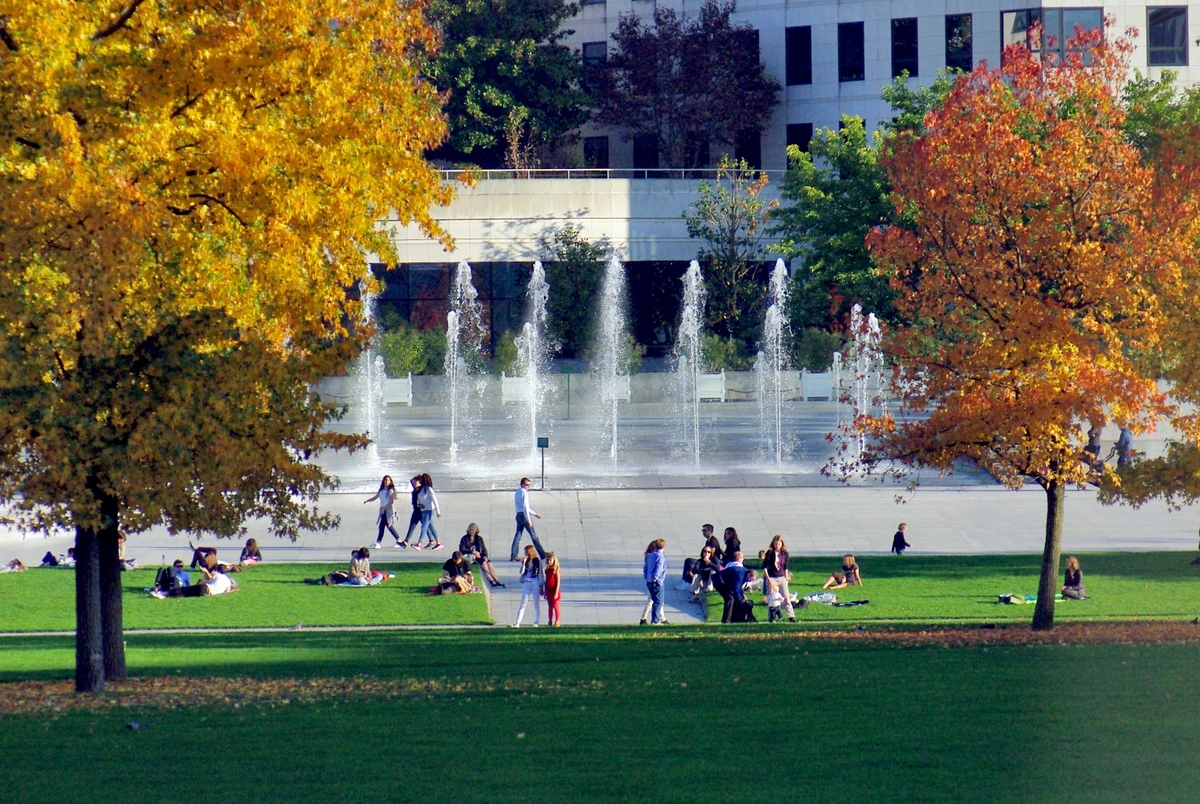
Parc André Citroën covers an area of 14 hectares on the Left Bank. It opened in 1992 on the site of the former Citroën automobile manufacturing plant.
The park is organised around a central, rectangular lawn. It features two greenhouse pavilions (hosting exotic plants and Mediterranean vegetation).
The park also hosts a tethered helium balloon (Ballon Generali) which takes a maximum of 30 visitors at 300 metres high. The ride takes 10 minutes and provides views of the Eiffel Tower, the River Seine, Montmartre and La Défense.
My favourite part: the ride aboard the hot-air balloon!! So much fun and the view over the South of Paris is stunning.
Parc Georges Brassens
- 1983
- 15th arrondissement
- Métro stations: Porte de Vanves, Georges Brassens (Tram)
- free entrance
- website
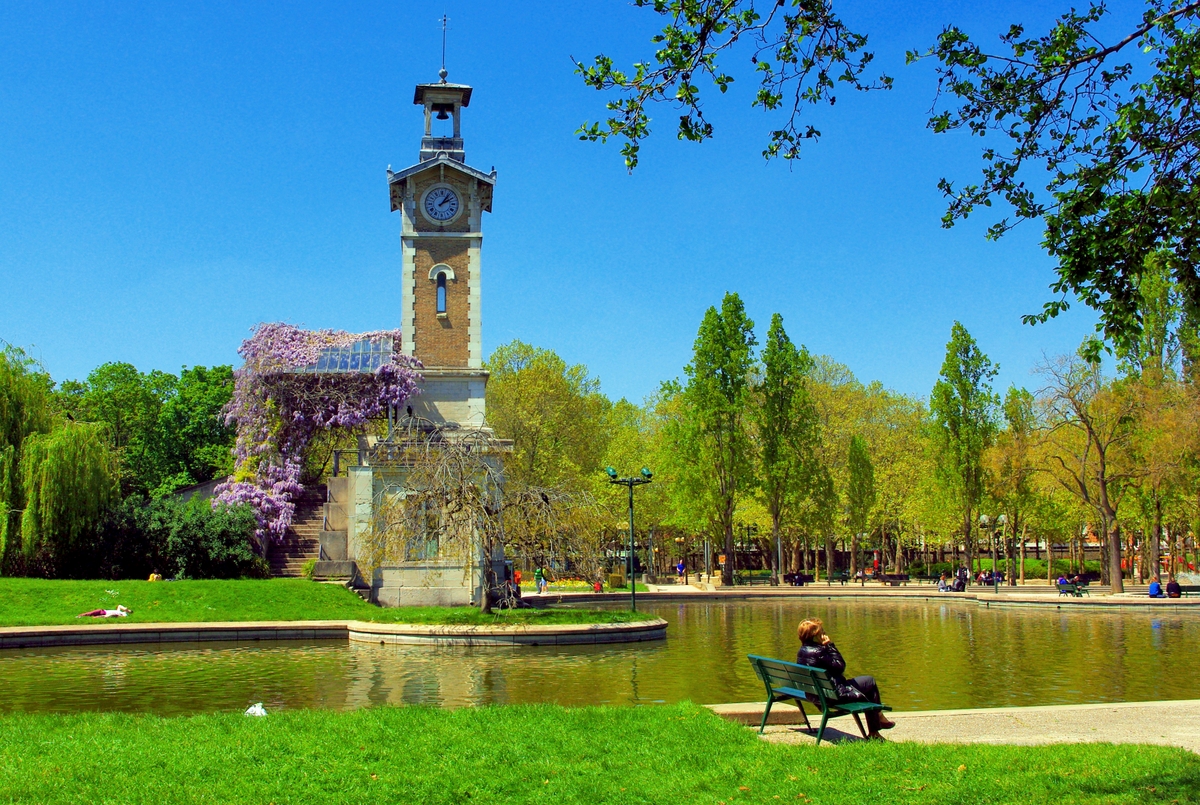
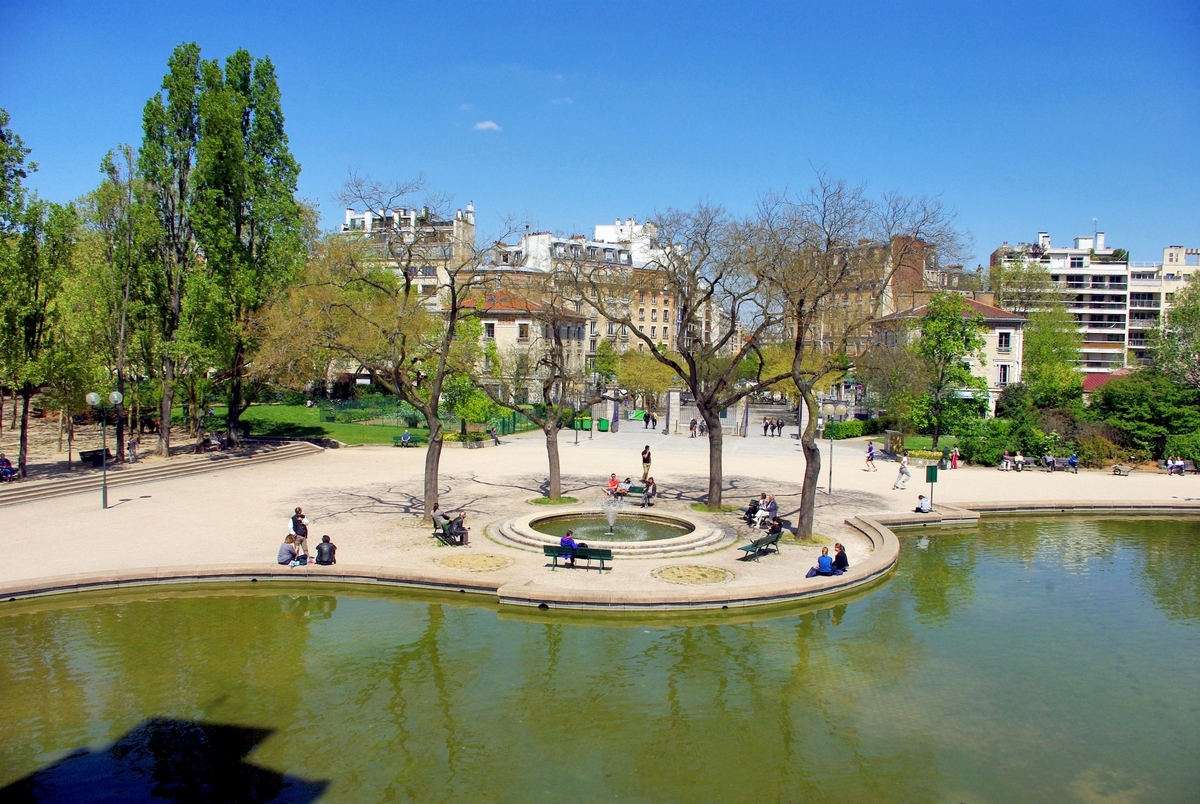
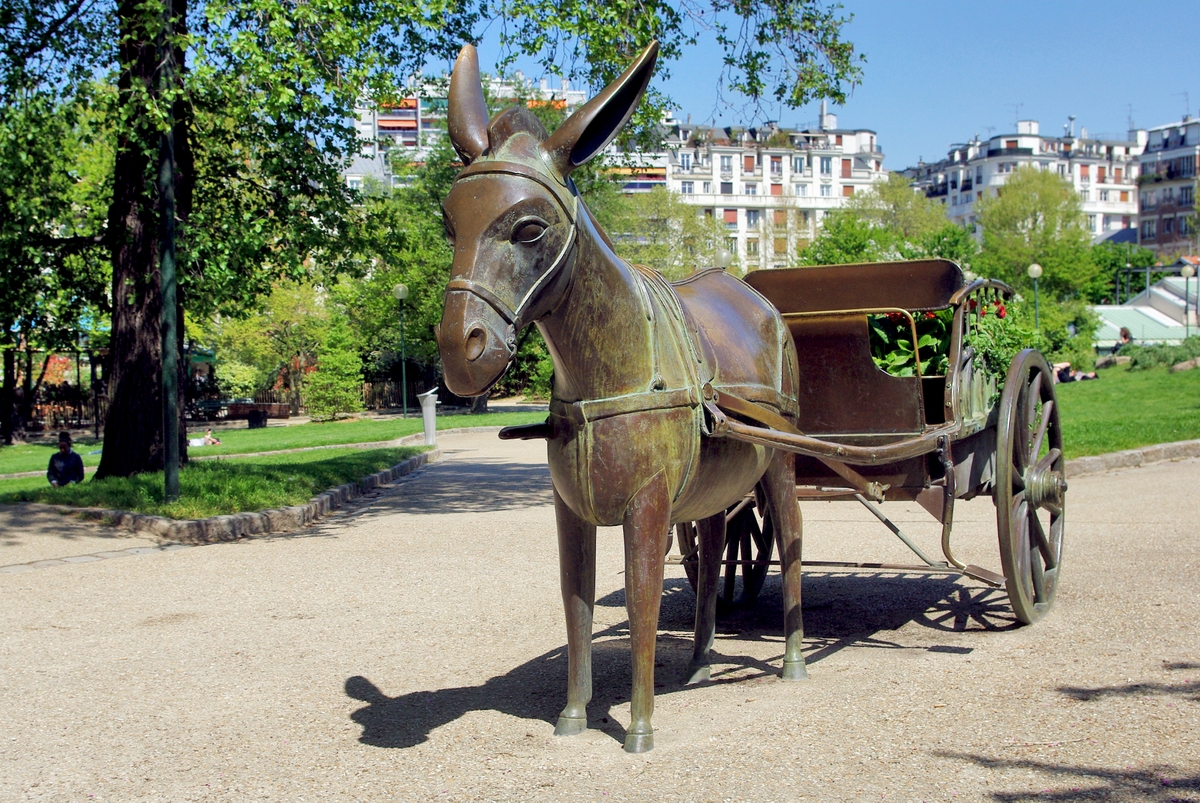
Parc Georges Brassens opened in 1983 on the site of a former horse market and slaughtered house. The park is centred on a large pond and the old bell tower of the former fish market.
The park’s pond is bordered by lawns and clumps of trees. It also has a rose garden and a garden of medicinal and aromatic plants. On the slopes of the park is a vineyard, as well as a winding stream and beehives.
My favourite part: exploring the uphill surroundings of the bell tower.
Parc Martin Luther King
- 2014
- 17th arrondissement
- Métro stations: Porte de Clichy, Pont Cardinet (Transilien)
- free entrance
- website
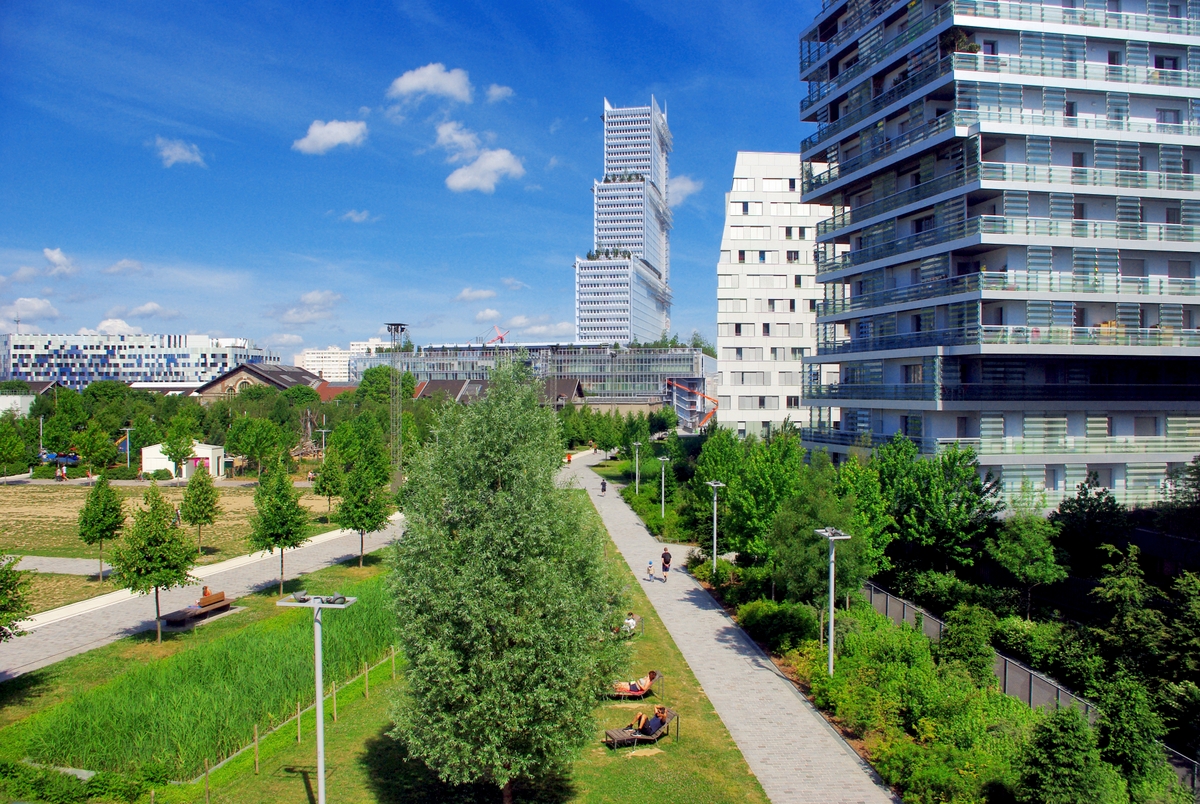
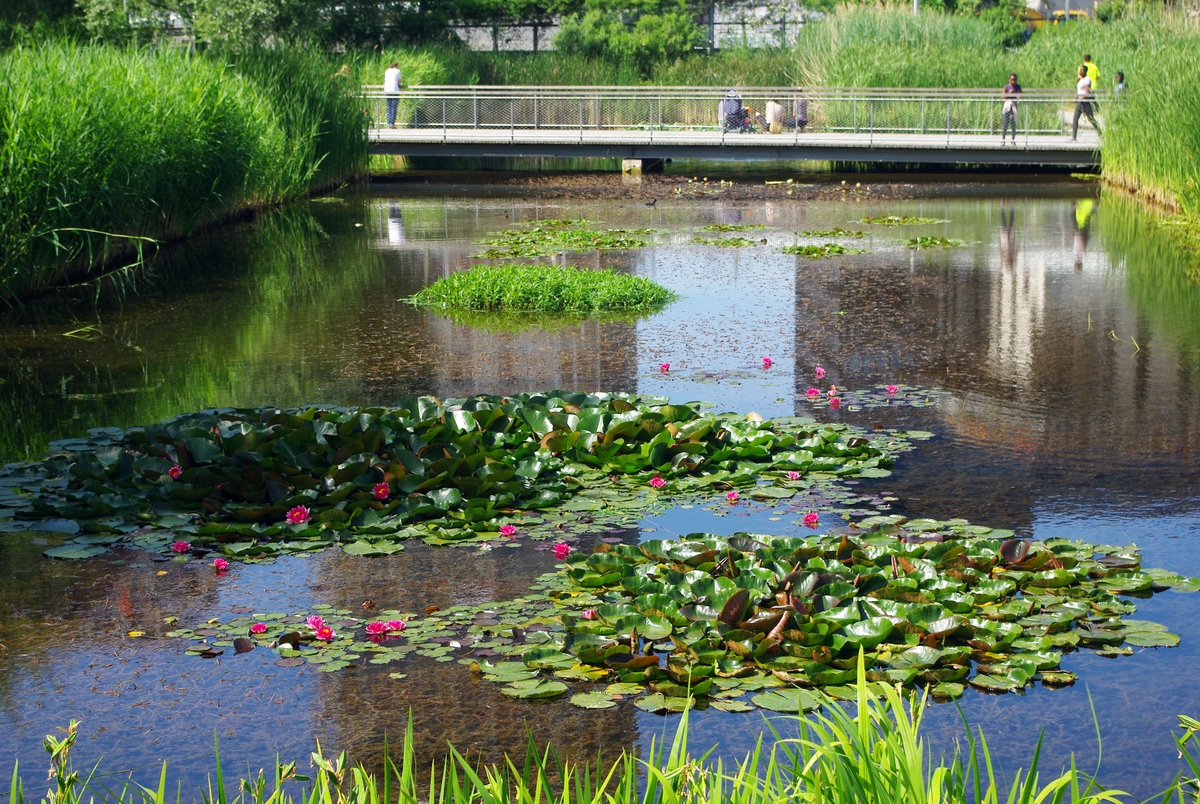
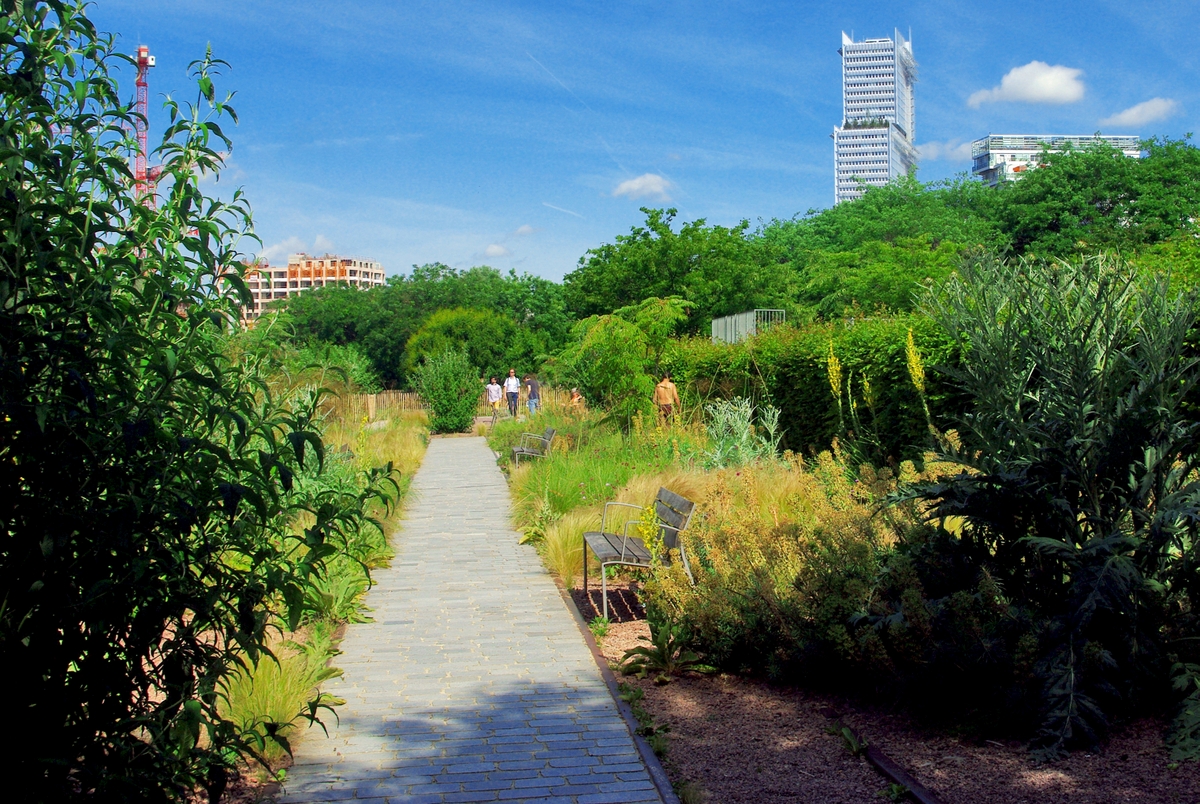
Also known as Parc Clichy-Batignolles, this is the last addition to Paris’ parks. The green space opened in 2007 and is
scheduled to be completed in a couple of years. At completion, the 6.5 ha park will cover 10.8 ha, making it one of the largest parks and gardens of Paris.
Martin Luther King Park was created on land formerly occupied by the SNCF’s freight yards. This explains why many of the parks’ lanes have been set on the old rail tracks. When completed the park will consist of three zones: the seasons of the year, sports and water.
My favourite part: the water ponds.
Square Louise-Michel (formerly Willette)
- 1877
- 18th arrondissement
- Métro station: Anvers
- free entrance
- website
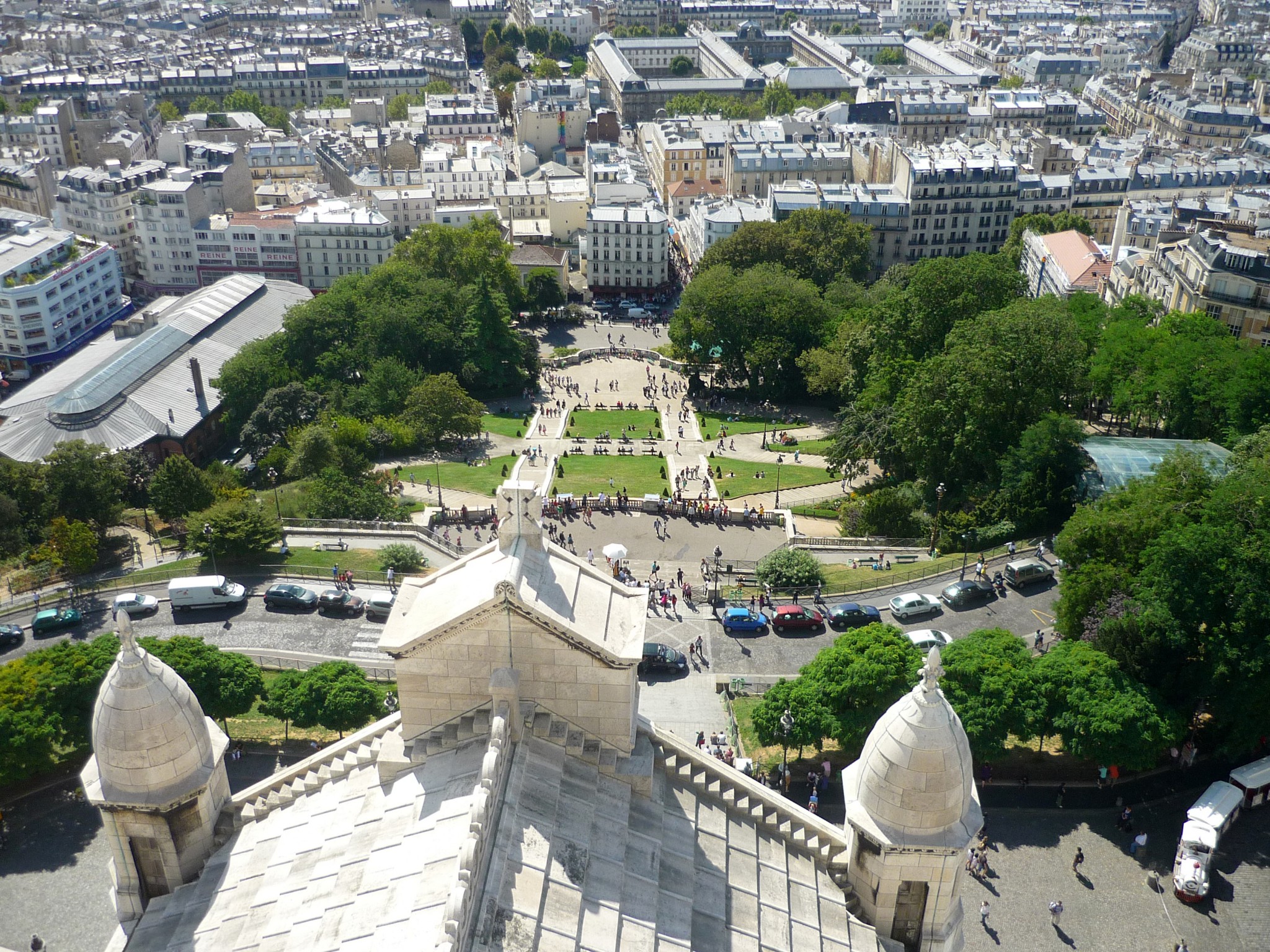
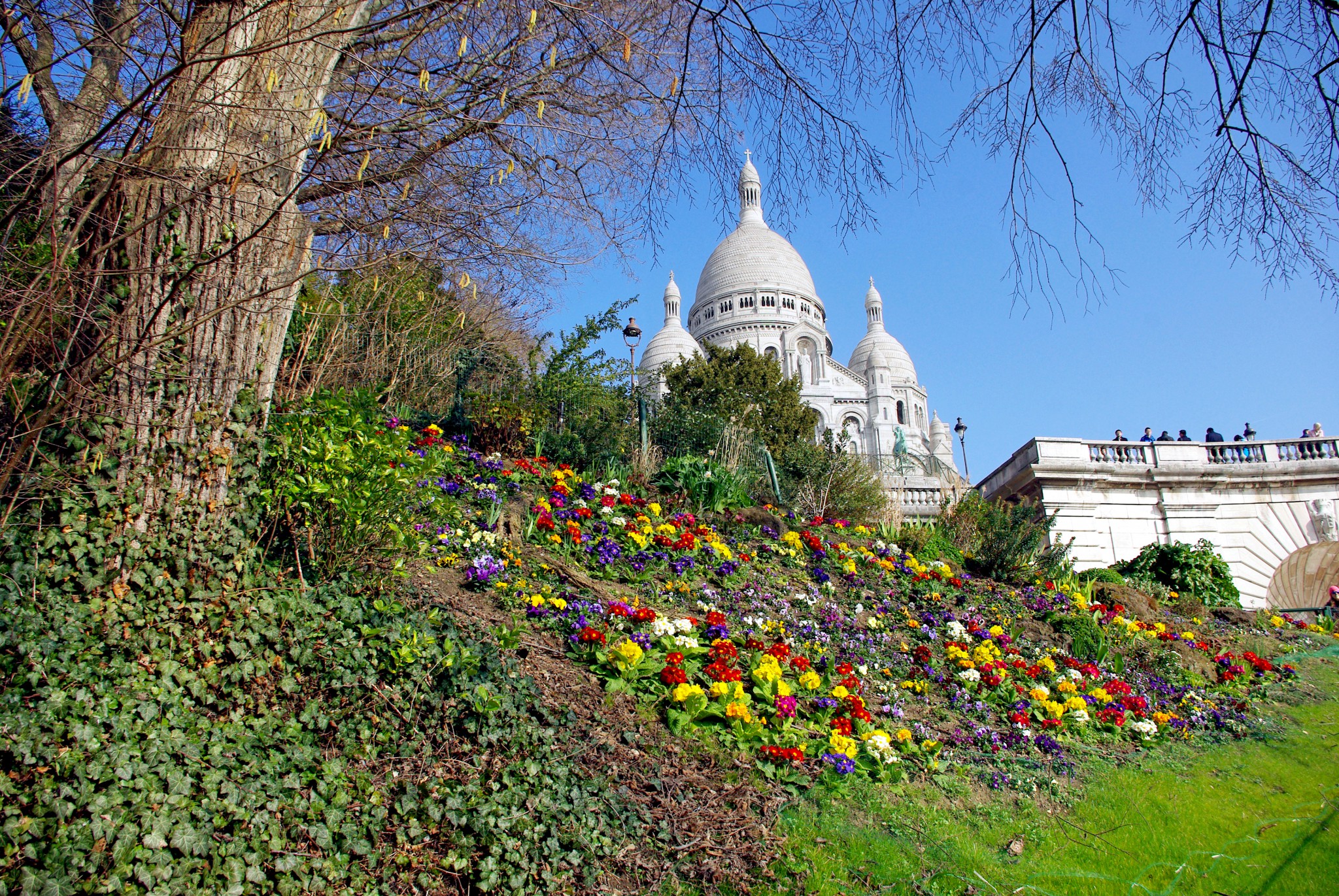
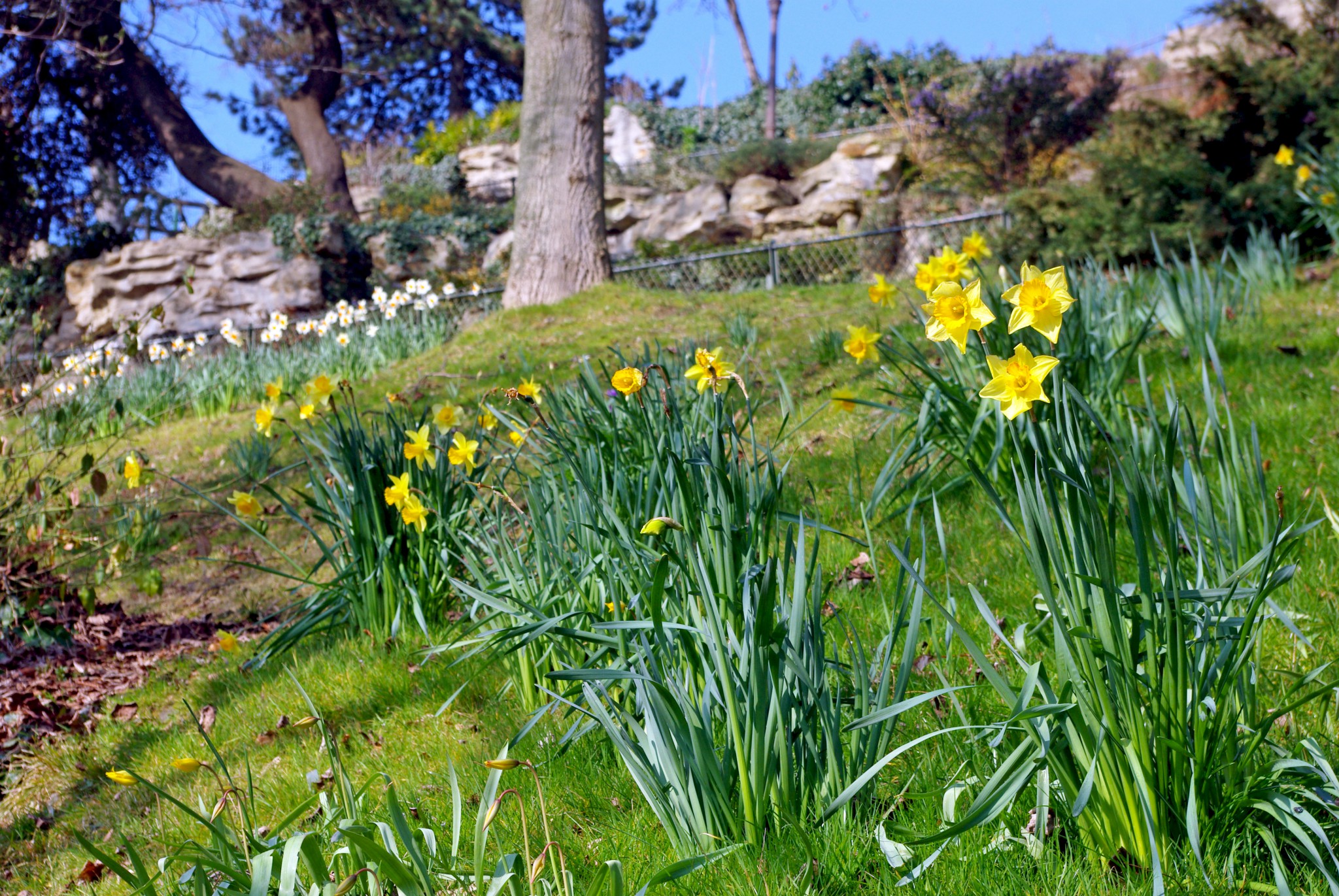
Although relatively small compared to the great parks and gardens of Paris, the Square Louise-Michel is nevertheless a famous one as it provides a spectacular view of Sacré-Cœur atop the hill of Montmartre.
From place Saint-Pierre, a succession of stairs and steep lanes lead to the top of the hill at the forecourt of Sacré-Cœur.
To the west, the park is bordered by the iconic funicular of Montmartre.
My favourite part: the ascent through the steep lanes and stairs to the right.
Find out more about the Square Louise Michel.
Cimetière du Père Lachaise
- Early 19th century
- 20th arrondissement
- Métro stations: Père Lachaise, Gambetta
- free entrance
- website
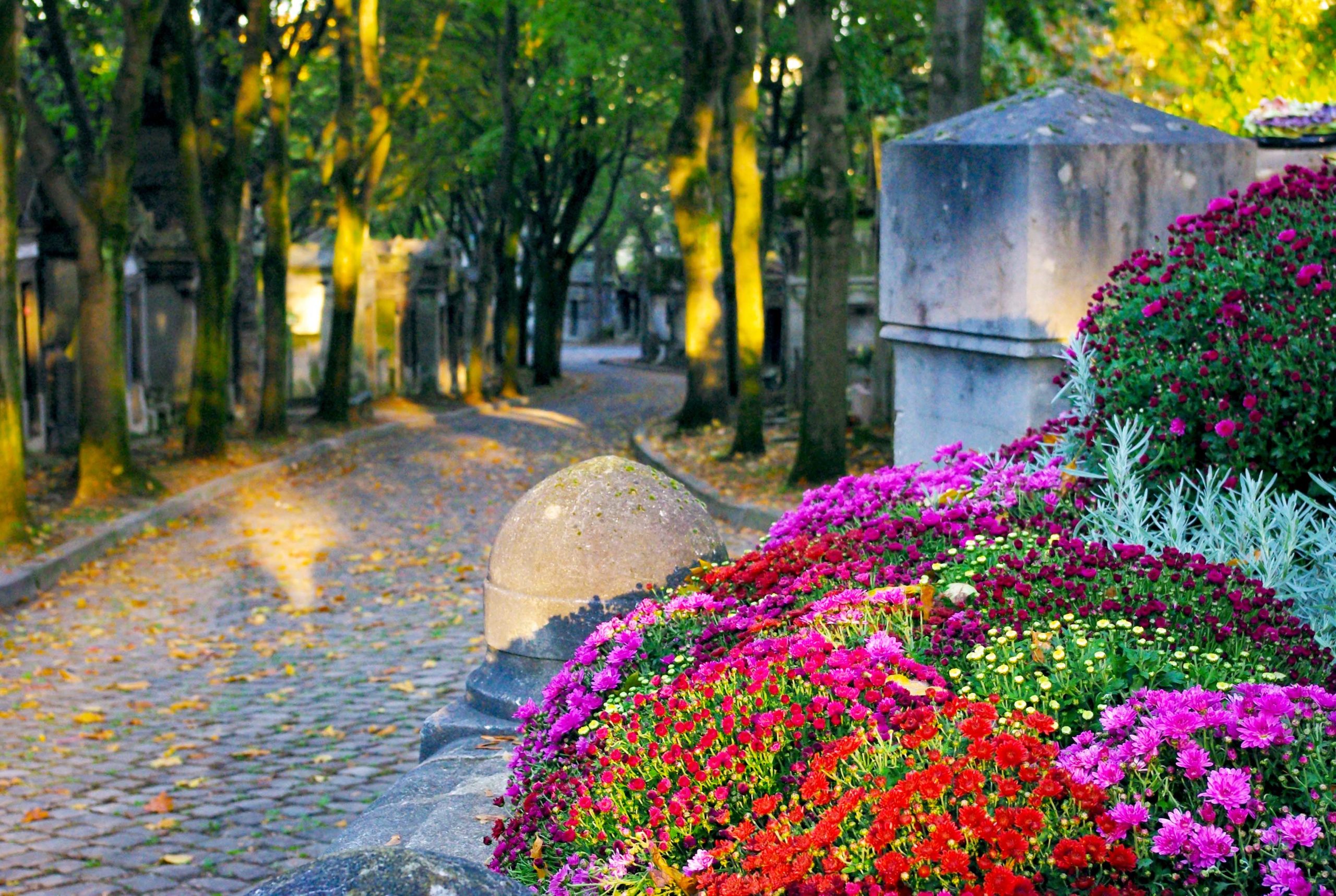
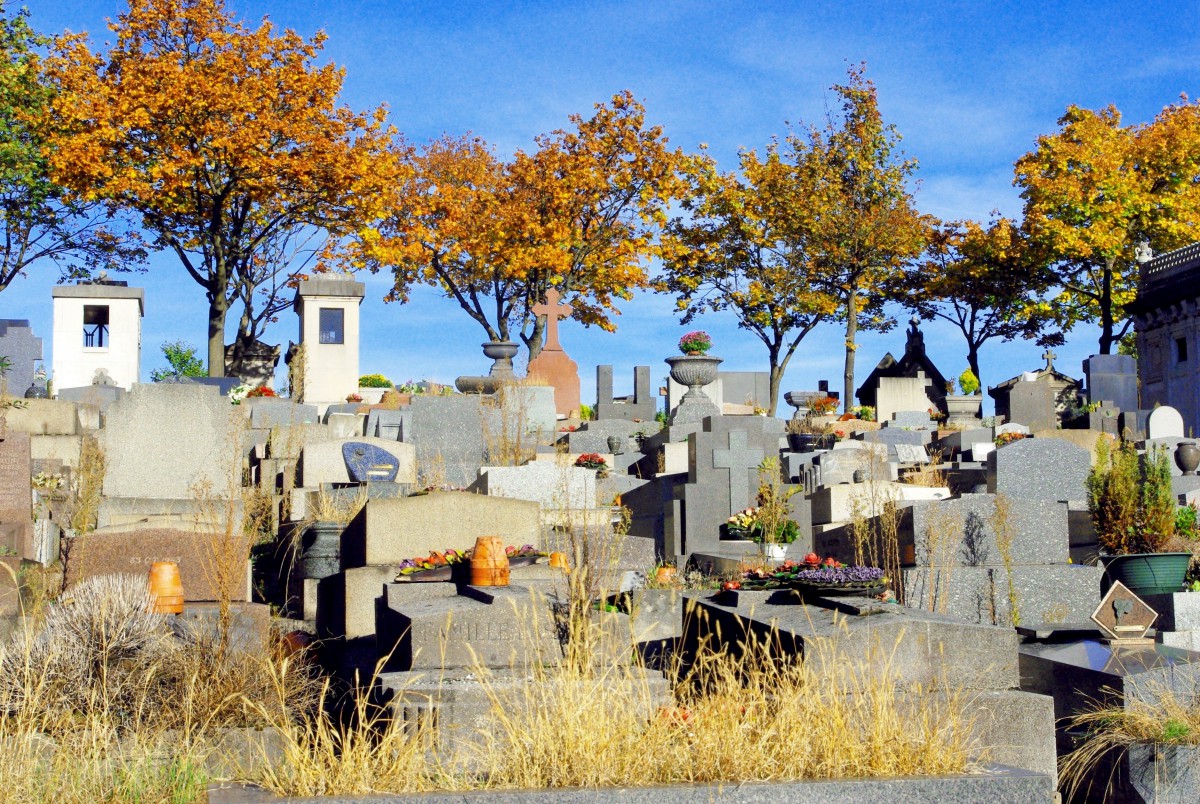
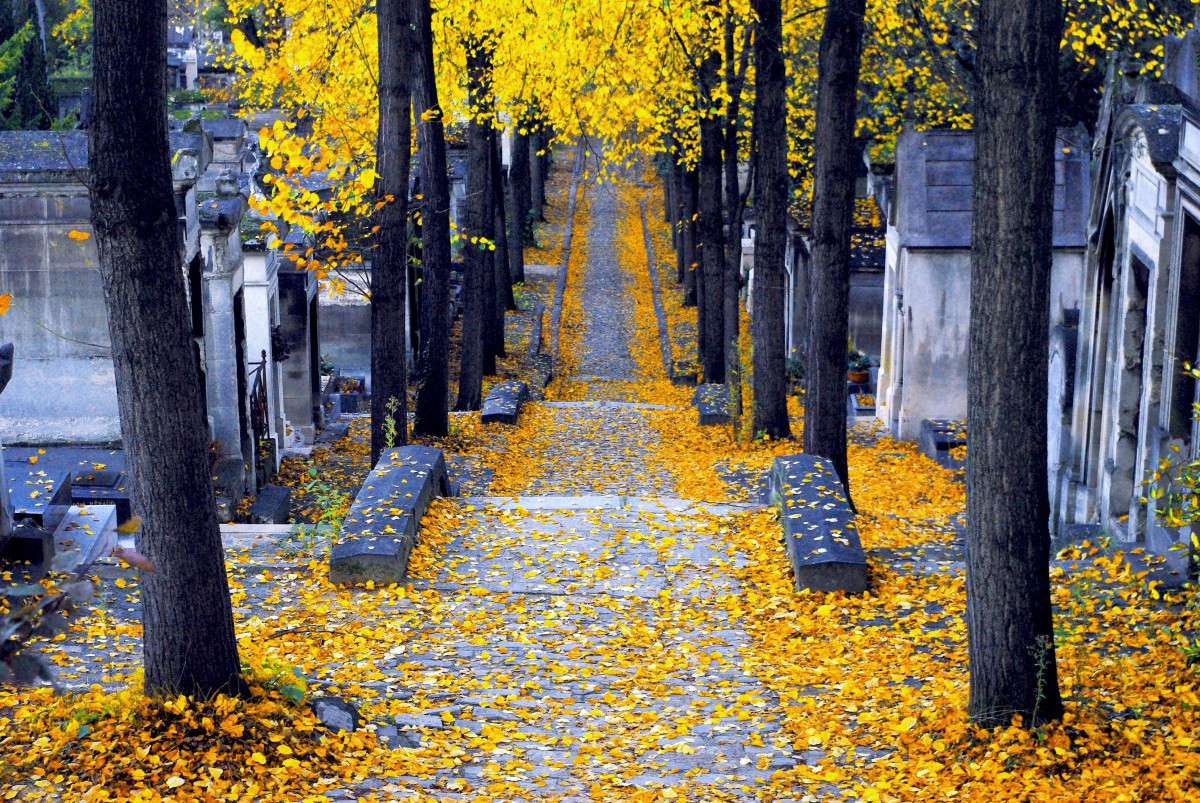
Against all odds, the Père Lachaise Cemetery in the east of Paris is one of the favourite green places for Parisians and tourists alike.
The largest cemetery in the City of Paris, Père Lachaise is also the first garden cemetery and greatly differs from other similar places such as the Montmartre or Montparnasse cemeteries.
Along the promenade, visitors can discover the graves of many celebrities: Guillaume Apollinaire, Honoré de Balzac, Sarah Bernhardt, Maria Callas, Frédéric Chopin, Jean de la Fontaine, Molière, Jim Morrison, Édith Piaf, Marcel Proust, and Oscar Wilde. Click here to book your guided visit of Père Lachaise cemetery!
My favourite time of the year to explore the cemetery is in autumn when the trees’ foliage turns in bright yellow and red colours!
My favourite part: the atmosphere of the cemetery in October…
Find out more about the Père Lachaise cemetery.
Jardin des Champs-Élysées
- Early 19th century
- 8th arrondissement
- Métro stations: Concorde, Champs Elysées Clemenceau, Franklin D Roosevelt, George V, Charles de Gaulle Etoile
- free entrance
- website
This is perhaps one of my least favourite parks and gardens of Paris… despite its prestigious address!
I believe this park could well rank among the city’s most beautiful green spaces… if only it was renovated (I heard that the municipality has planned a revamp soon, who knows, maybe for the 2024 Olympic Games?)
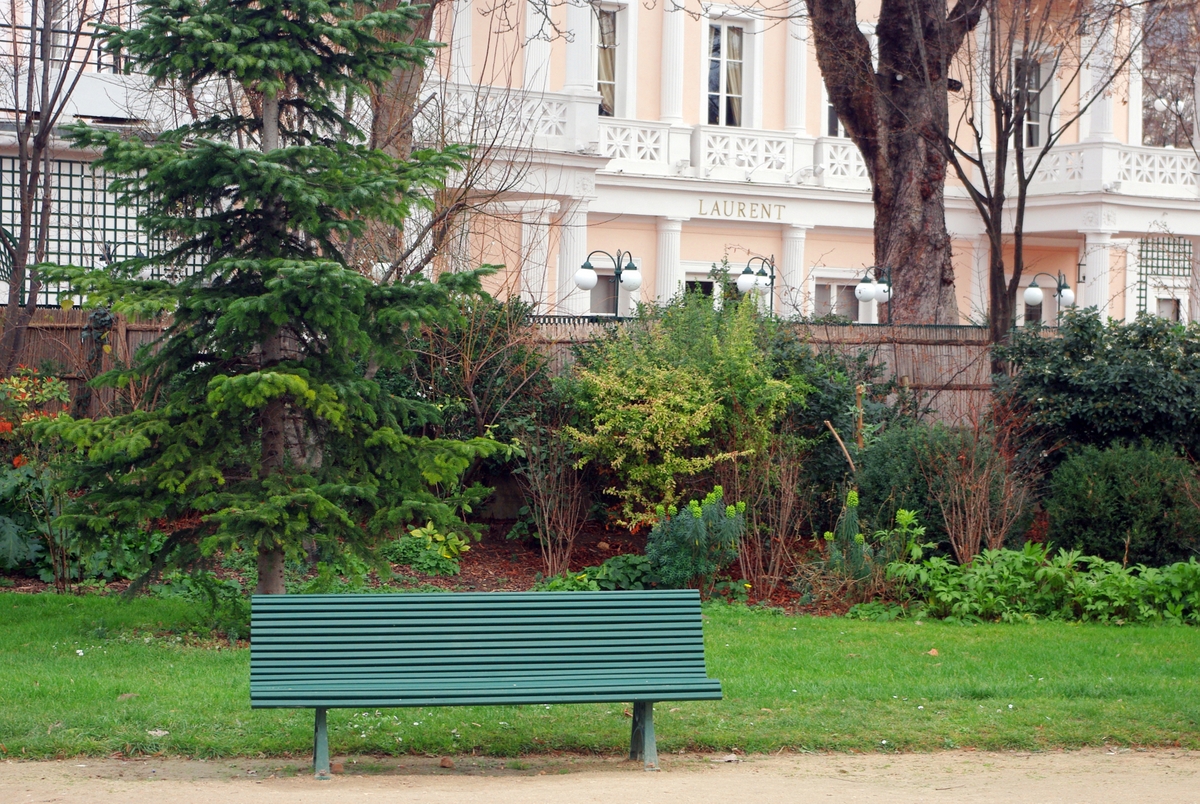
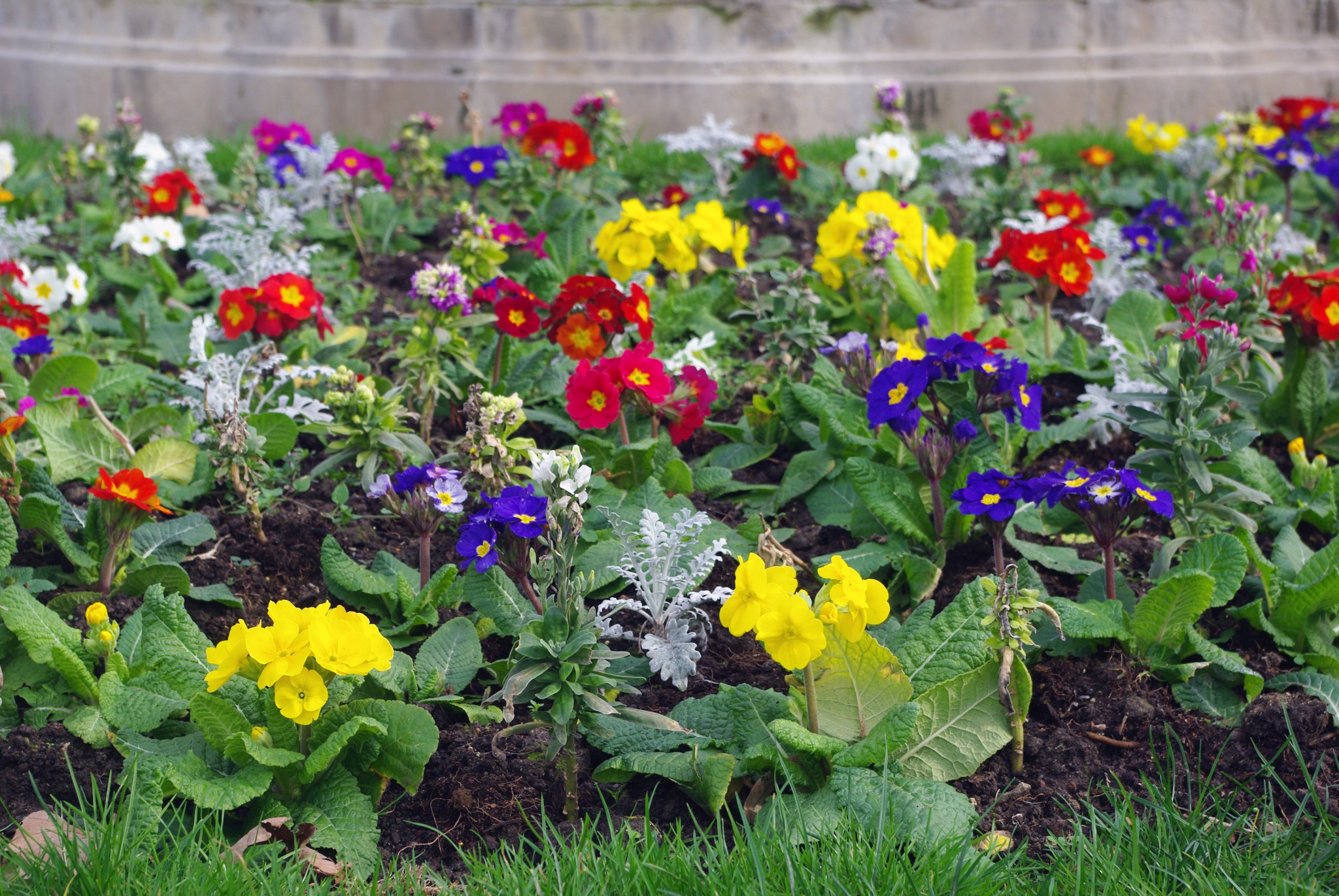
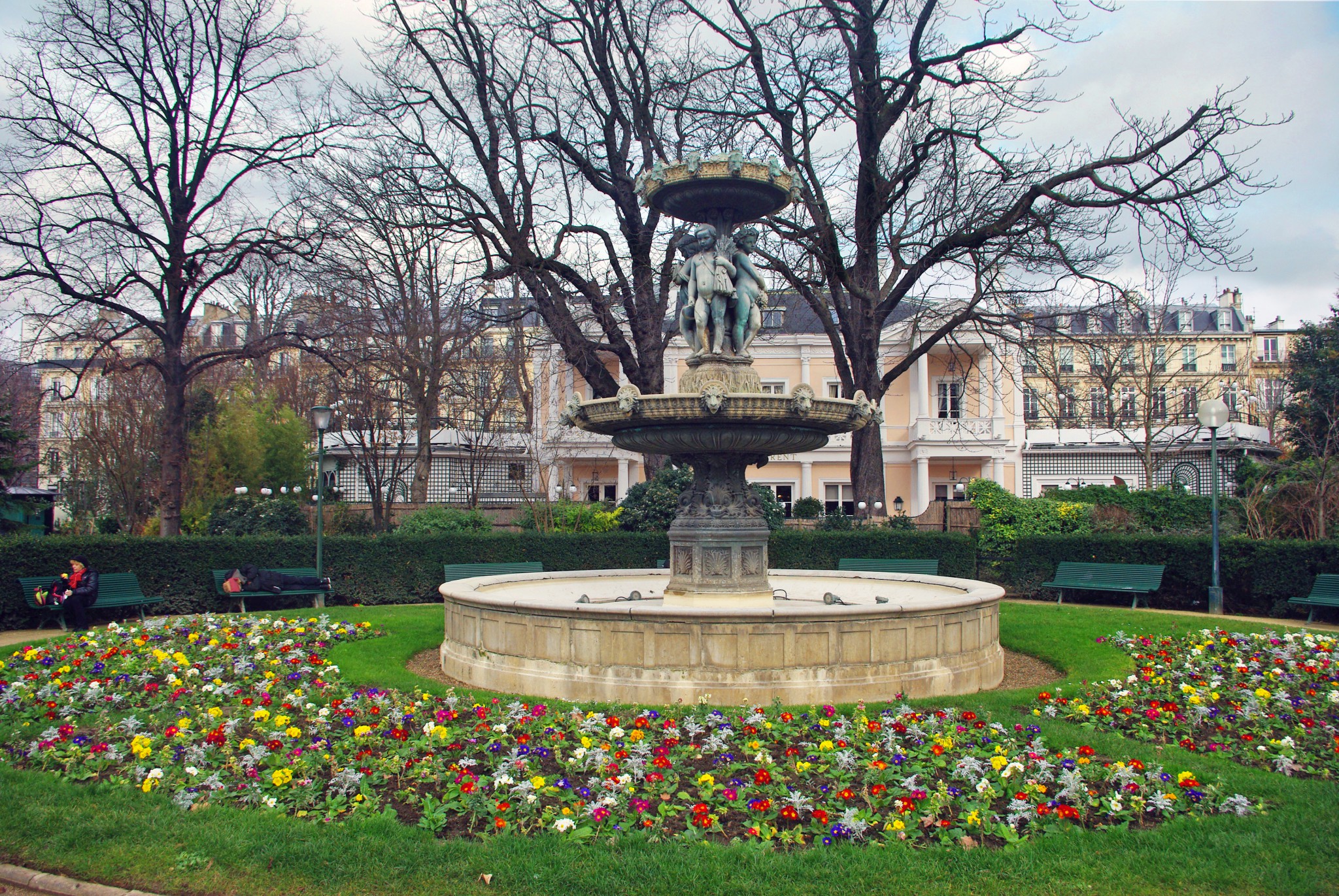
The lower section of the Avenue des Champs-Élysées, from the Place de la Concorde to the Rond Point des Champs-Élysées, is bordered on each side by the English gardens designed by the architect Hittorff (1838).
Consisting of lawns, beautiful conker trees and shrubberies, they blend harmoniously with the pleasure pavilions.
This is where you can get a peek at the Elysée Palace (or at least at the magnificent ornate gate).
Find out more about the Champs-Élysées.
Other great parks and gardens of Paris
There are other interesting squares in Paris worth mentioning:
Jardin Nelson Mandela (formerly Jardin des Halles) (1st arrt)

Jardin Anne Frank (3rd arrt)
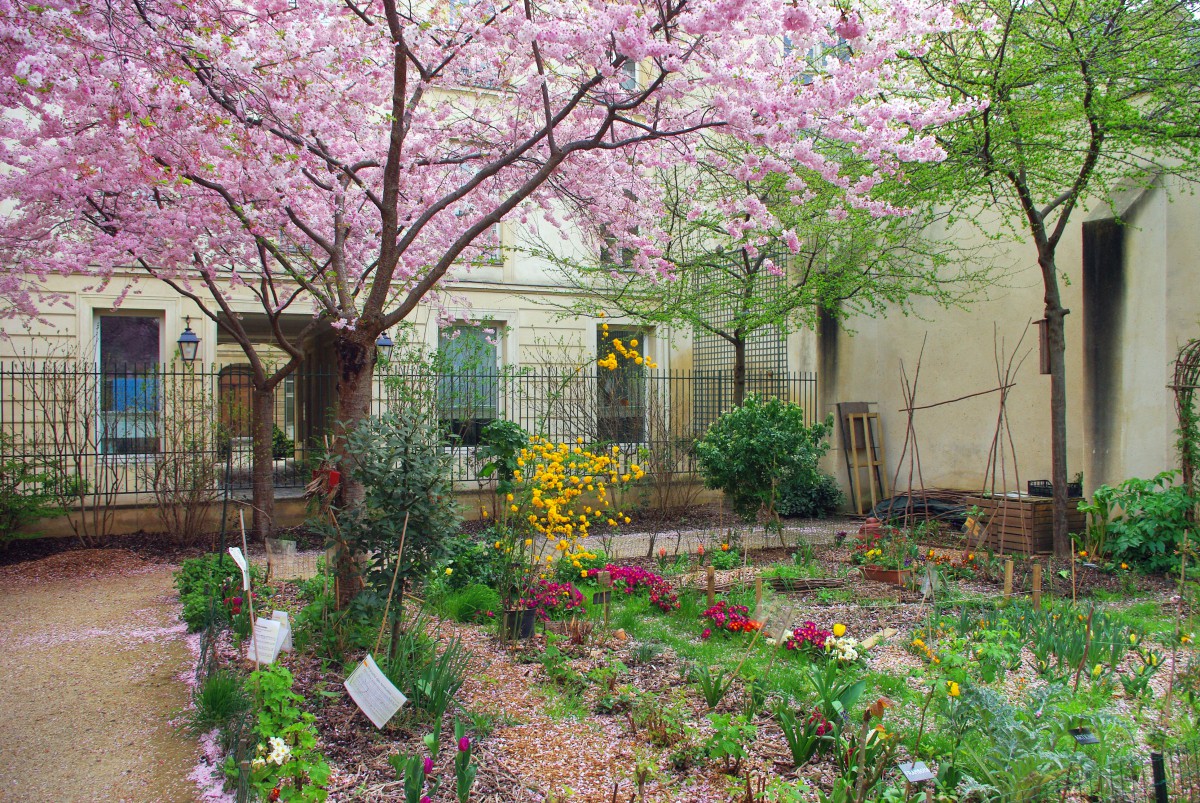
Square du Temple (3rd arrt)
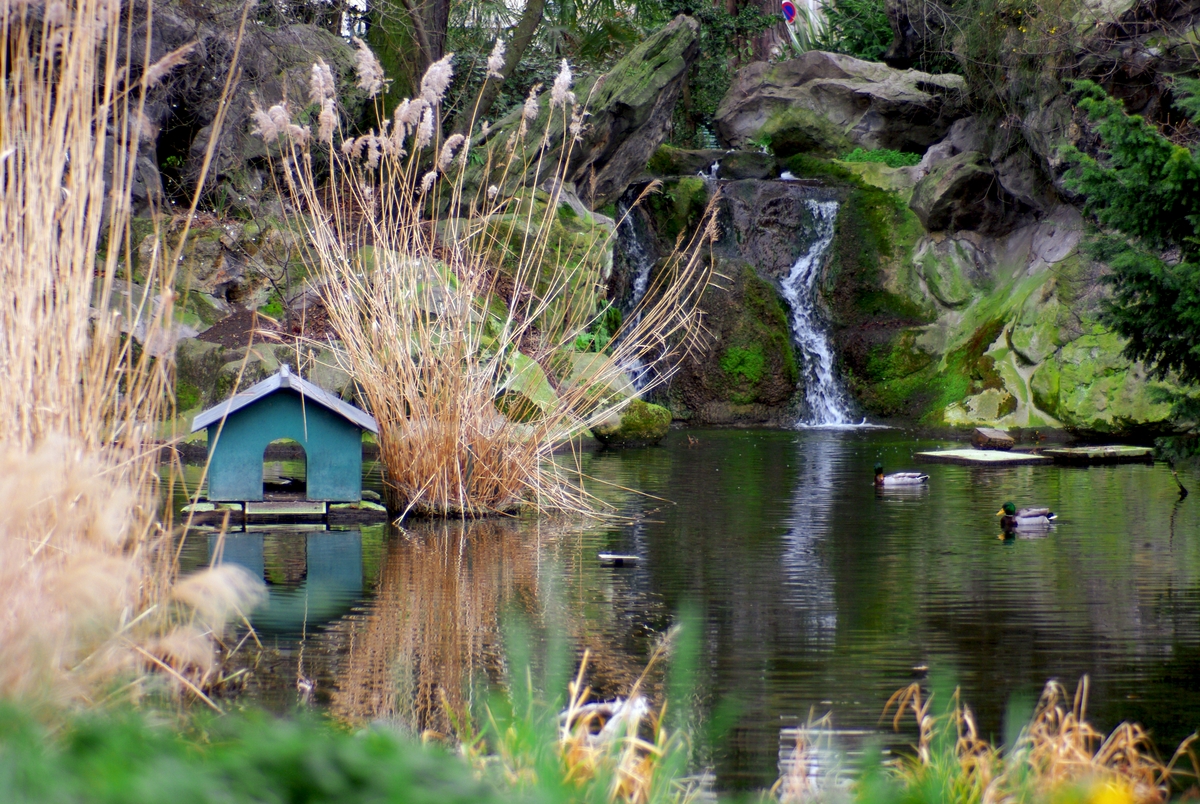
Notre-Dame’s Square Jean XXIII (4th arrt)
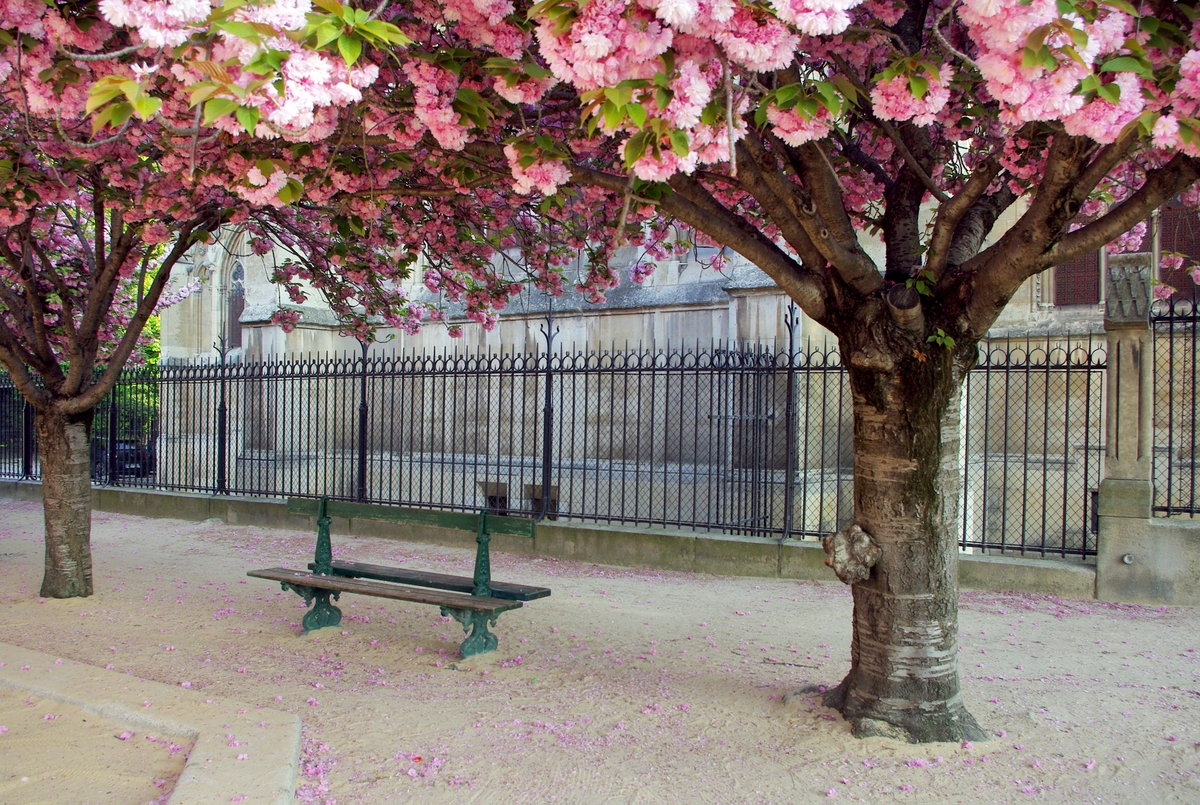
Square de la Tour Saint-Jacques (4th arrt)
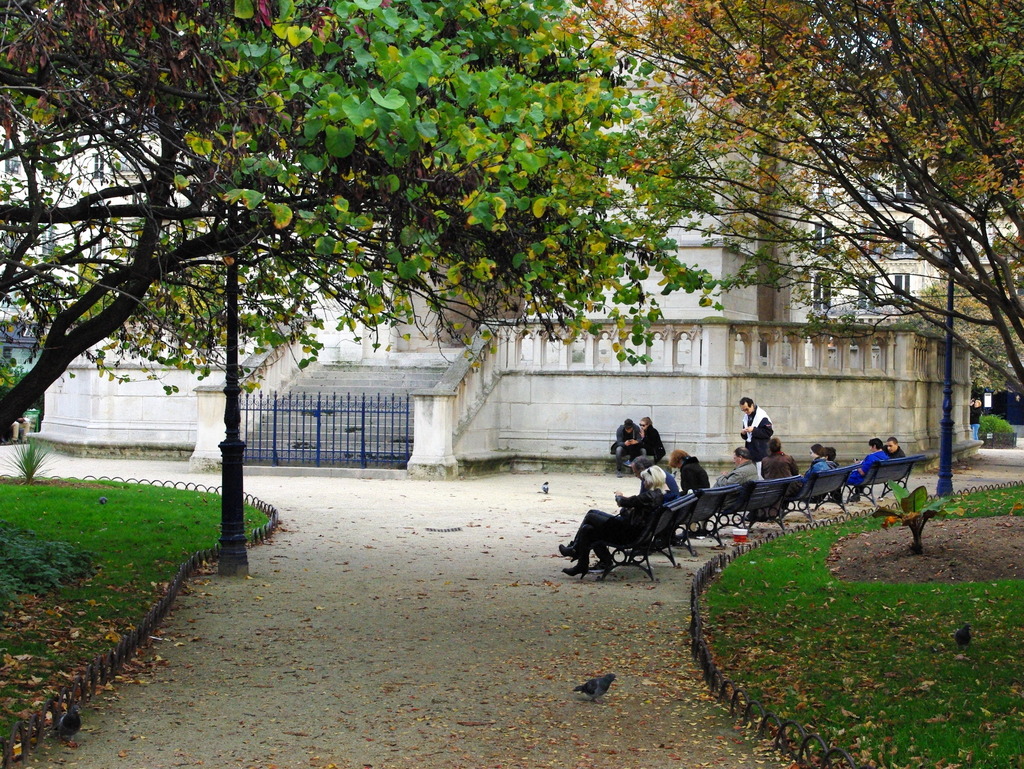
Square Louis XIII, Place des Vosges (4th arrt)
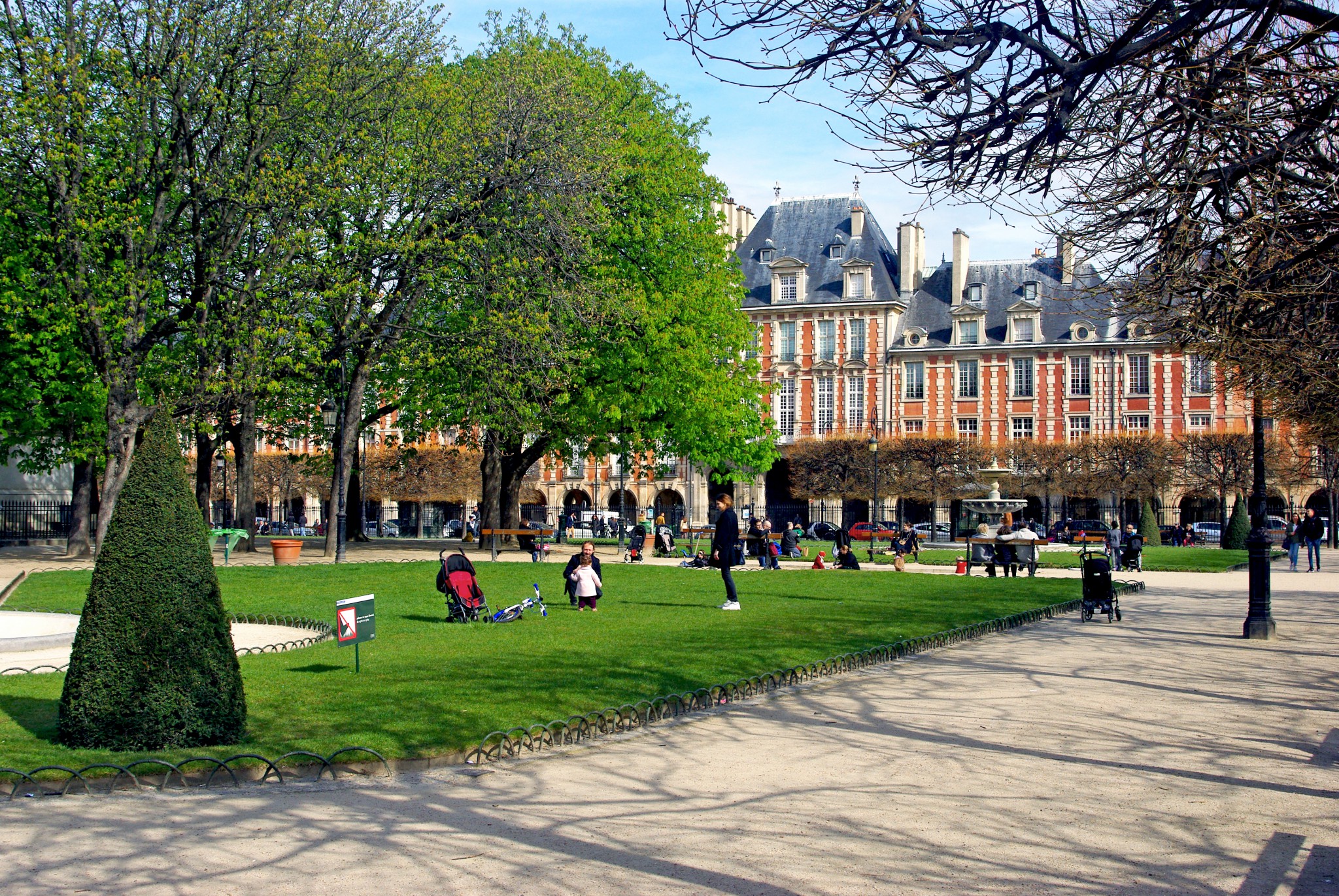
Square René Viviani (5th arrt)
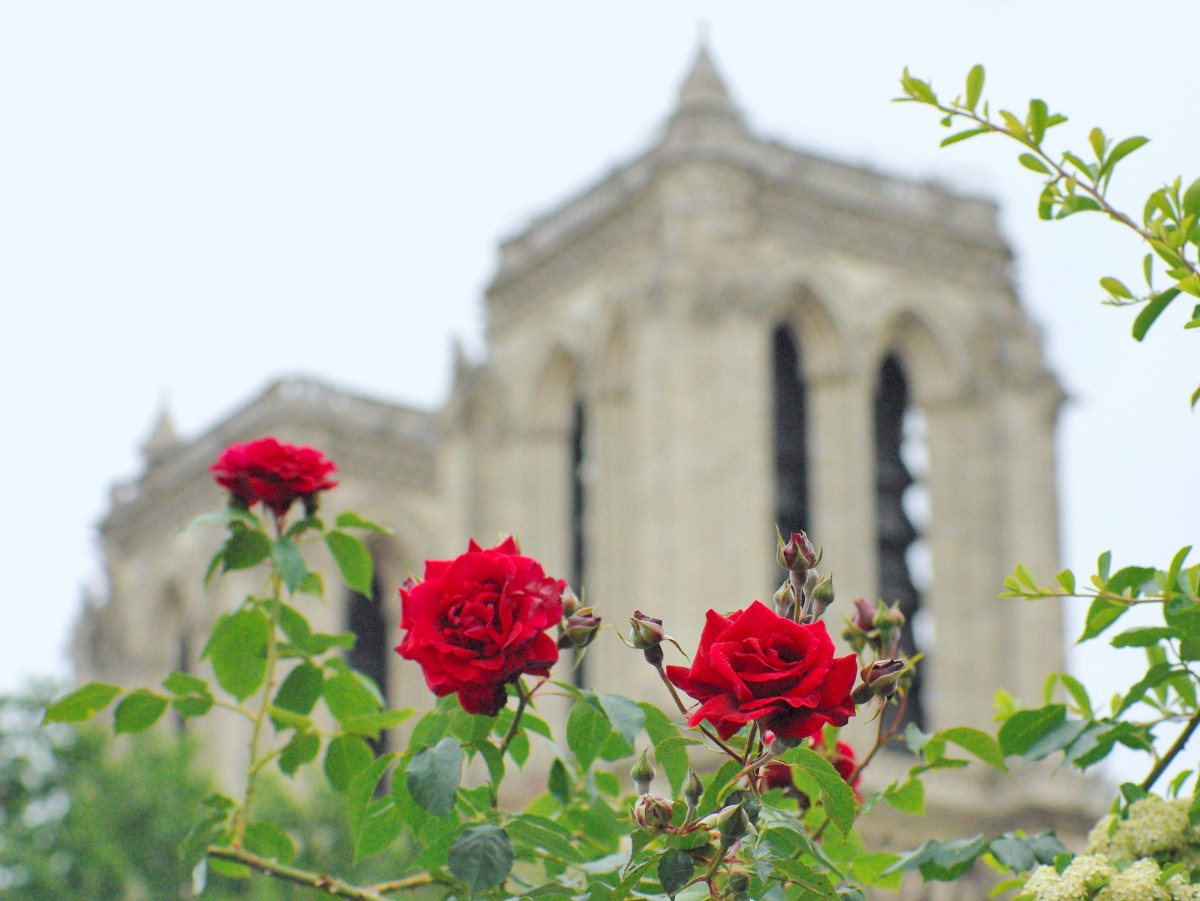
Esplanade des Invalides (7th arrt)
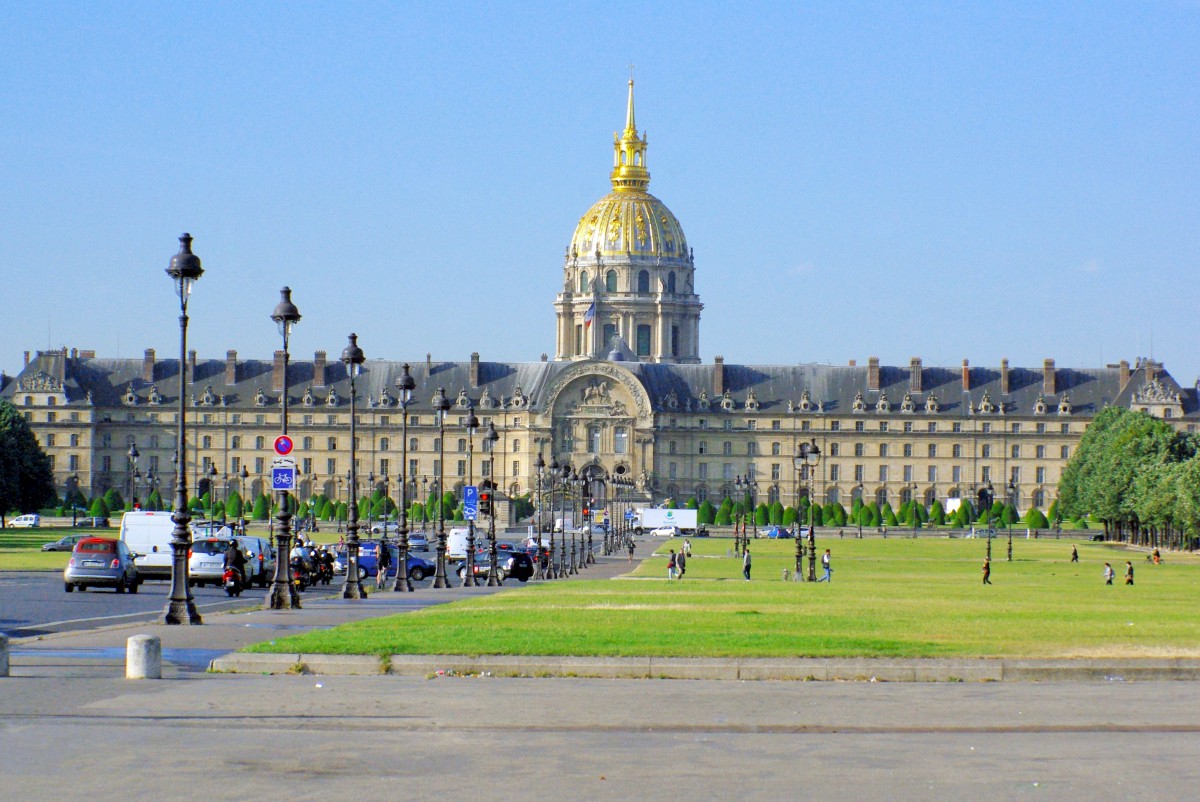
Jardin de Reuilly (12th arrt)
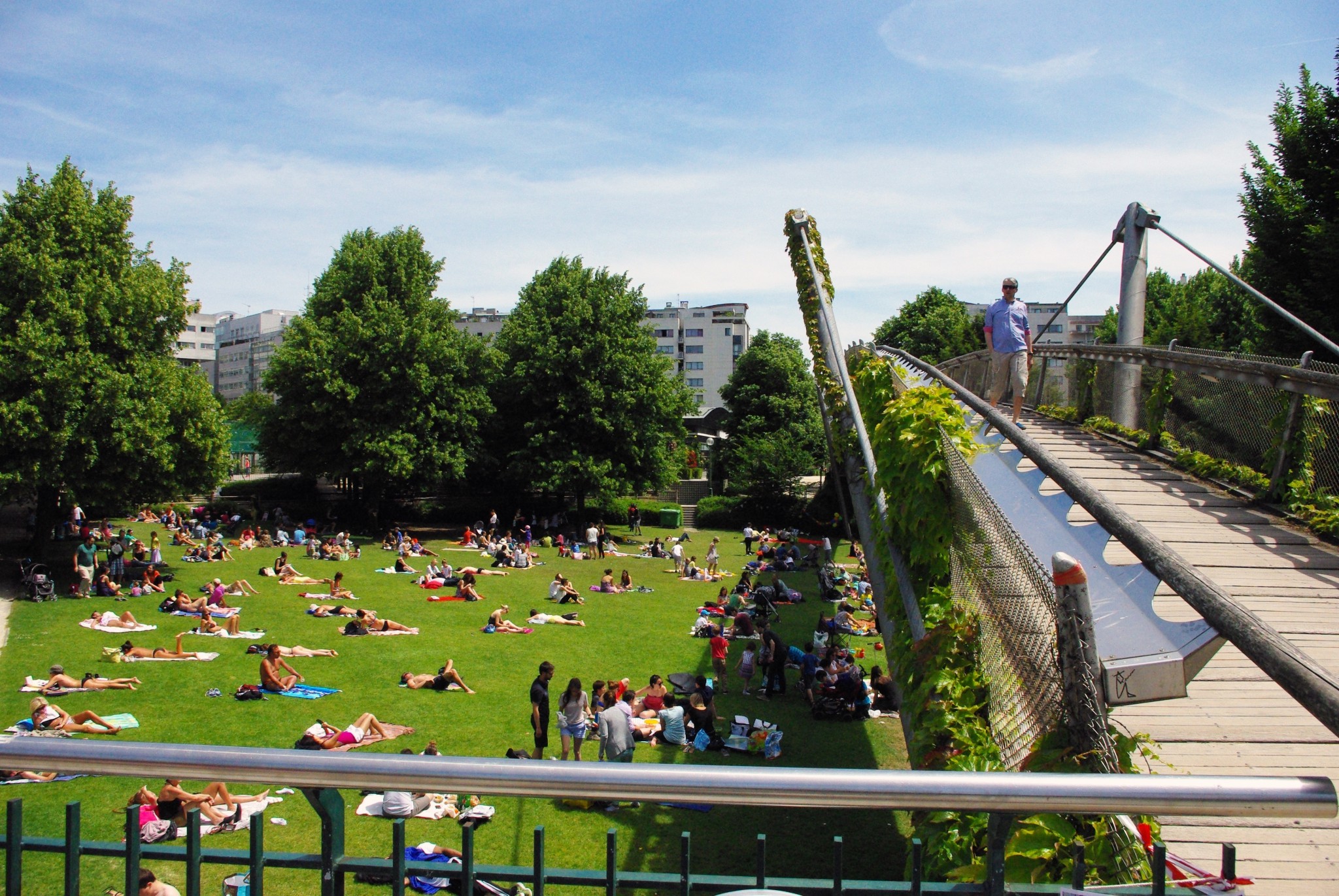
Jardin Atlantique (14-15th arrt)
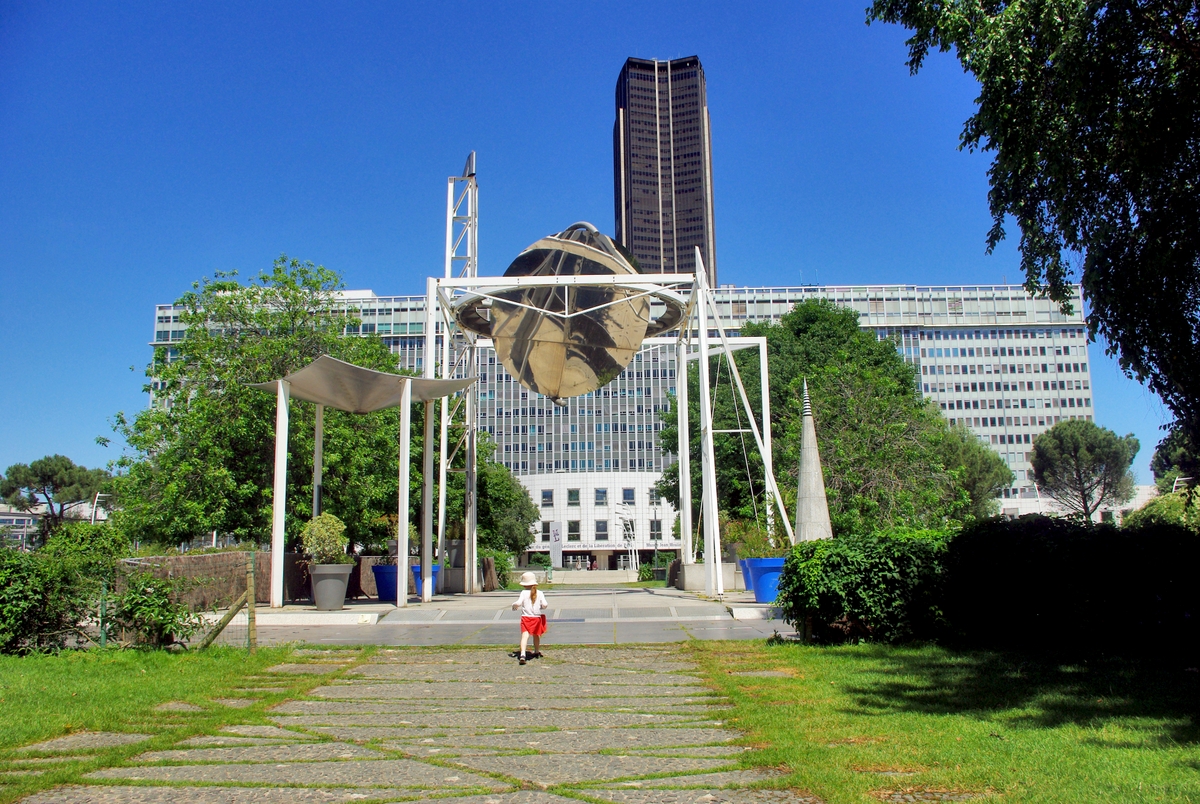
Serres d’Auteuil (16th arrt)
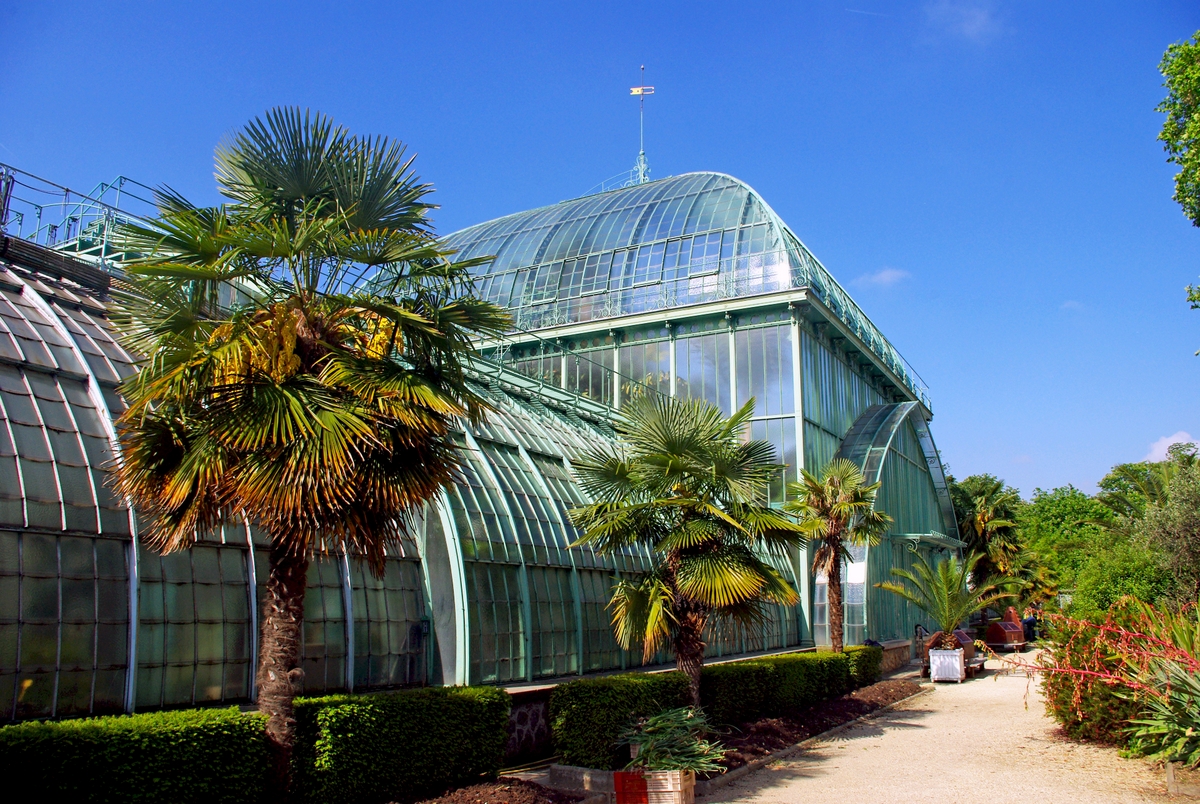
Jardins du Ranelagh (16th arrt)
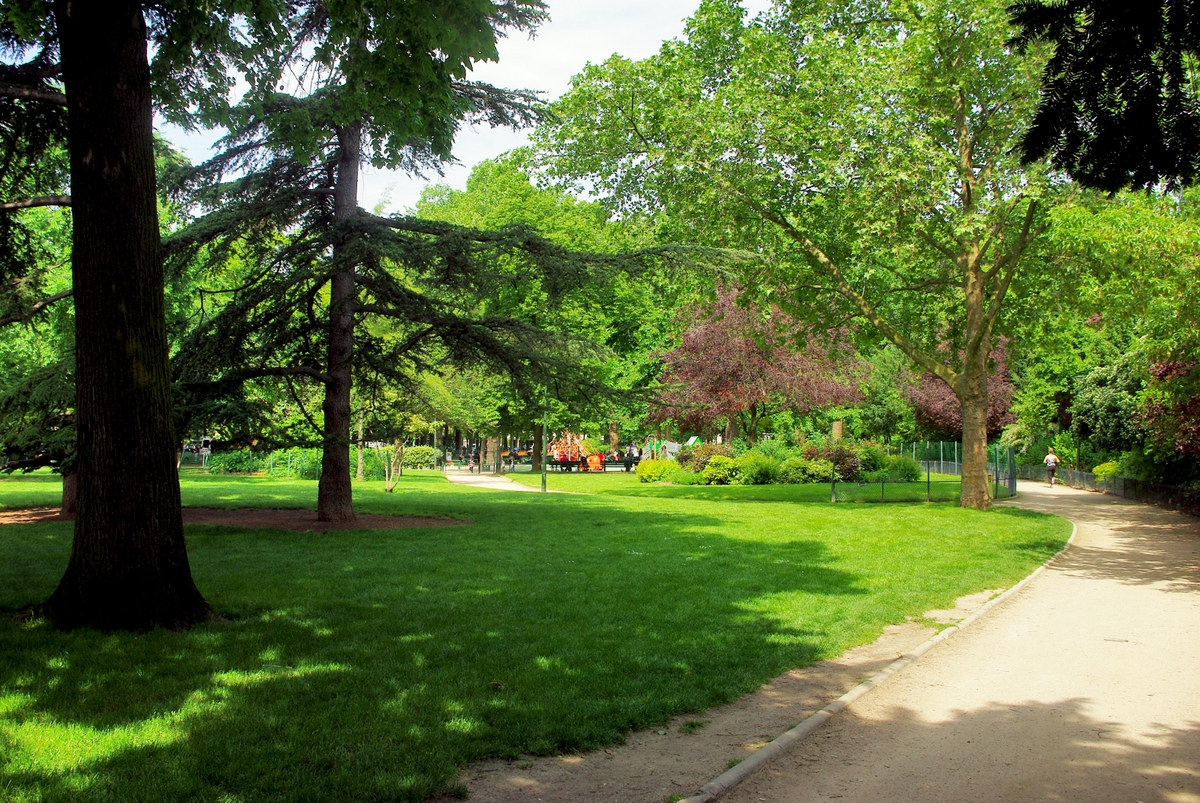
Promenade Péreire (17th arrt)
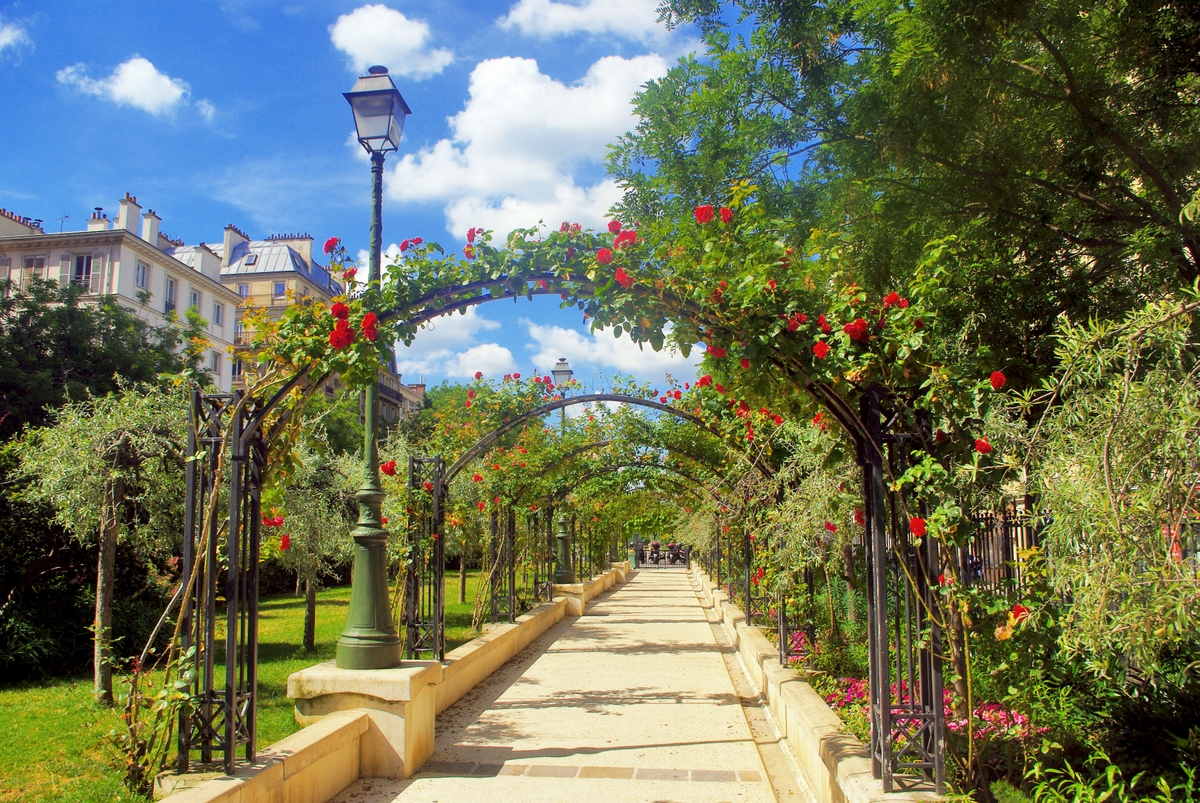
Square des Batignolles (17th arrt)
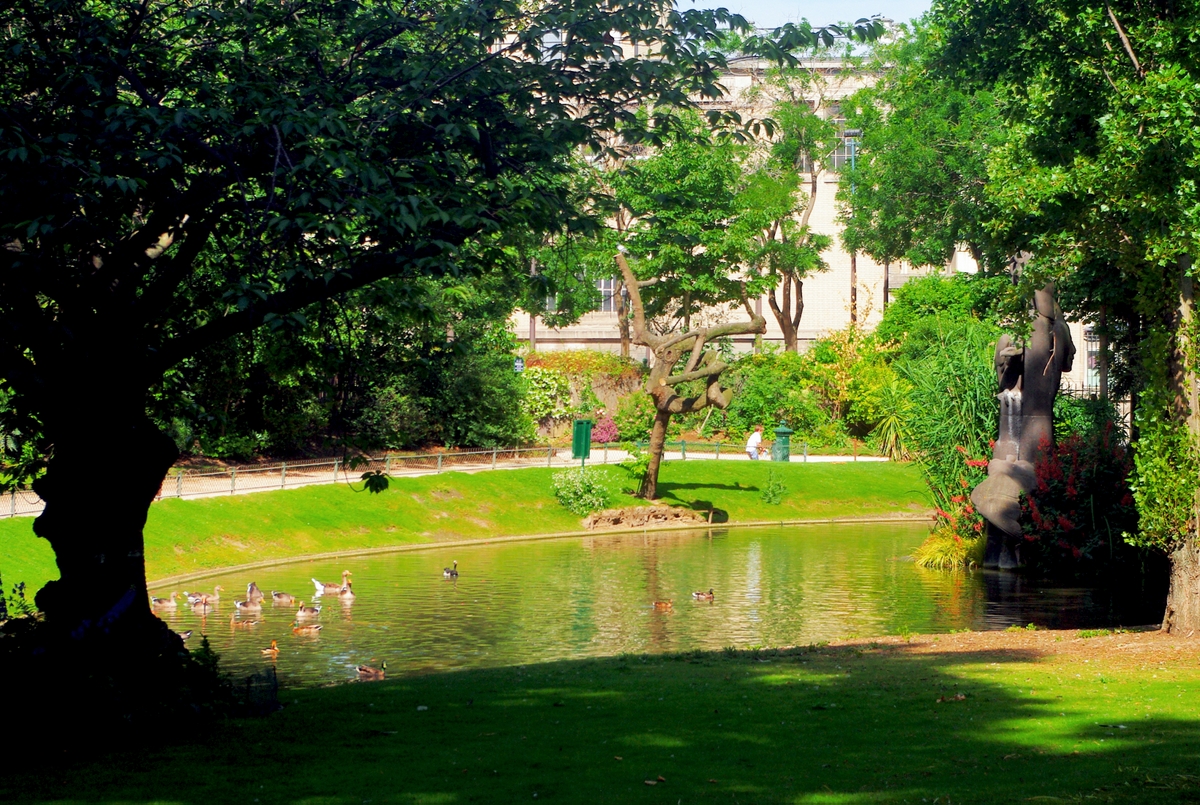
Square Suzanne-Buisson (18th arrt)
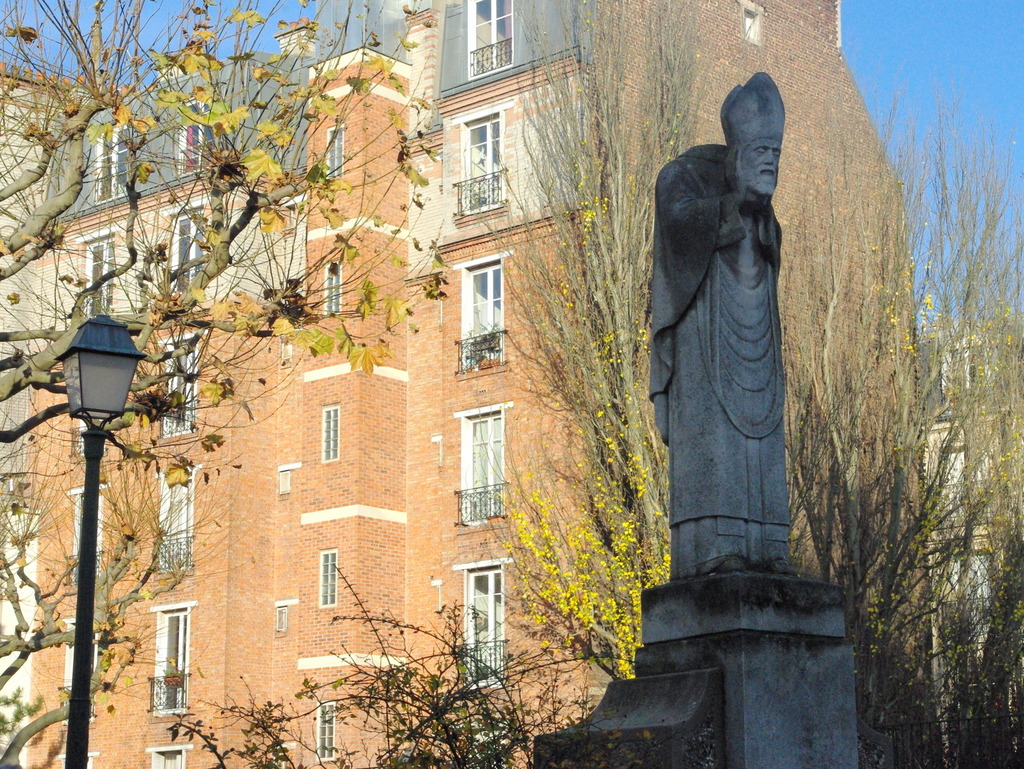
Parc de la Turlure (18th arrt)
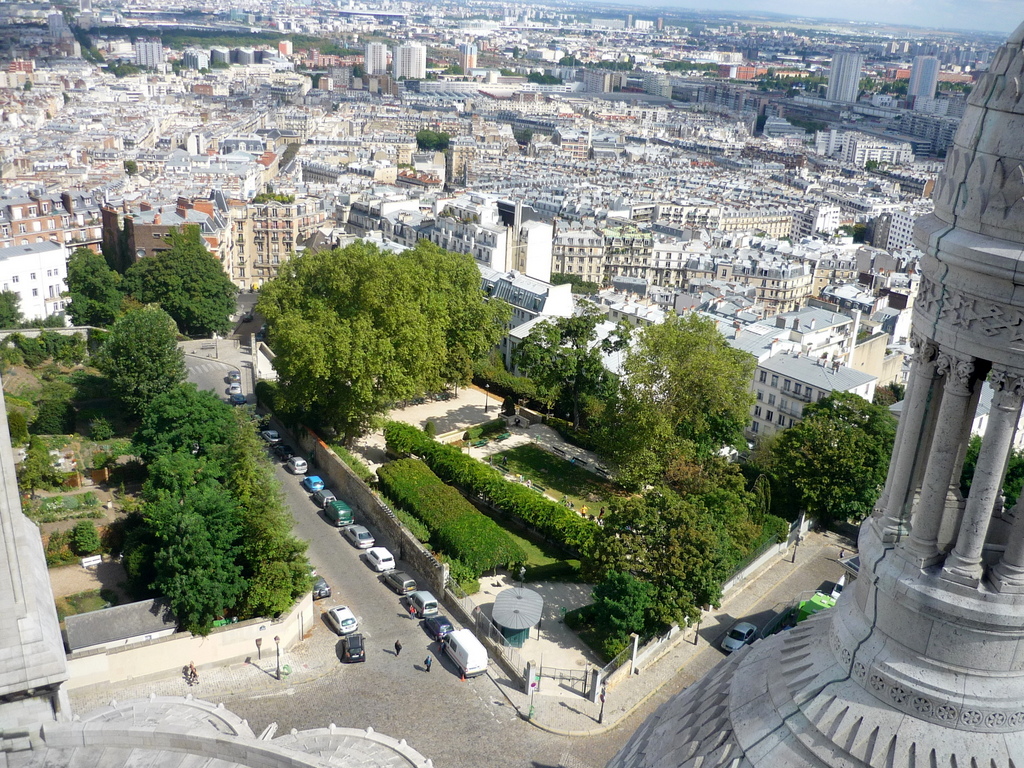
Parc de la Butte du Chapeau Rouge (19th arrt)
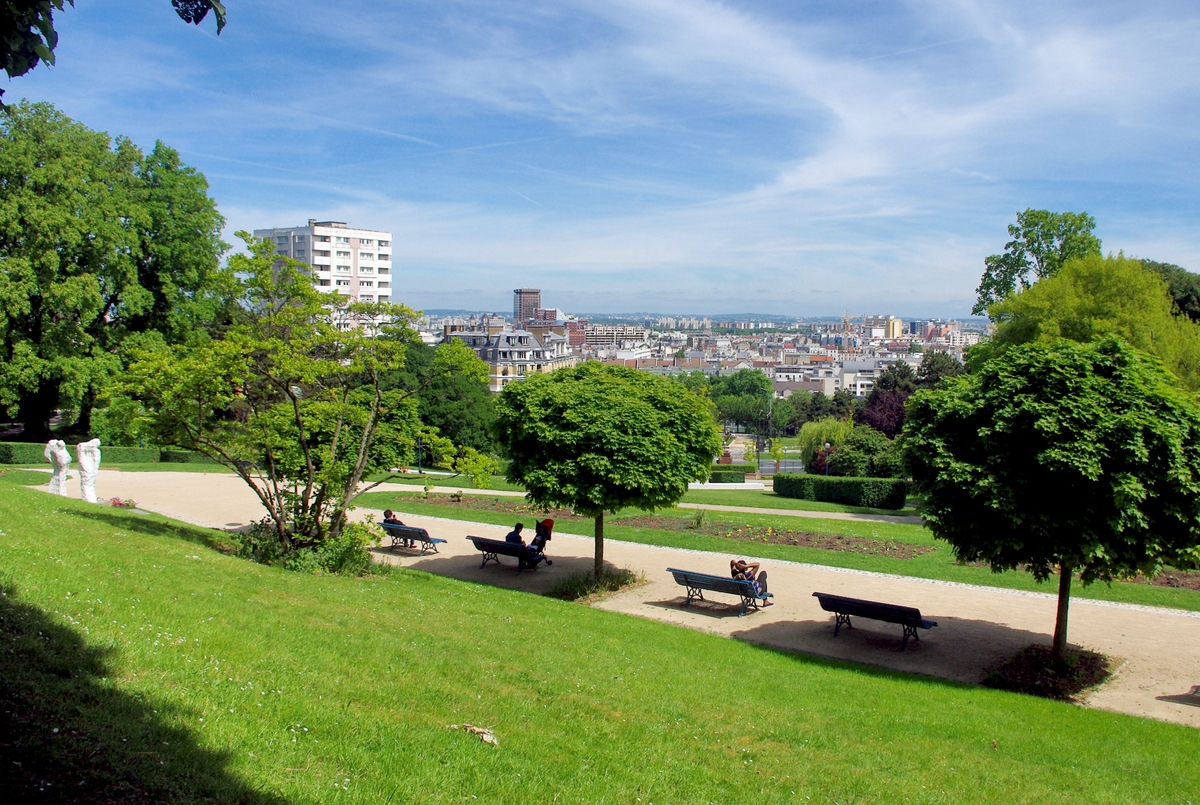
Parks and Gardens of Paris: English-French Vocabulary
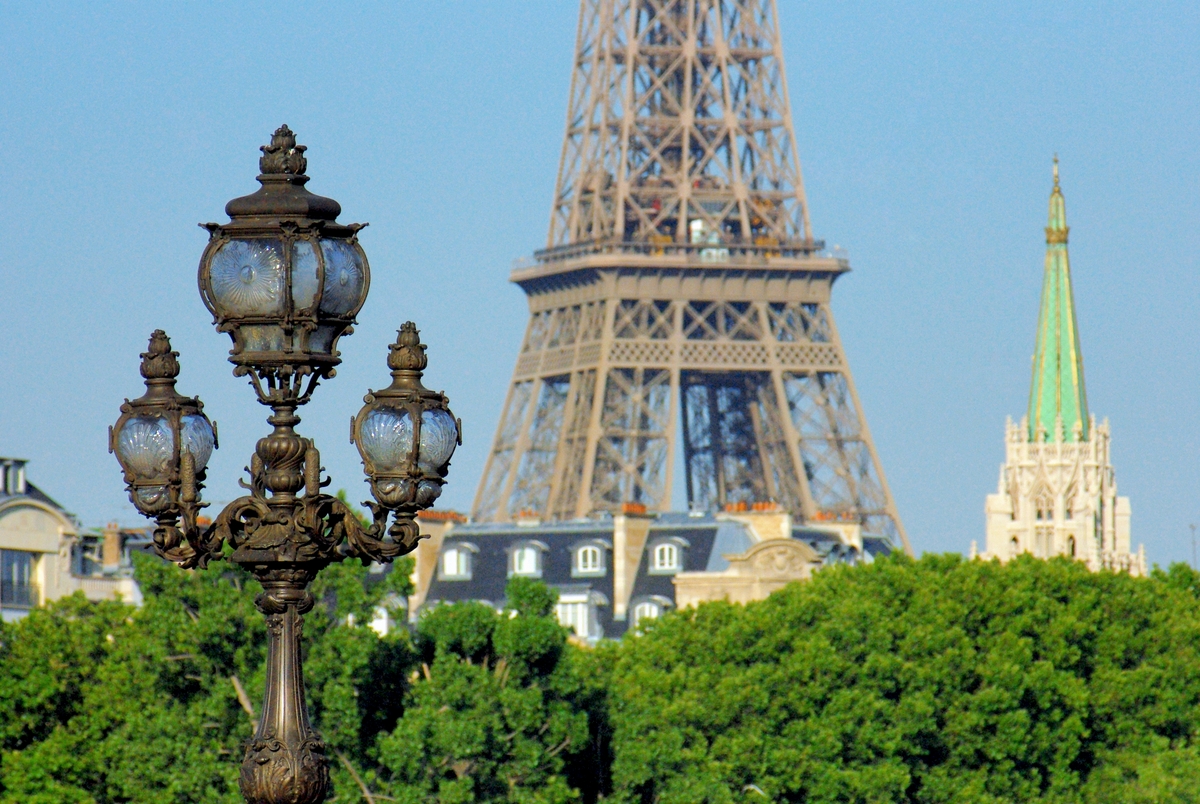
(f) for féminin, (m) for masculin, (adj) for adjective and (v) for verbs

Pin it for later
Did you enjoy discovering the parks and gardens of Paris? Here’s a pin for Pinterest:
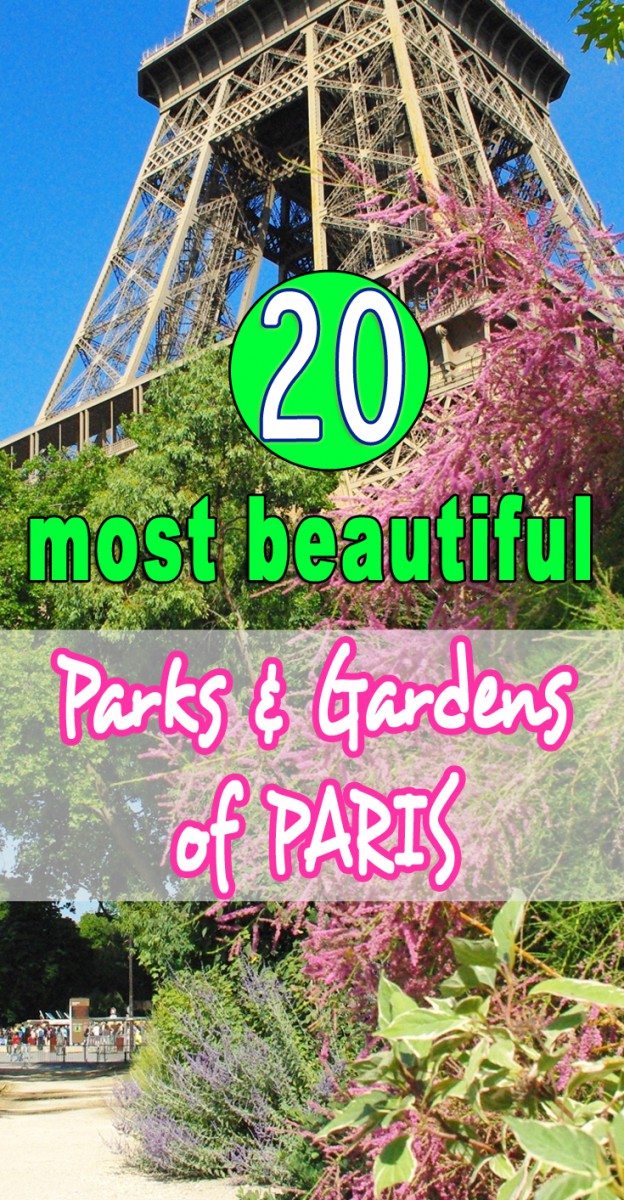

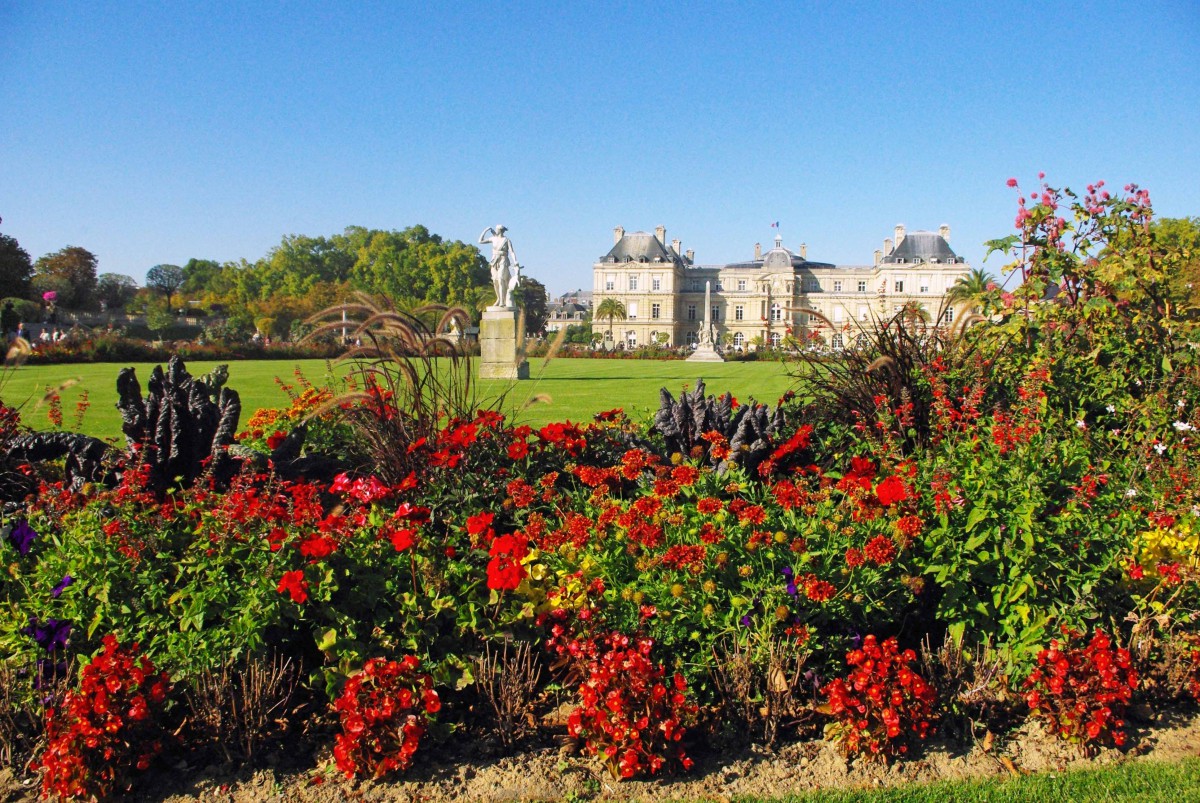


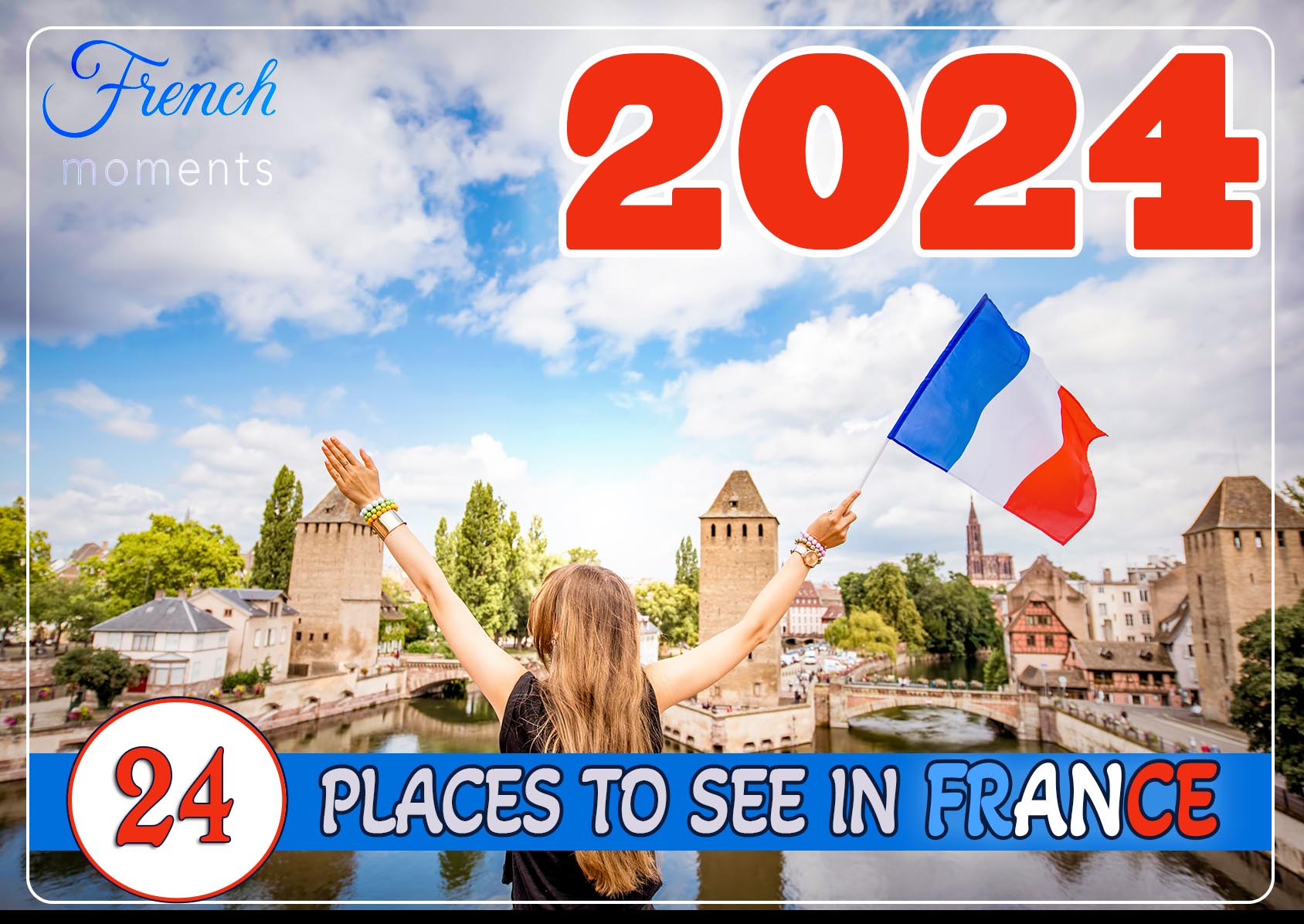
Merci pour ce site que j’aime beaucoup. Est-ce qu’il existe en français ?
Merci beaucoup, c’est très gentil de votre part de nous le dire ! Oui nous avons un autre site tout en français mais avec moins d’articles : http://www.frenchmomentsblog.com
A très bientôt et bonne journée. Pierre
Nice I saw an article with some other parks too. It’s so nice that Paris is full of them. http://www.aperturetours.com/blog/2016/4/16/top-10-spring-parks-in-paris
Thank you for the tip! I’m looking on writing an article with photos of Paris’ main parks. Have done them all except for Parc de la Villette !
This is absolutely marvelous. THank you so much.
You’re welcome!! 🙂